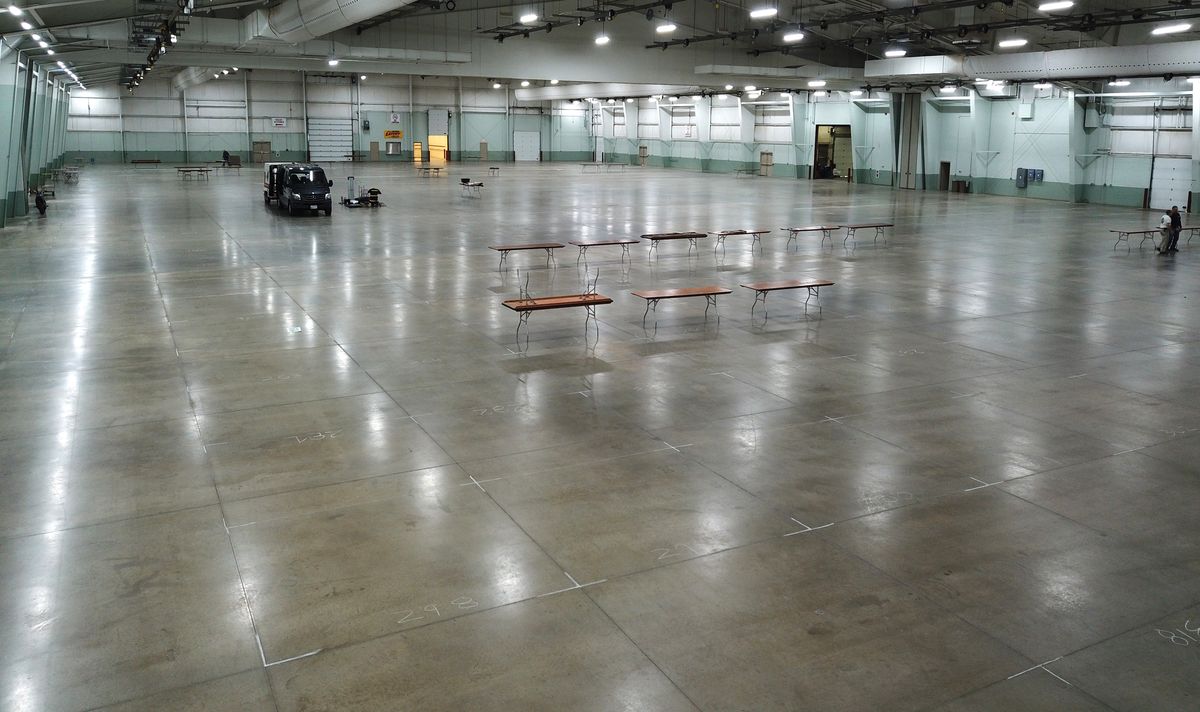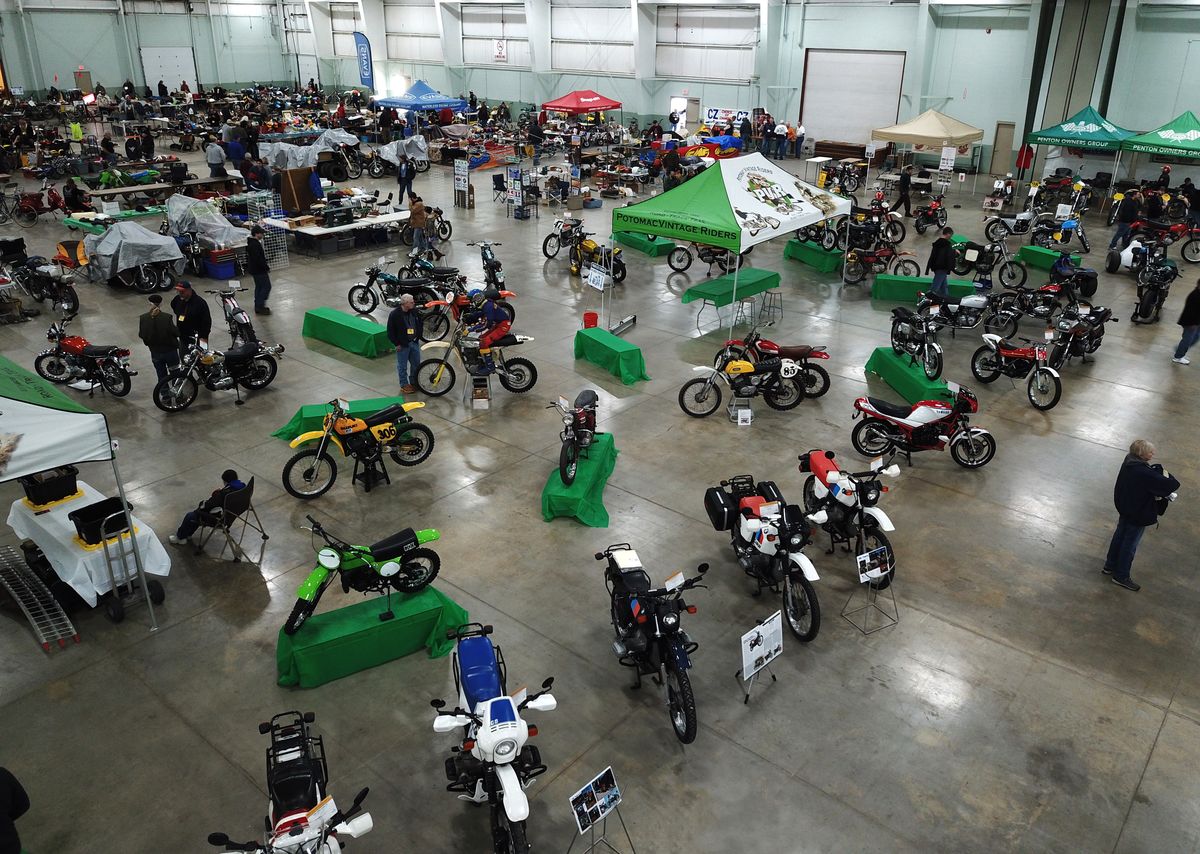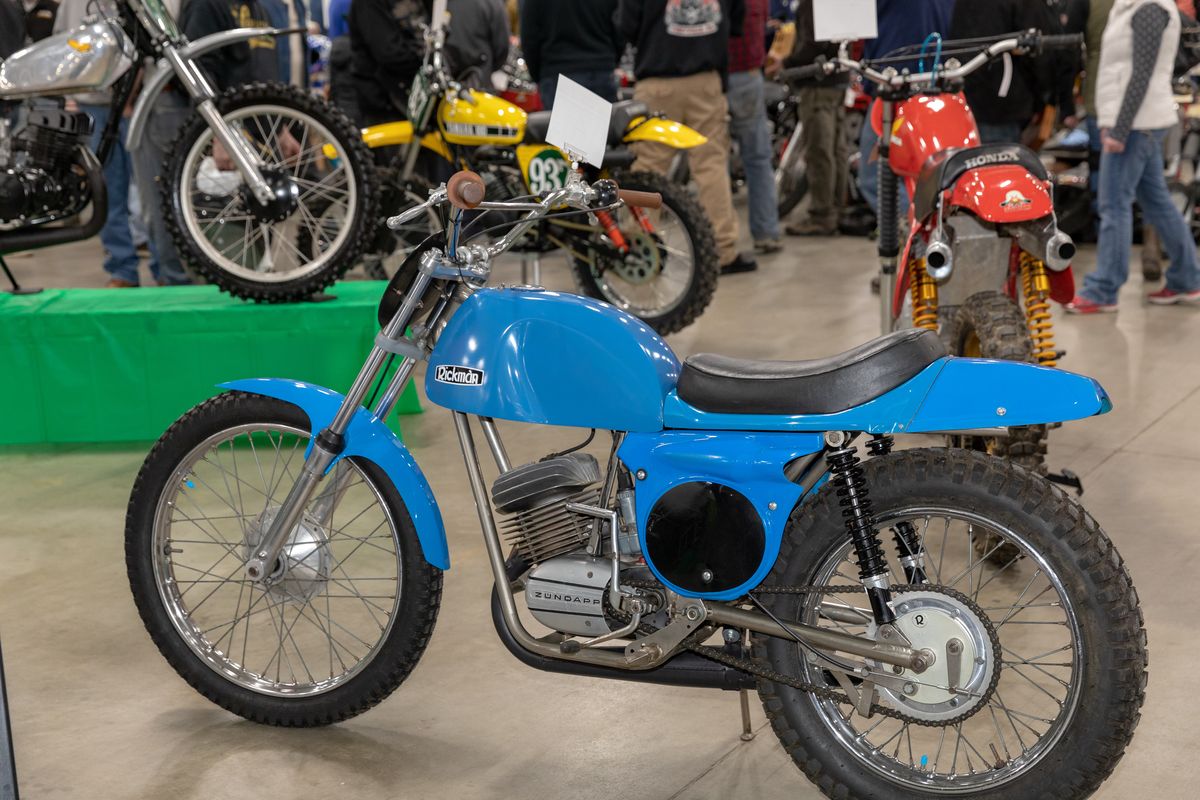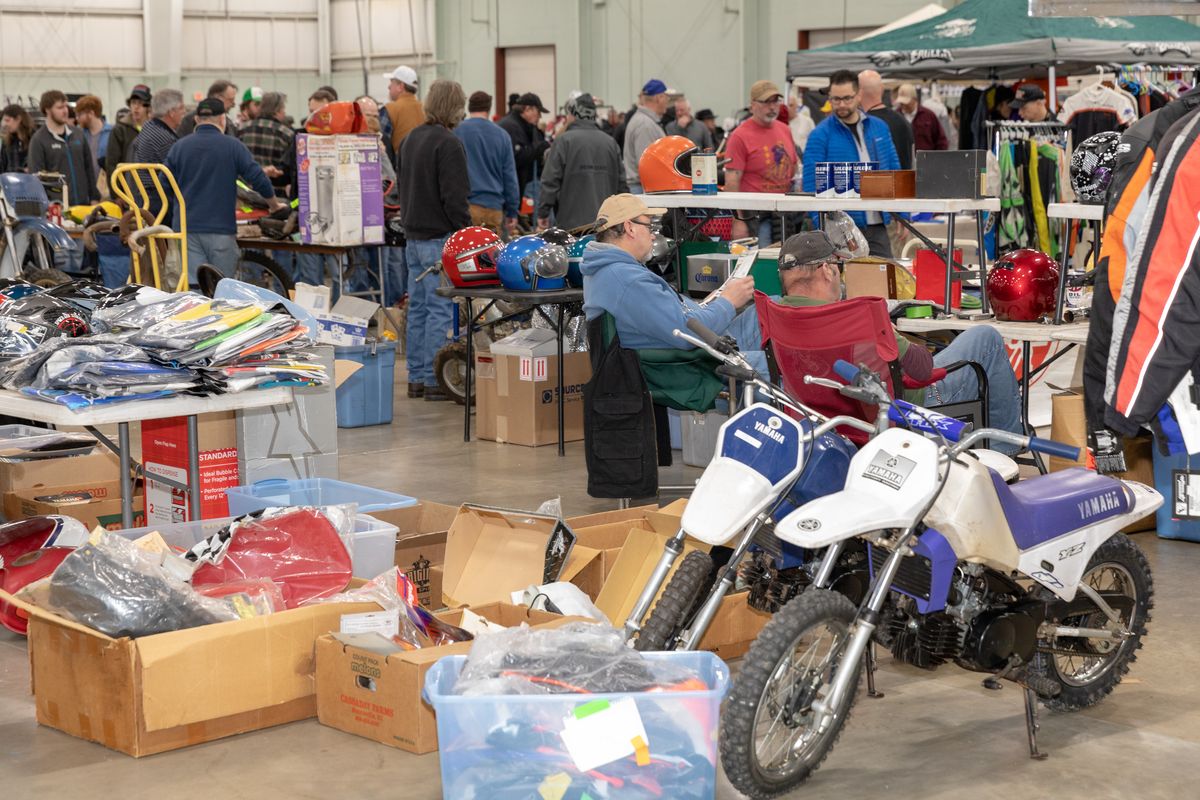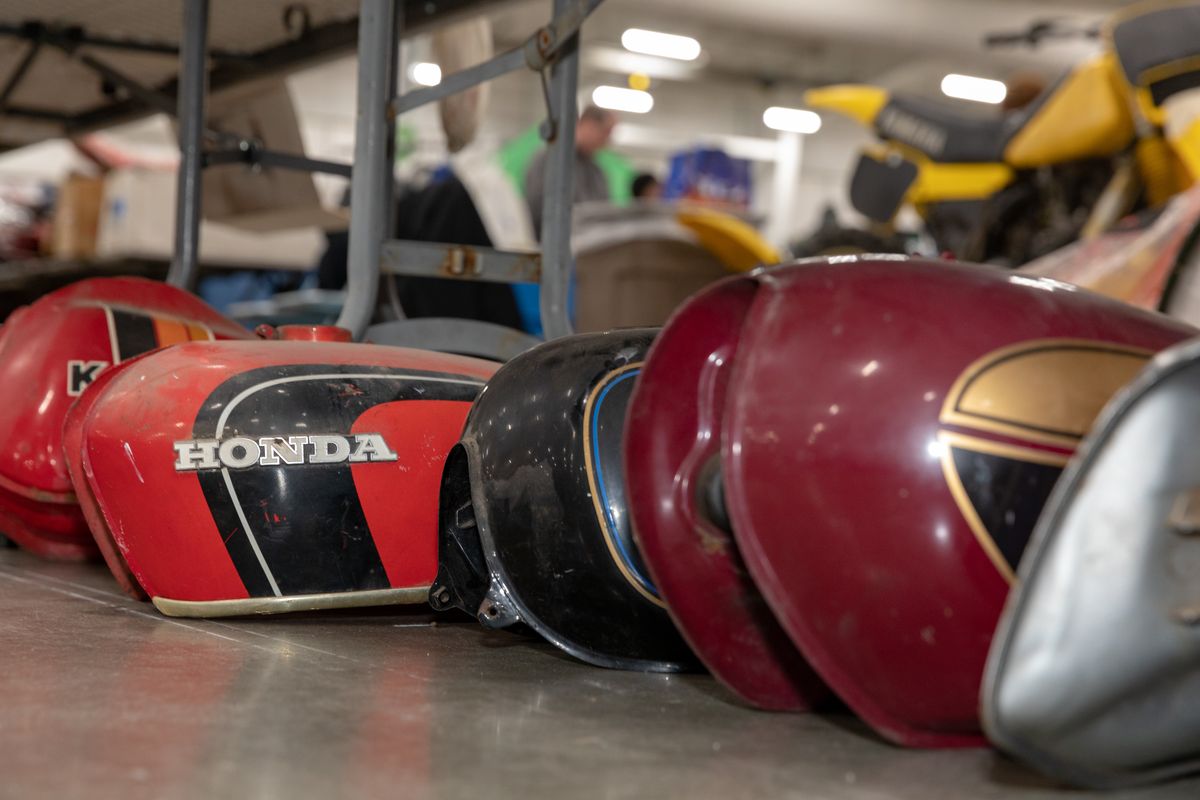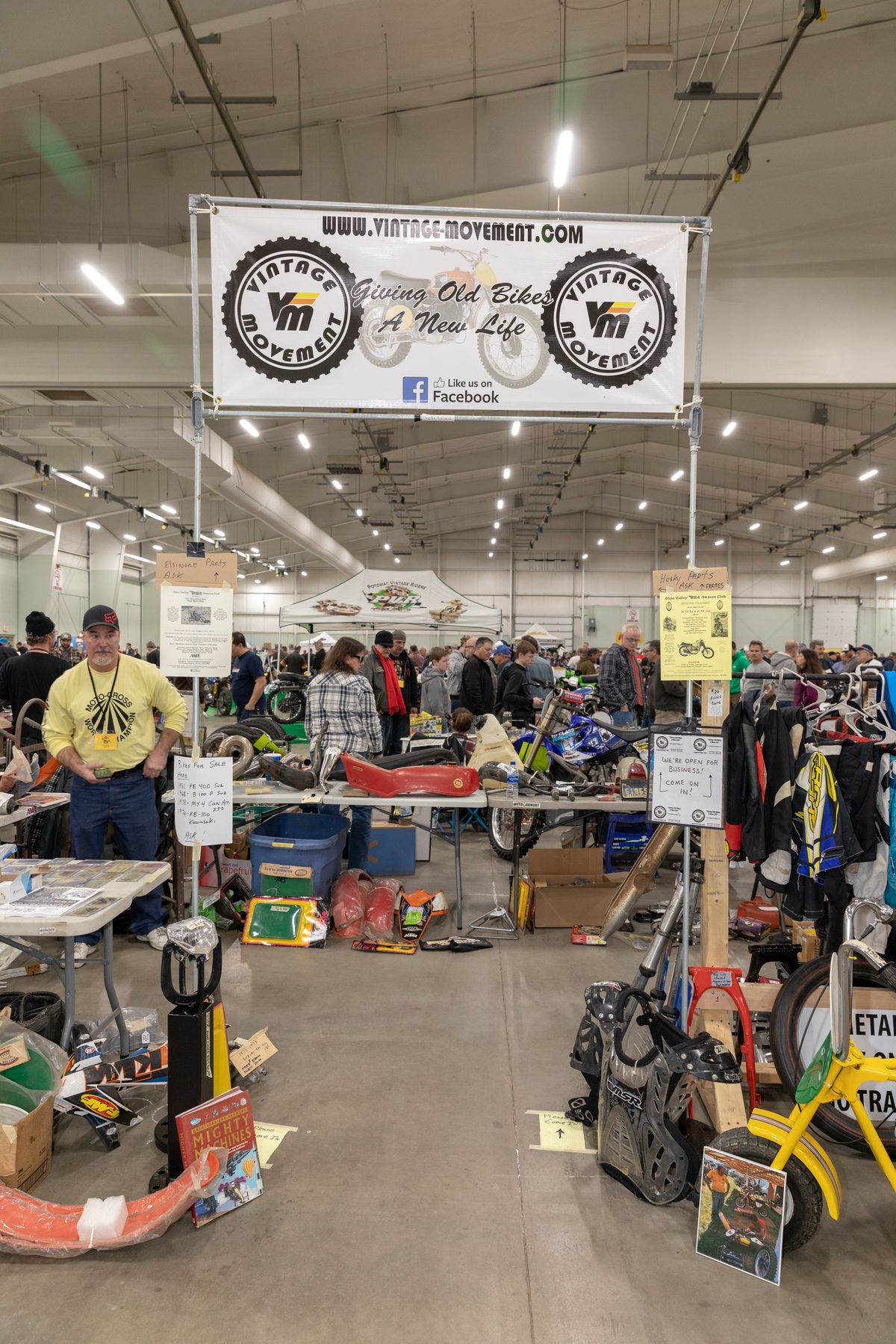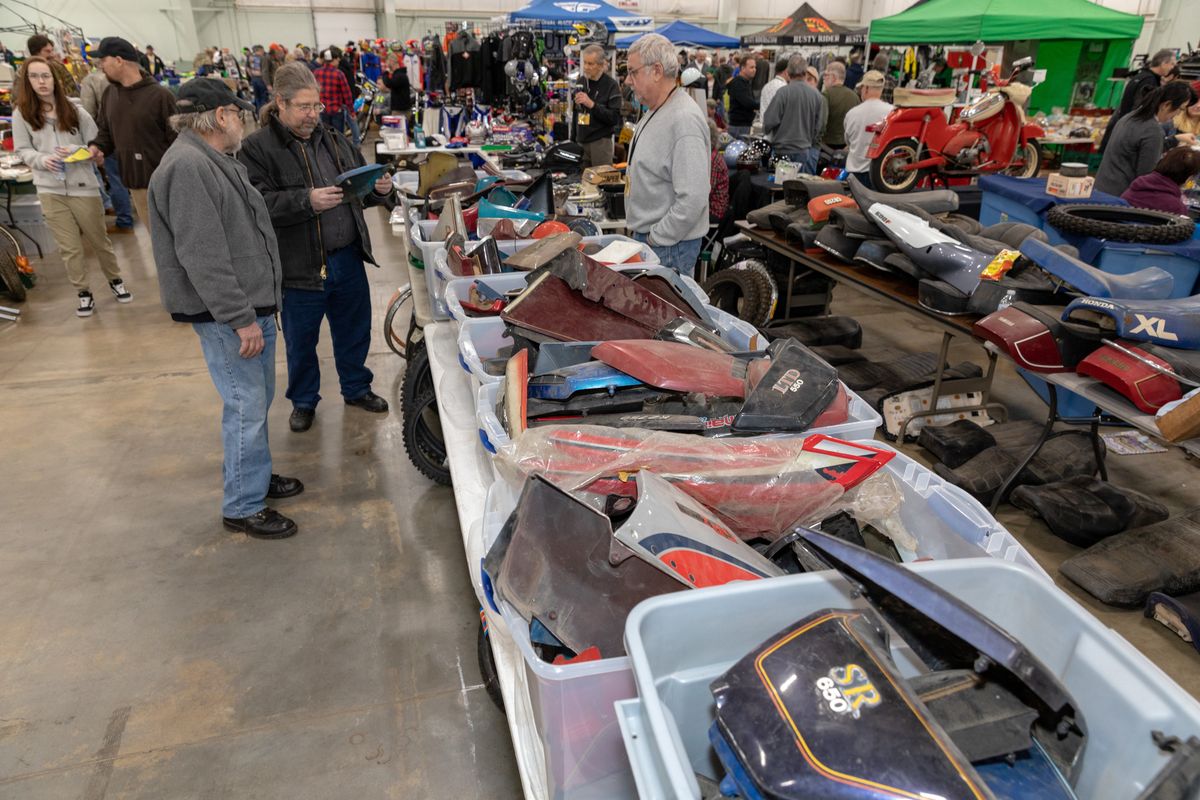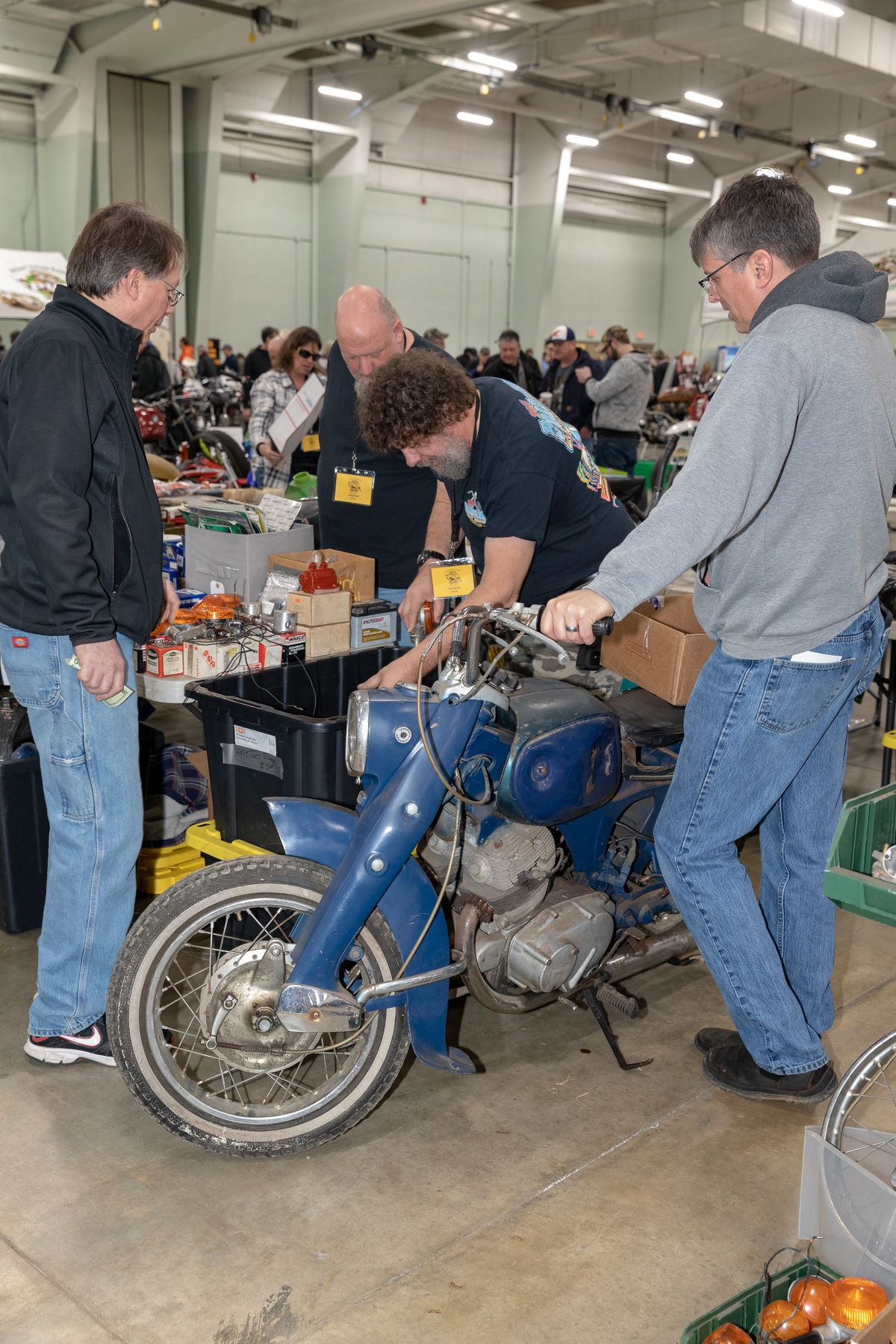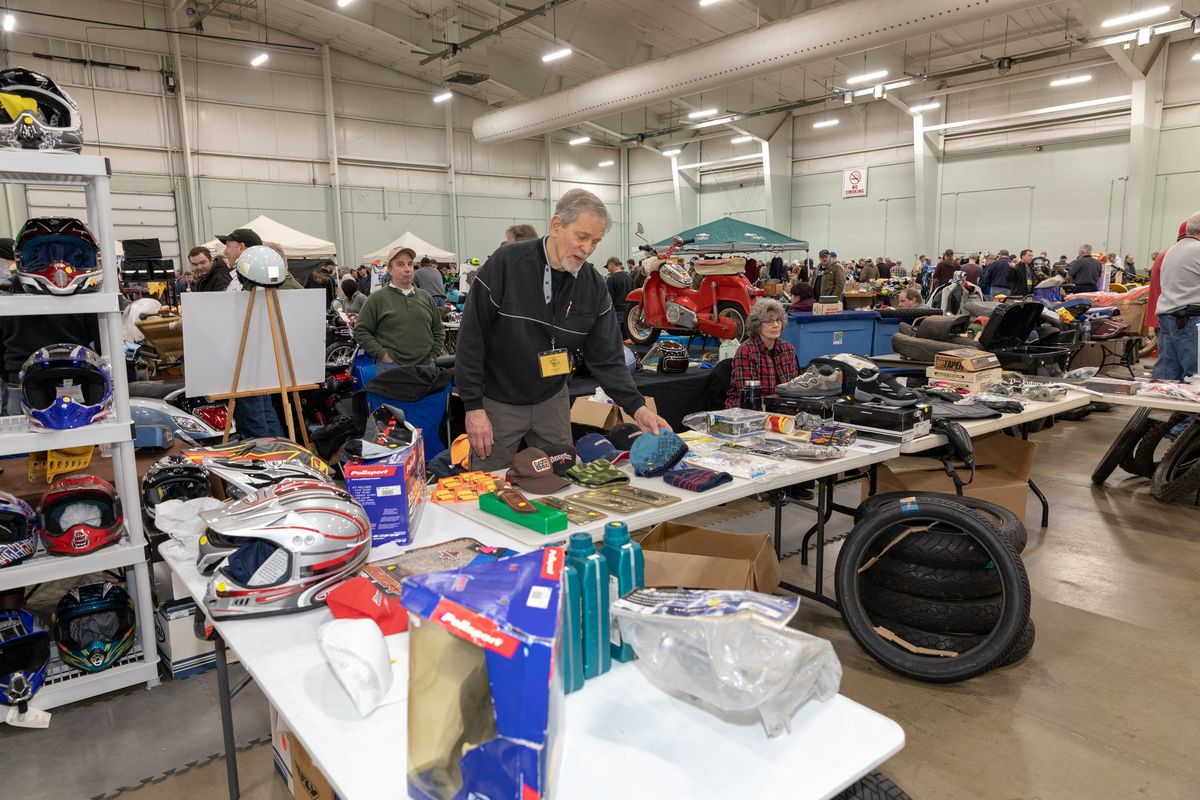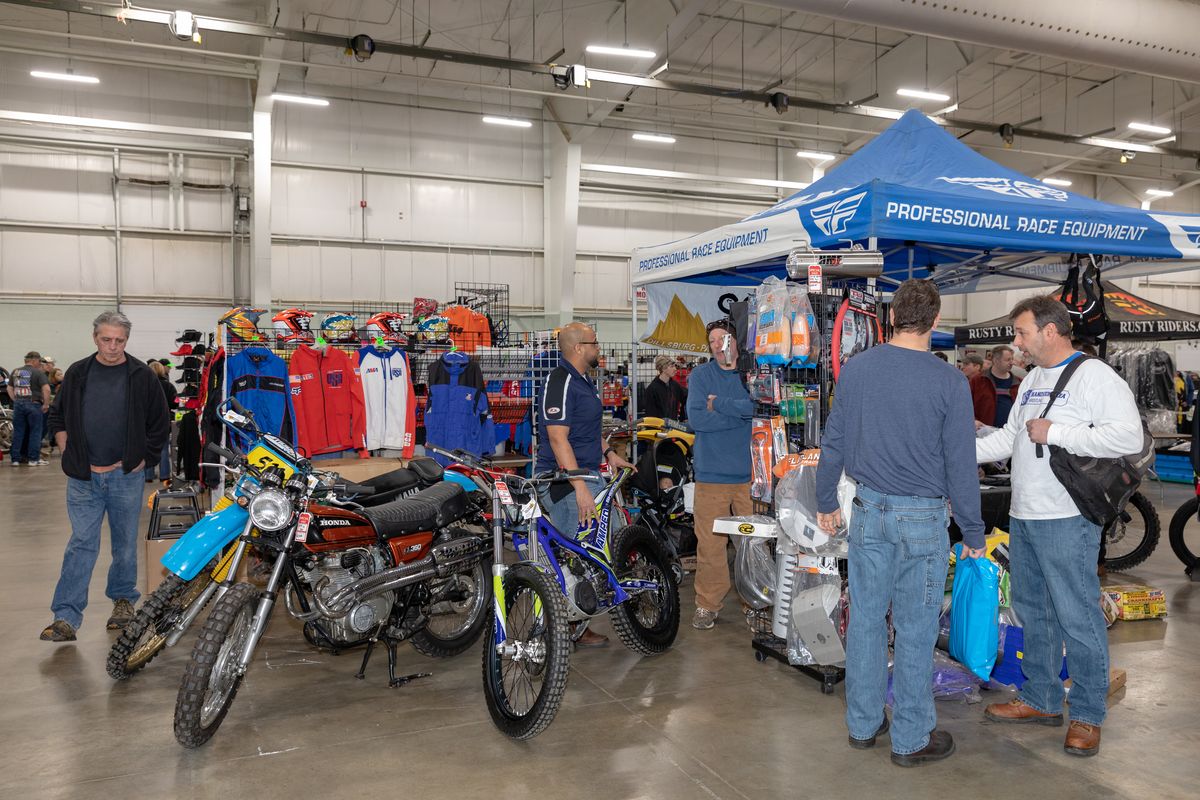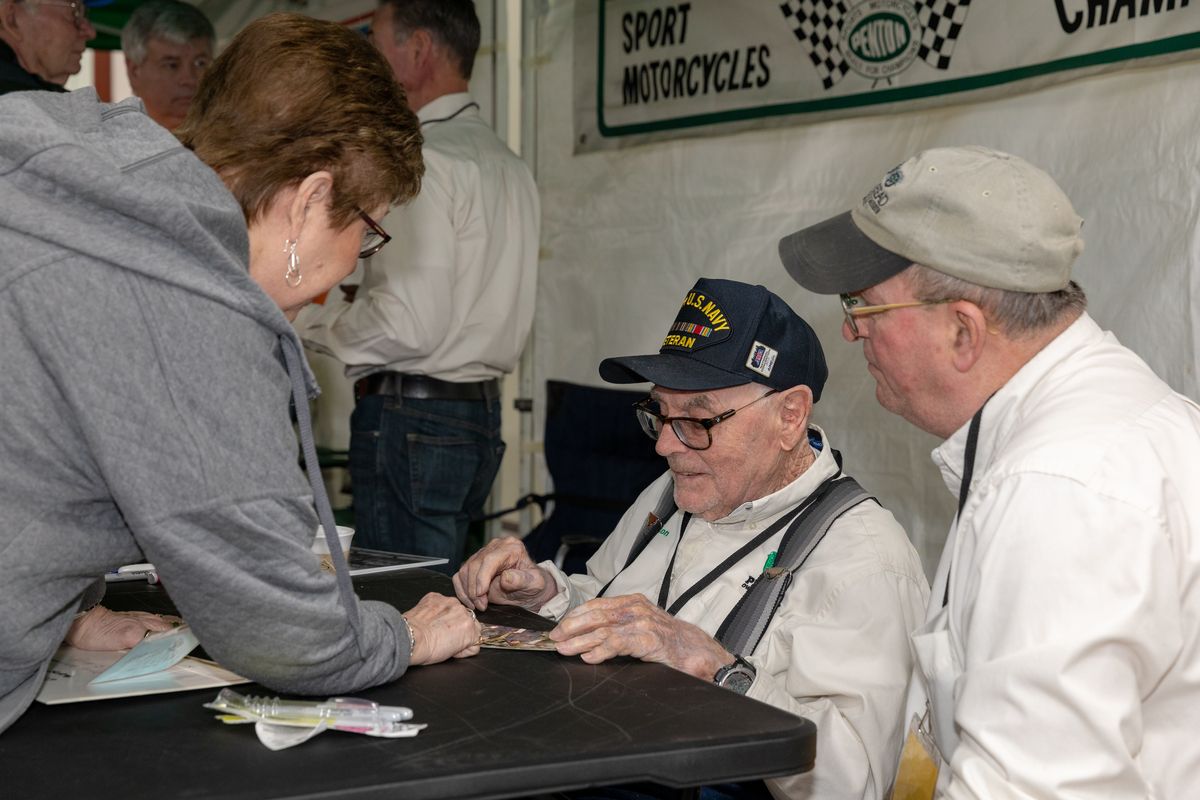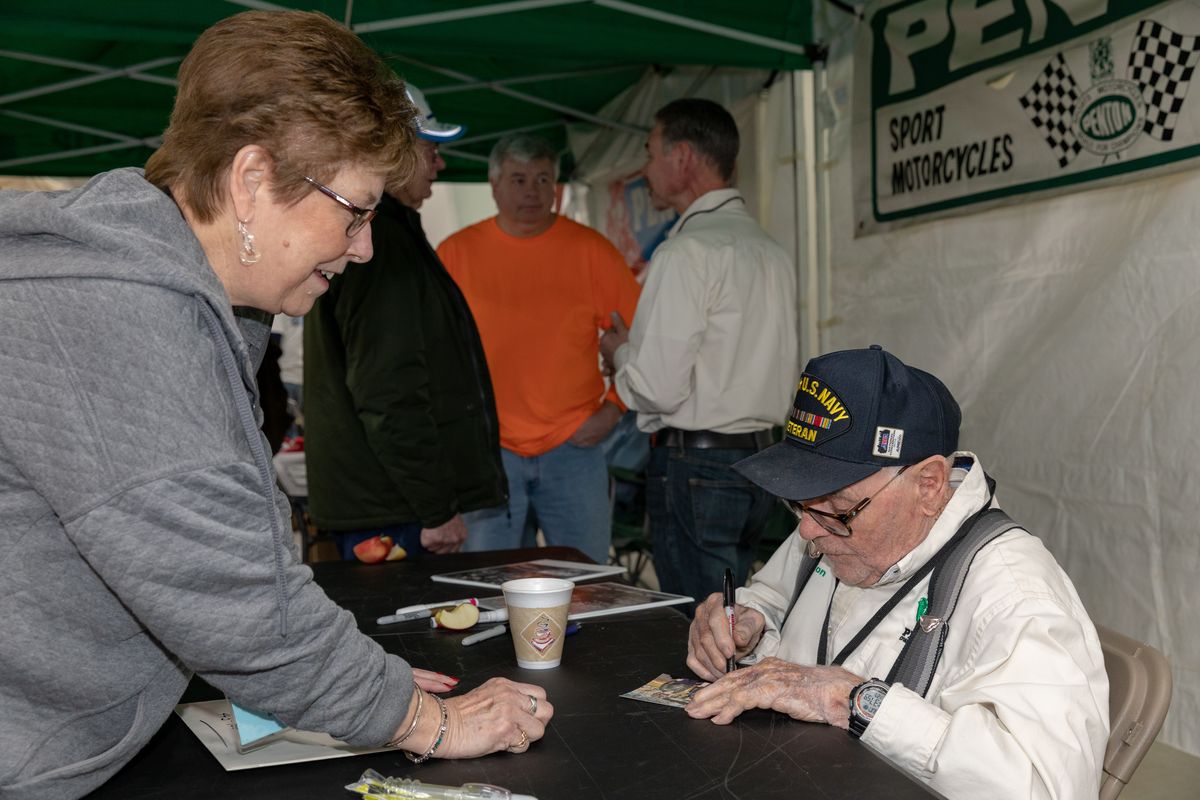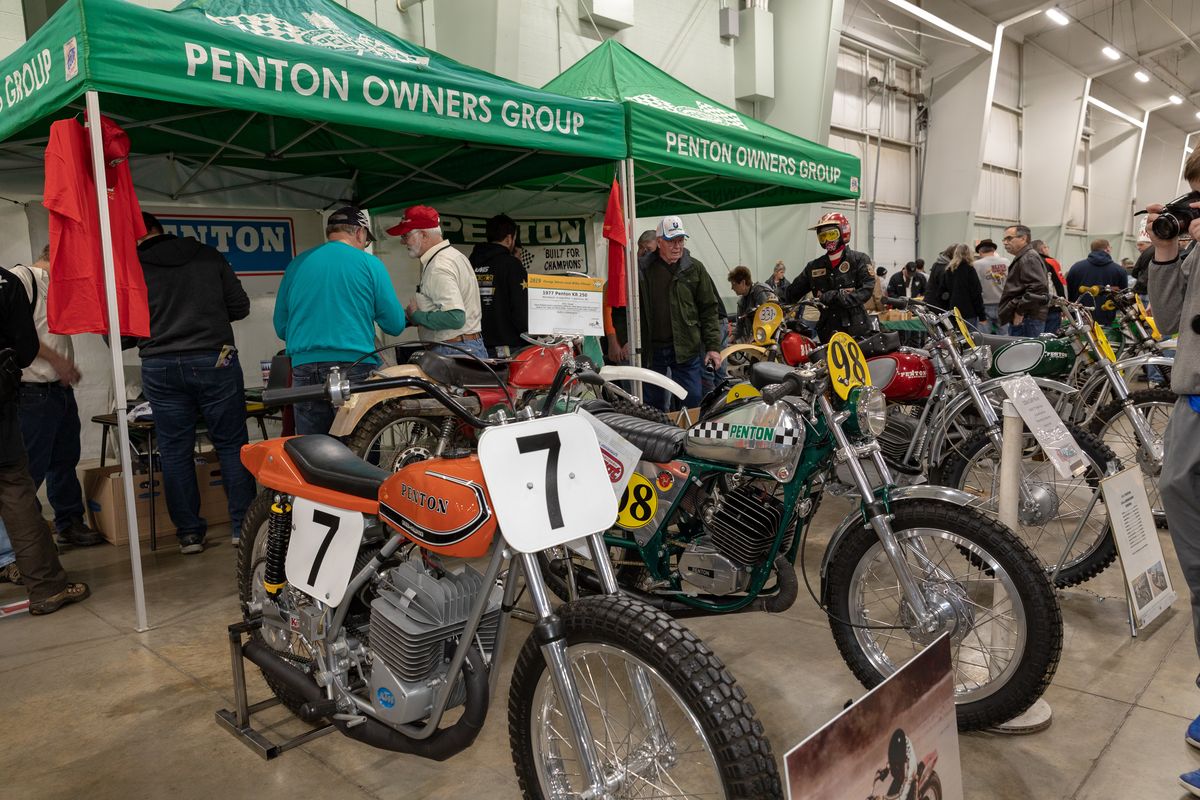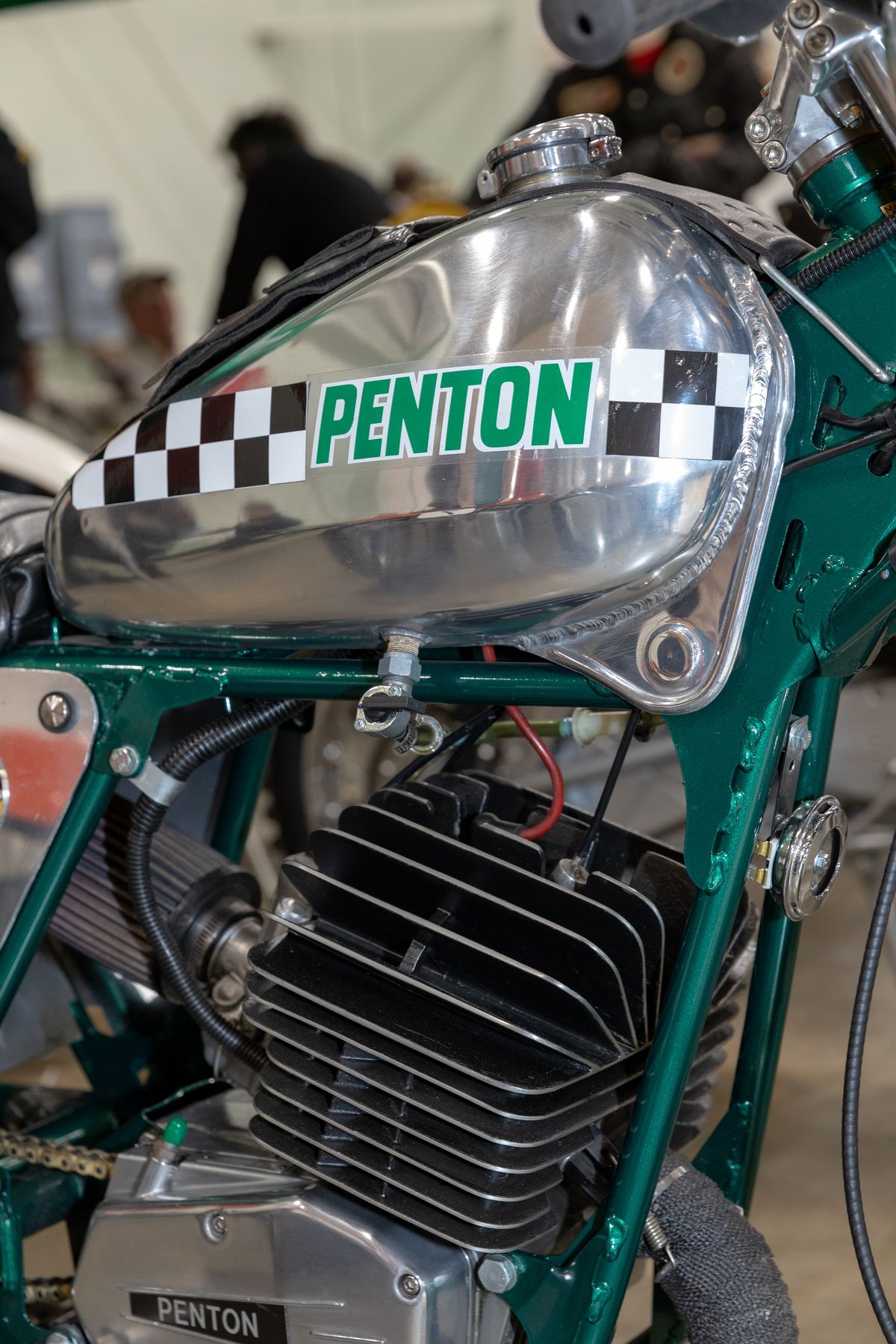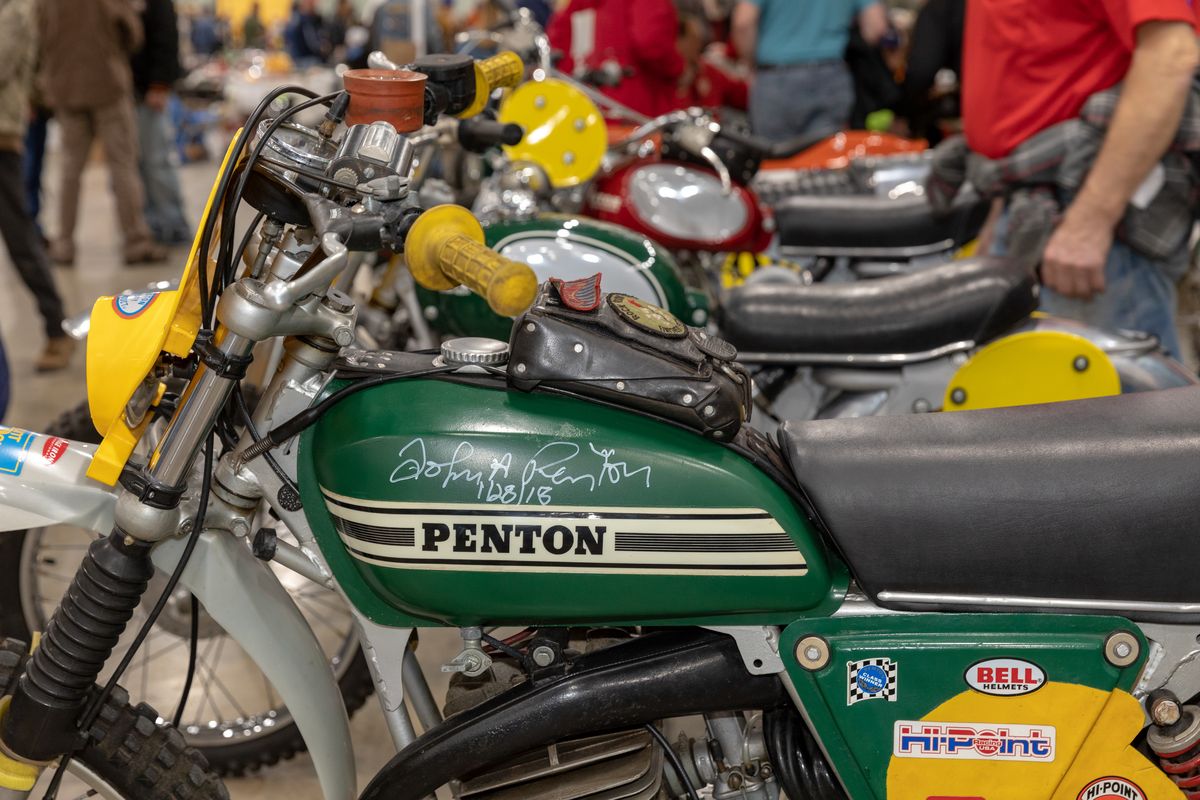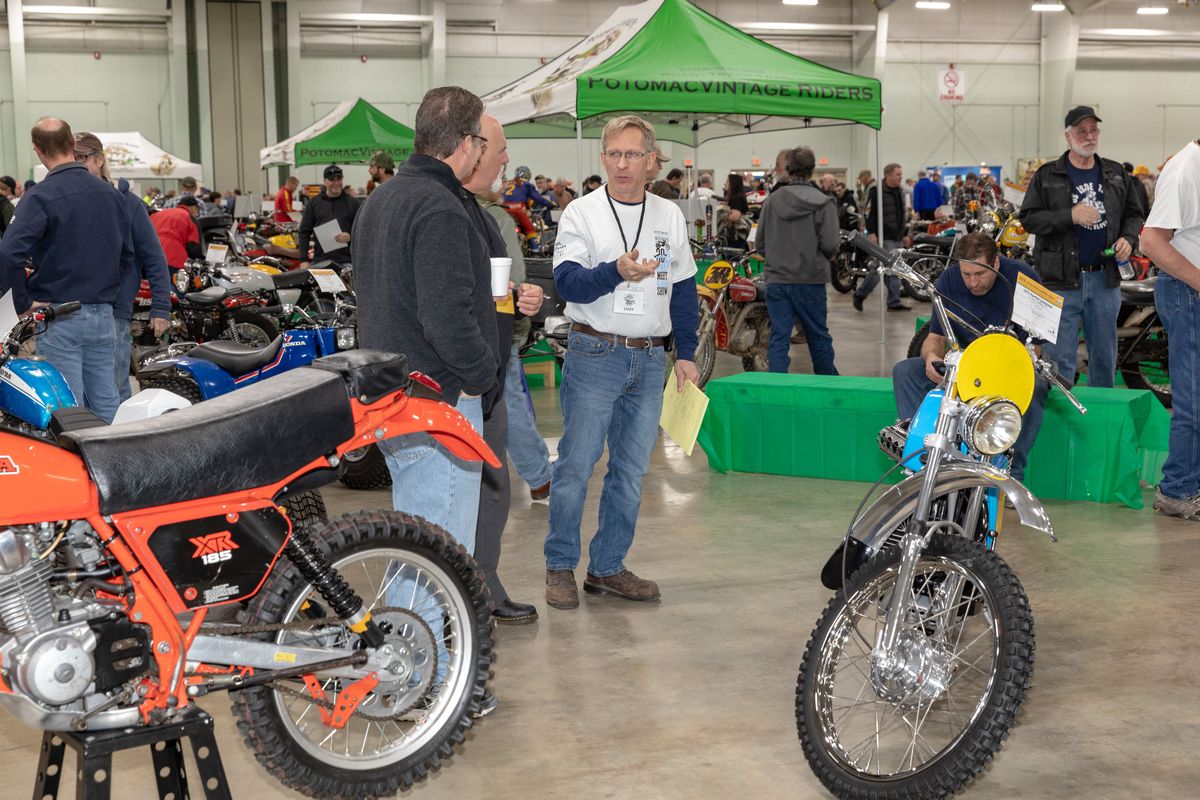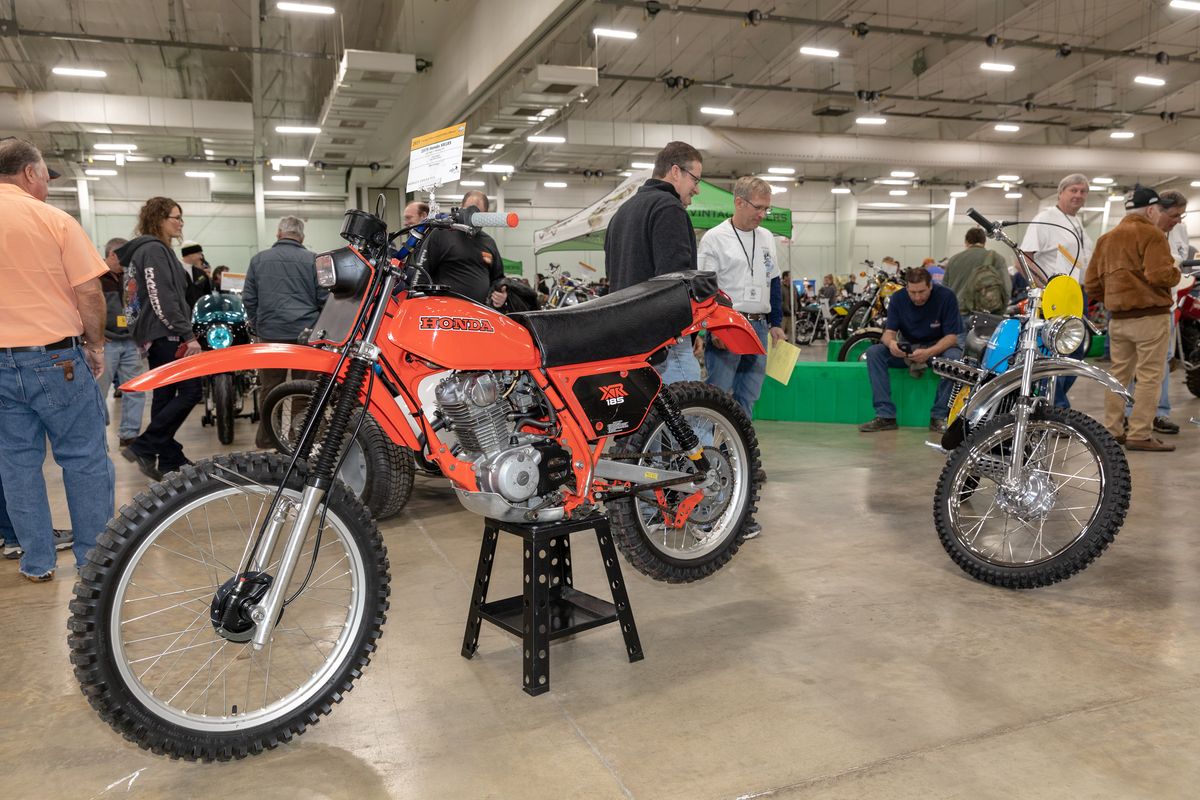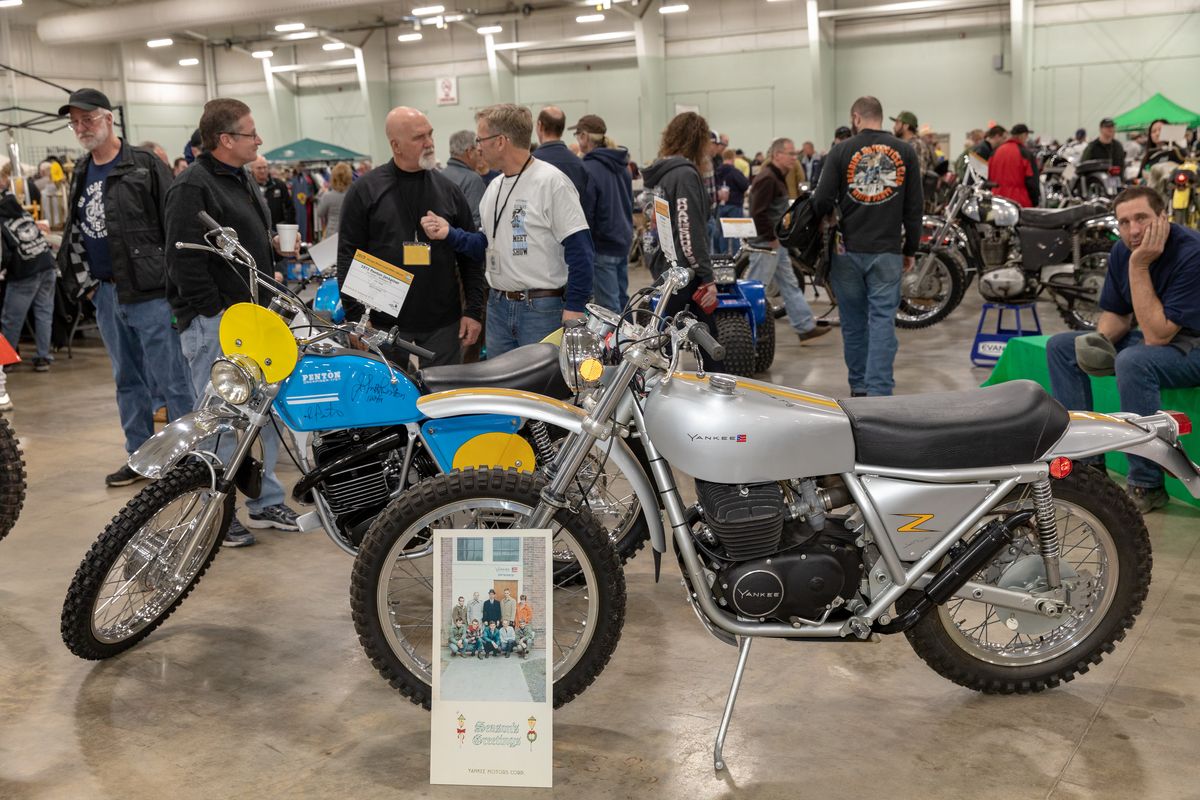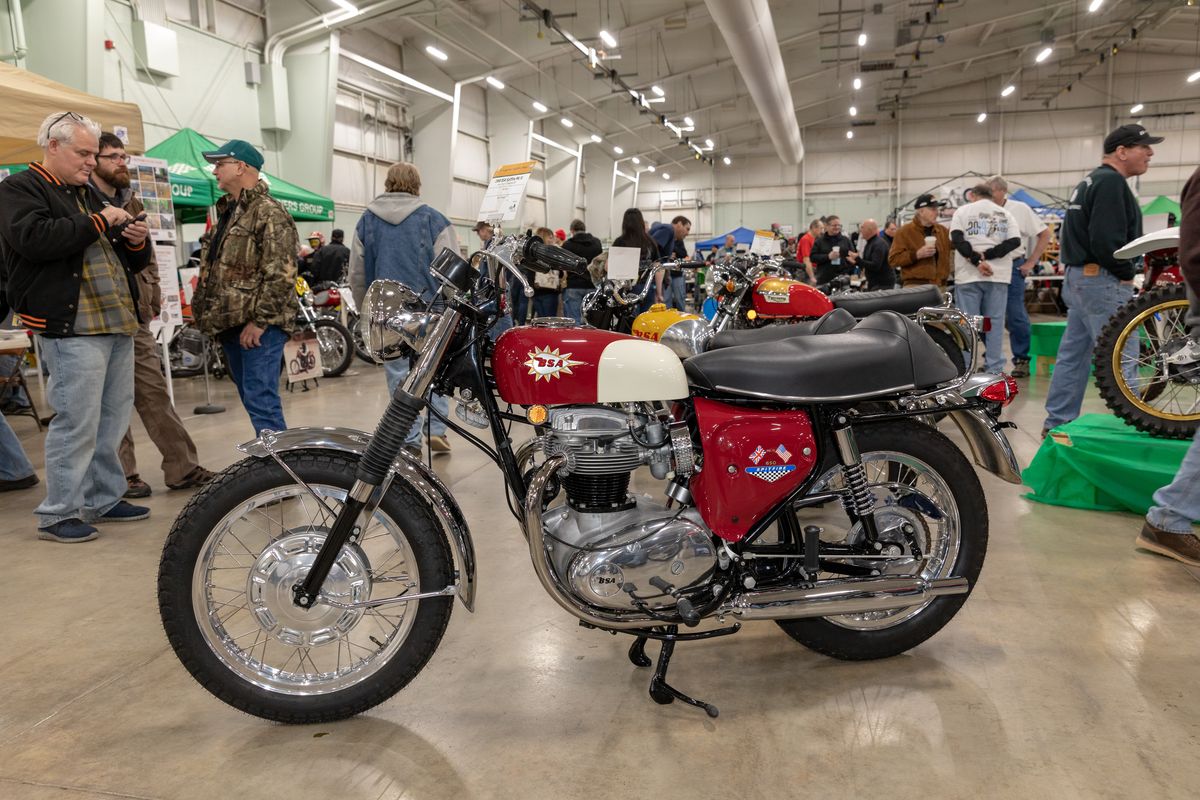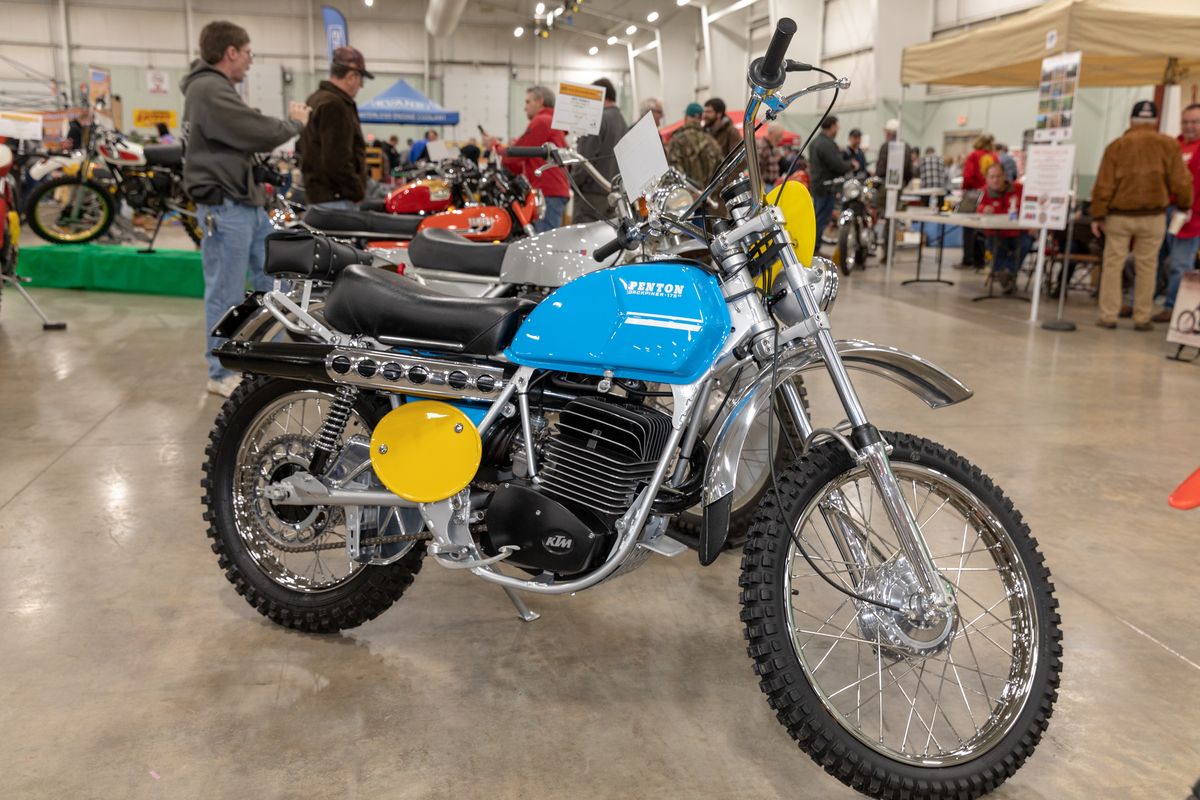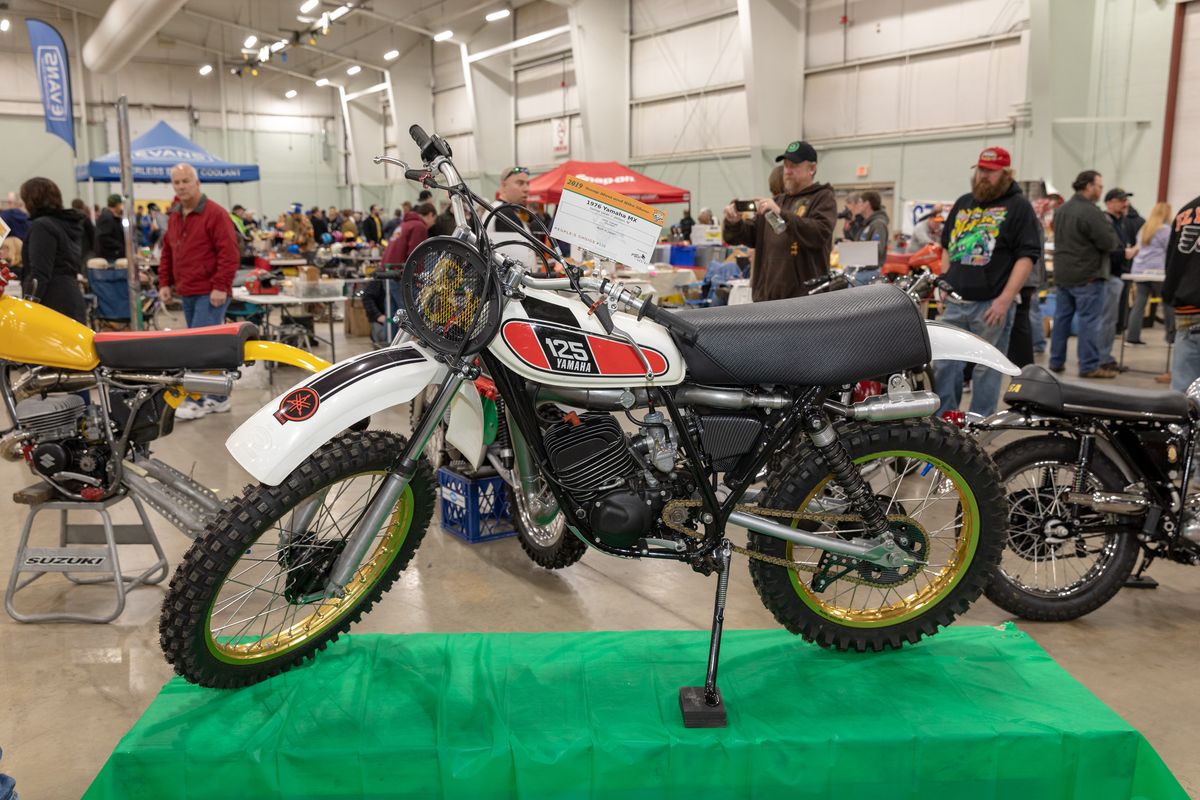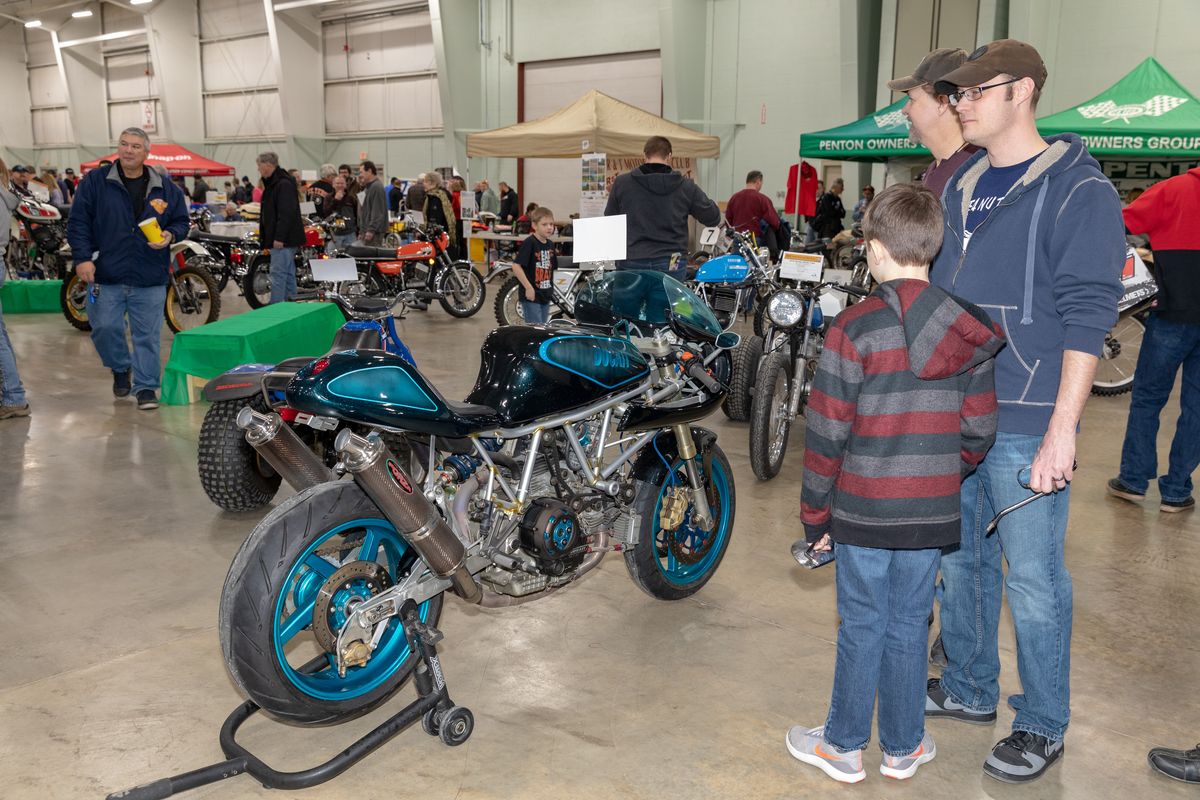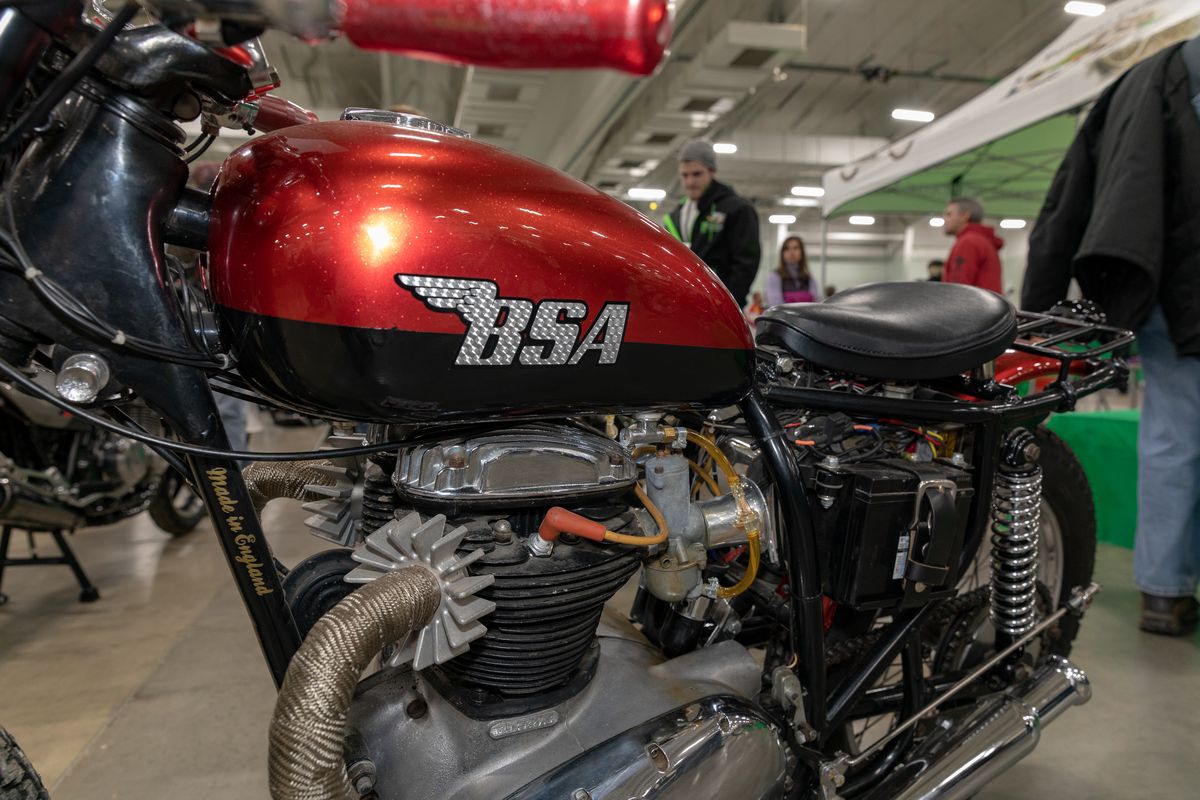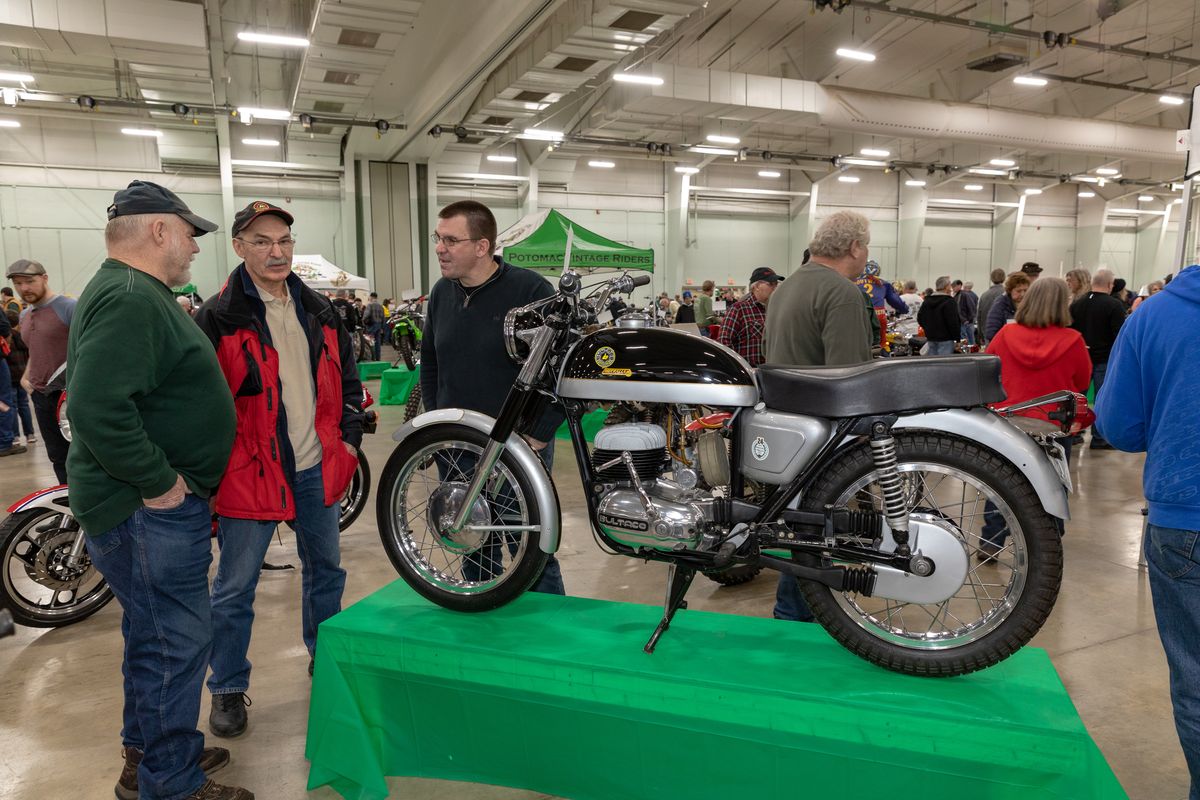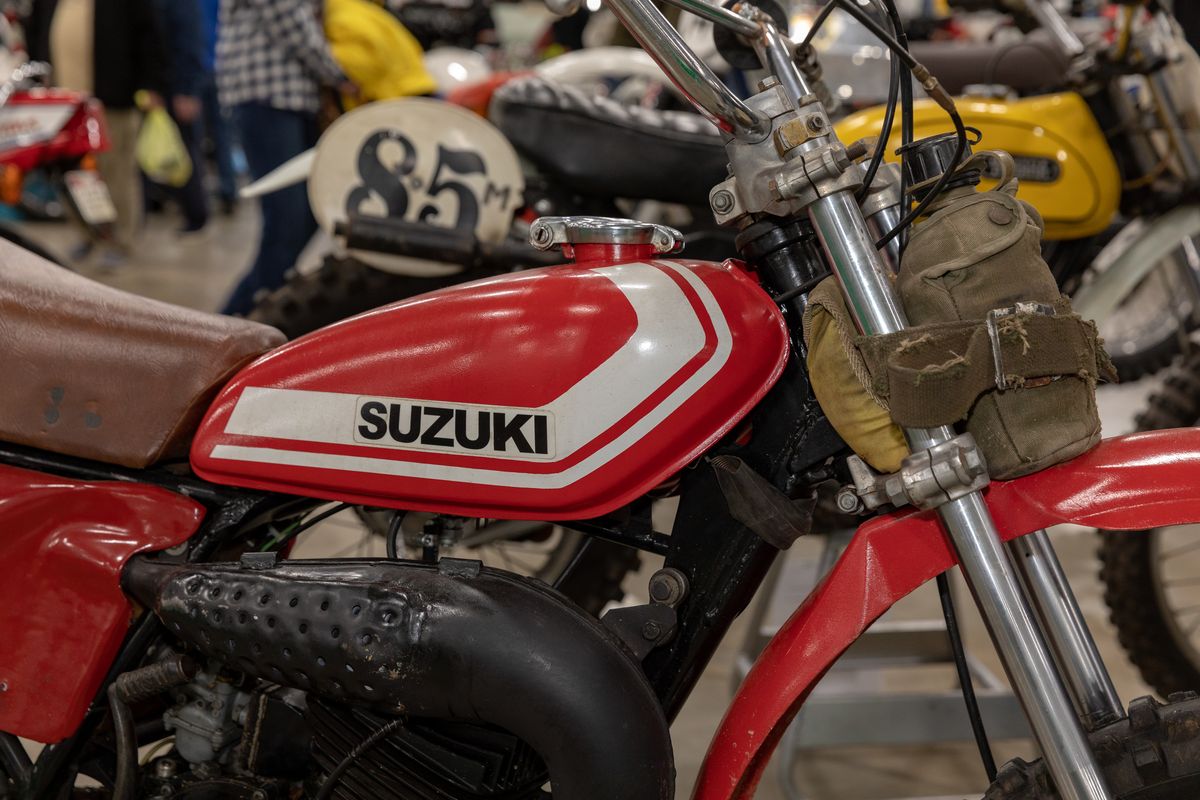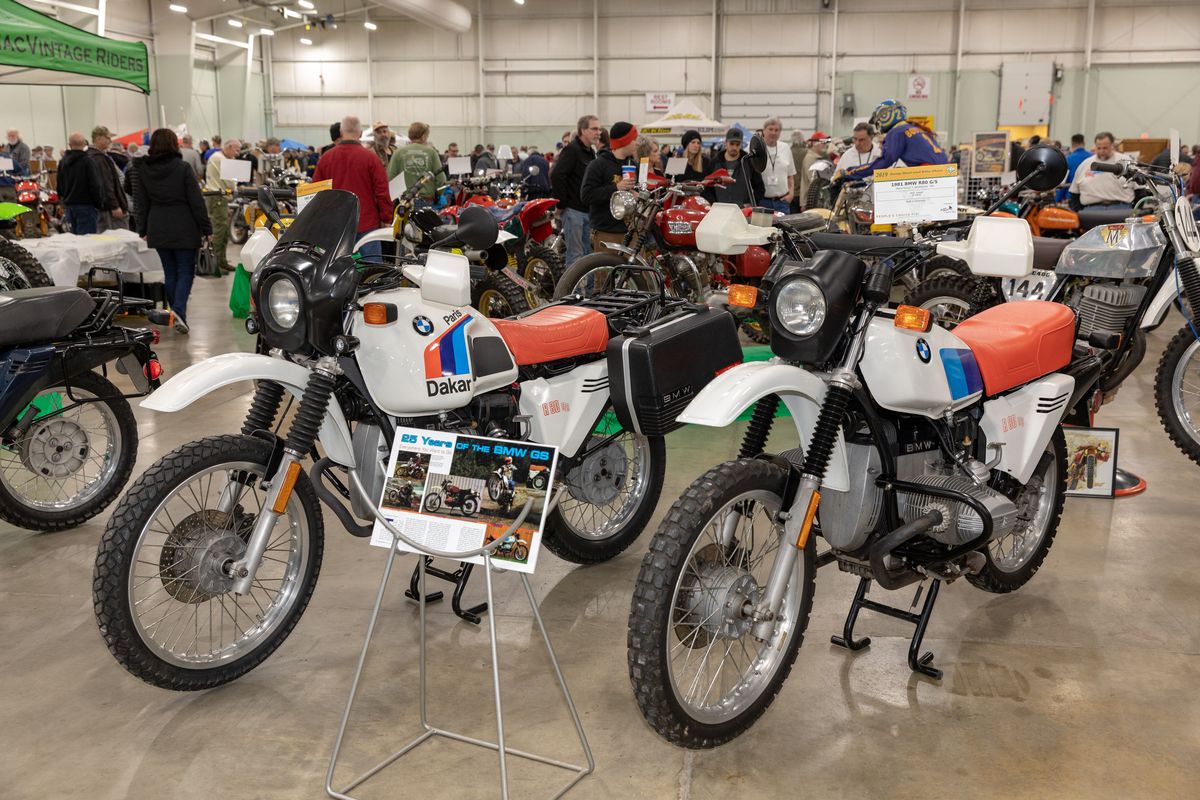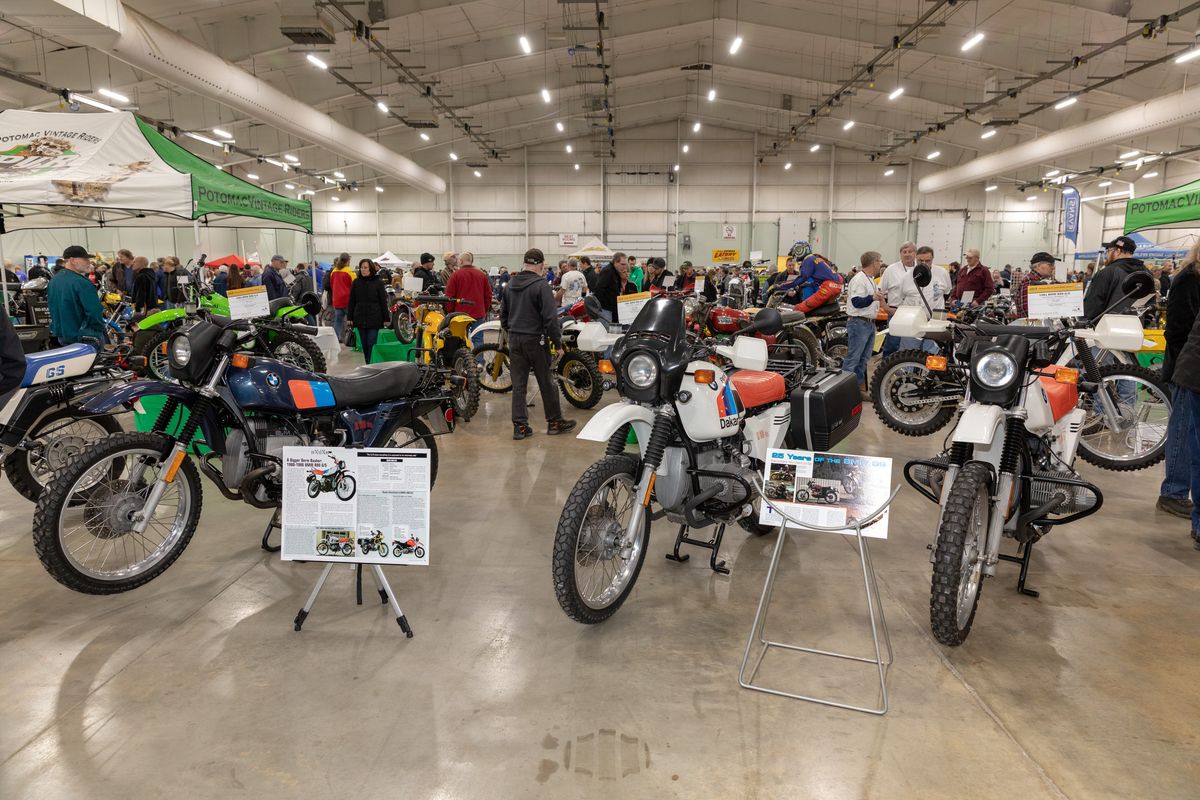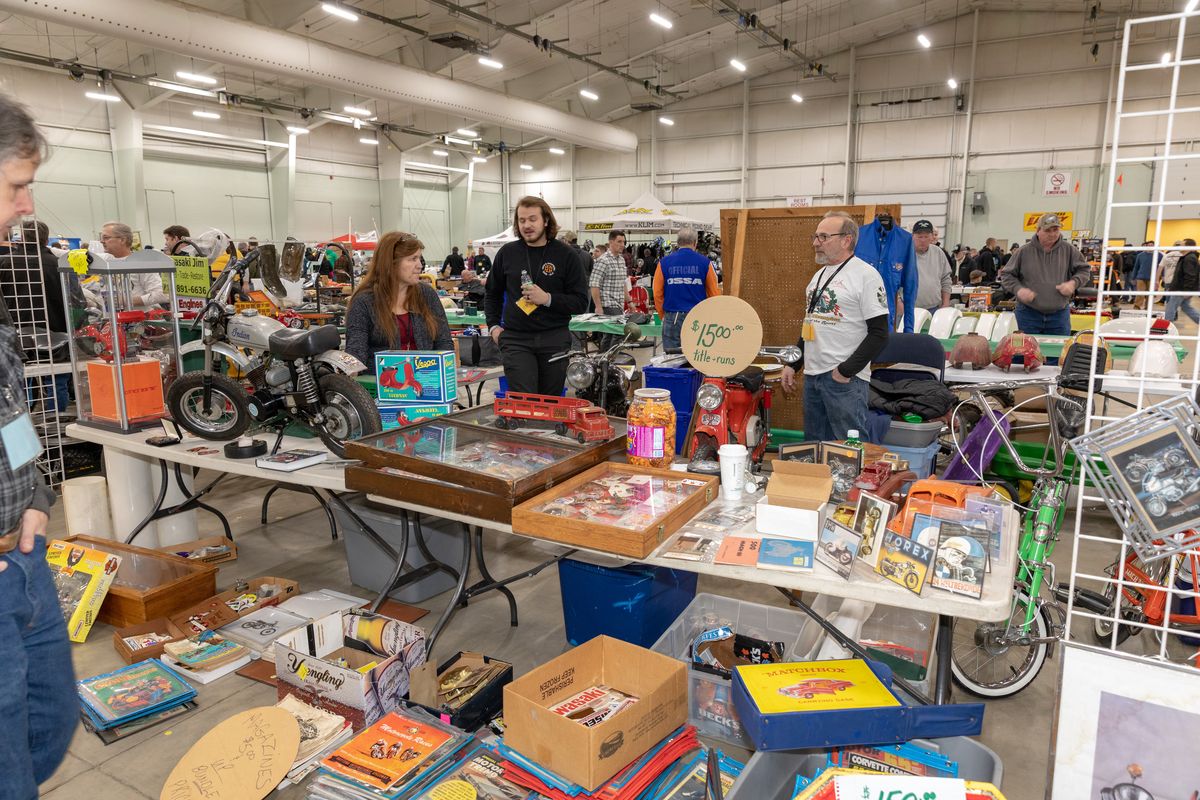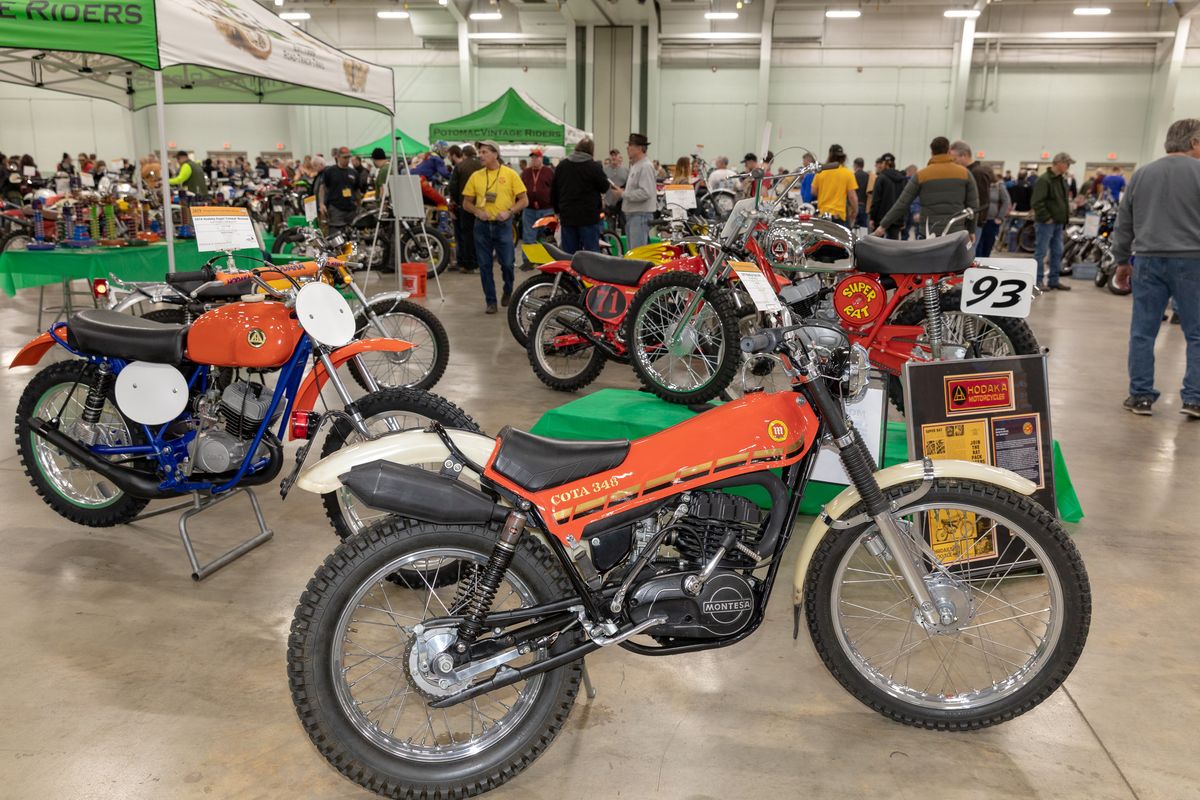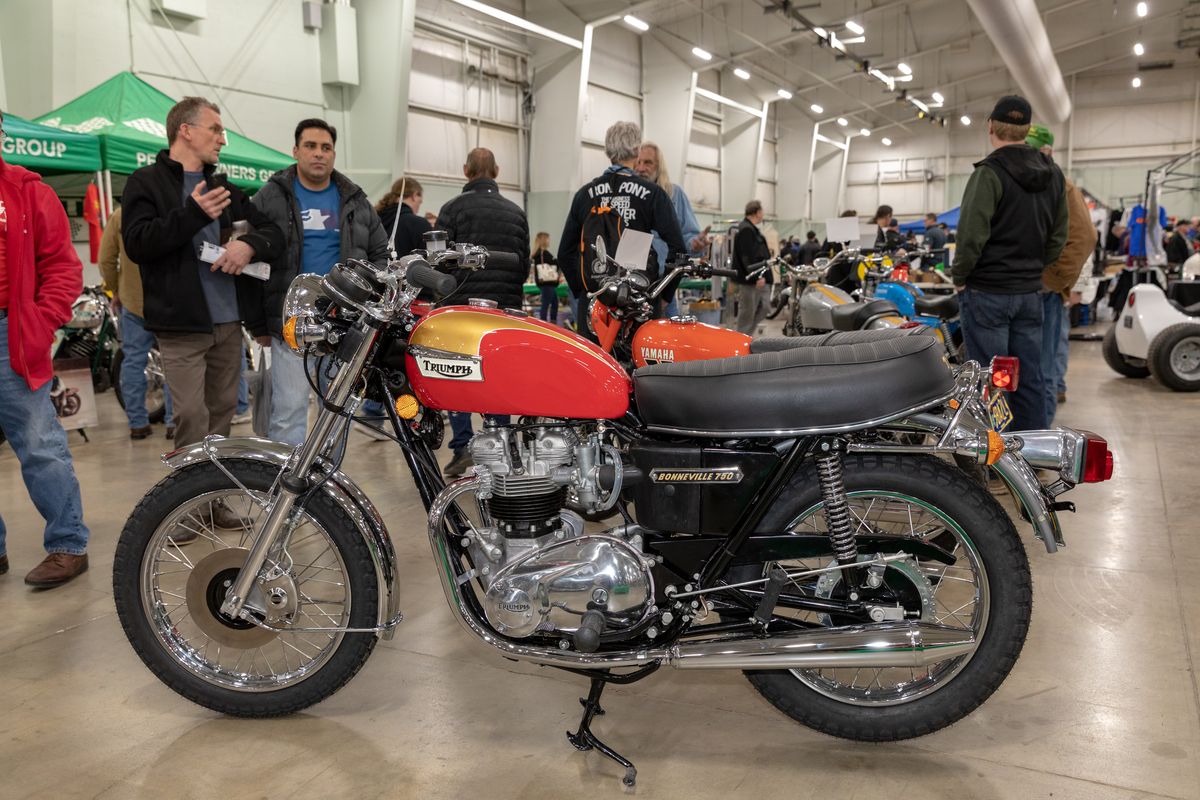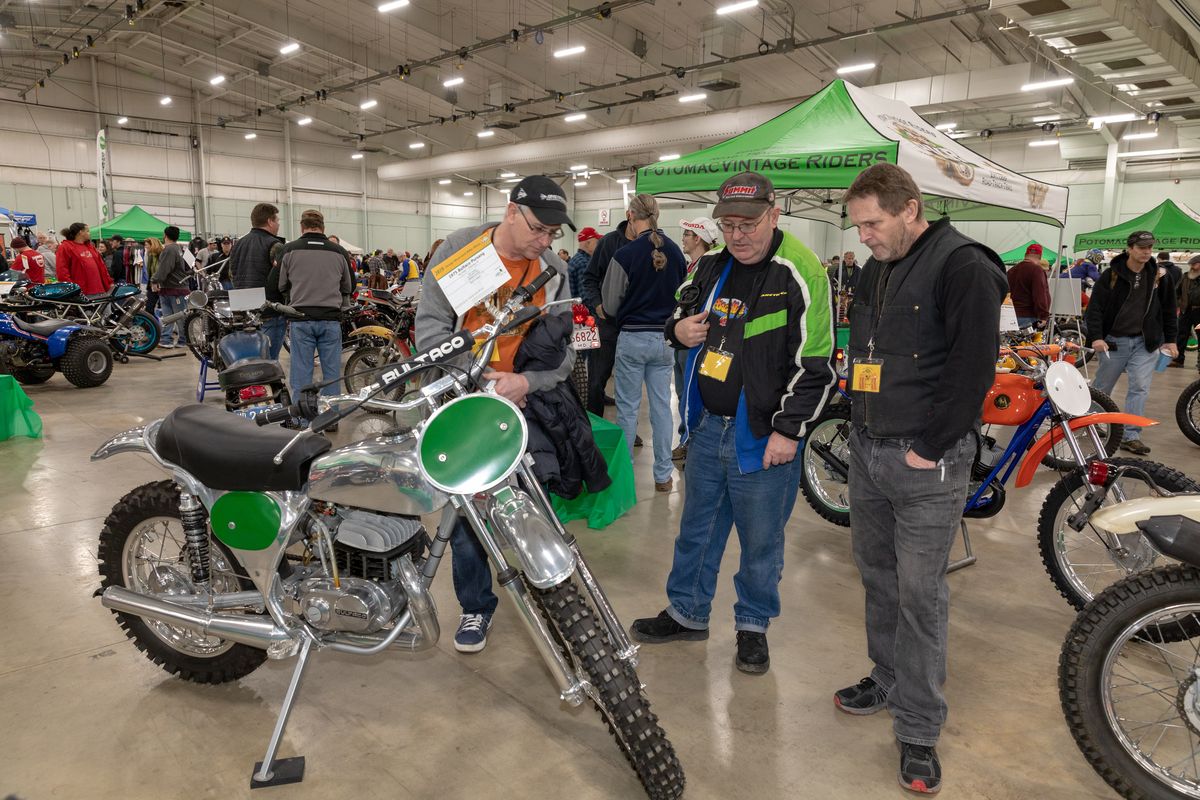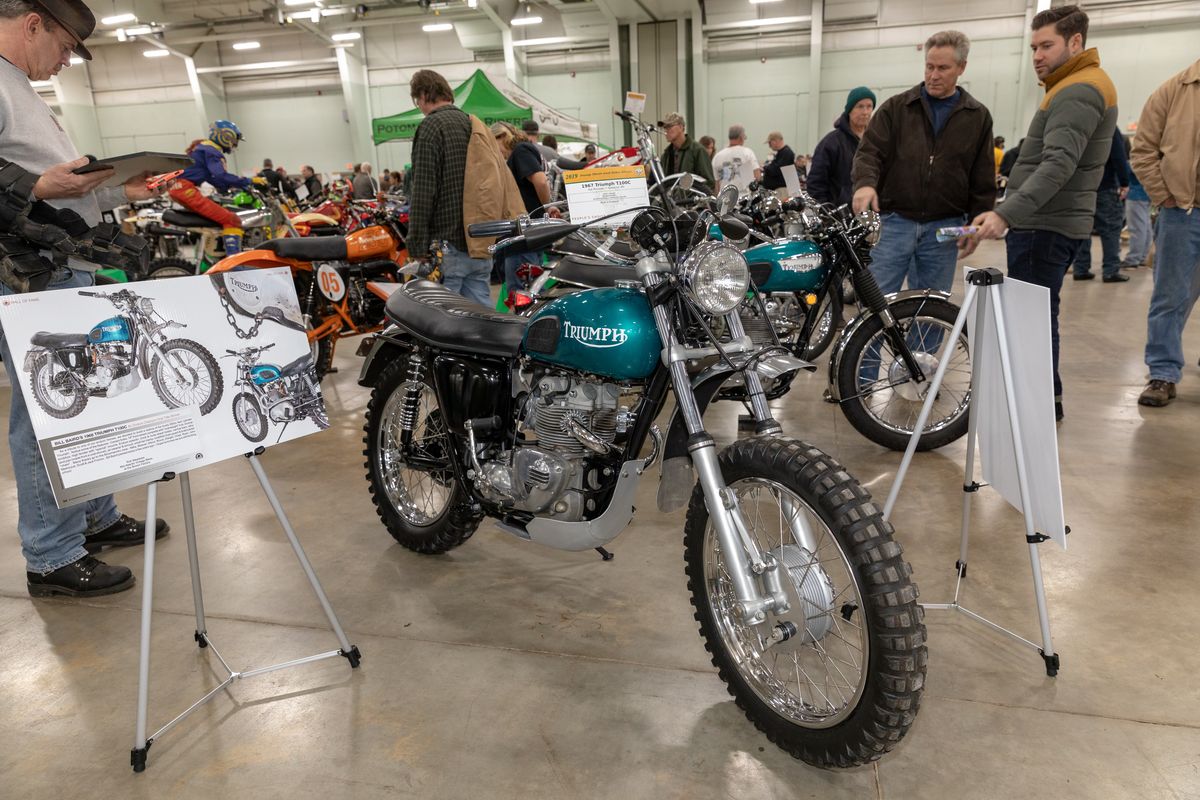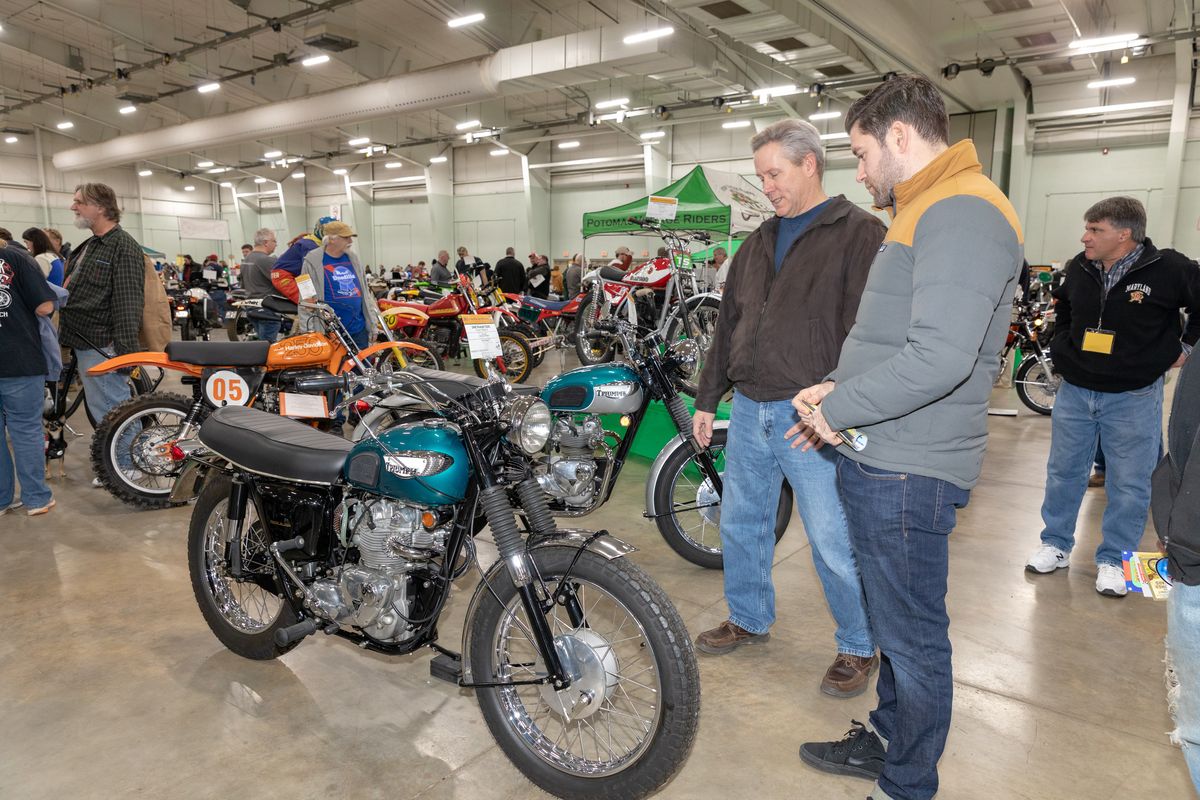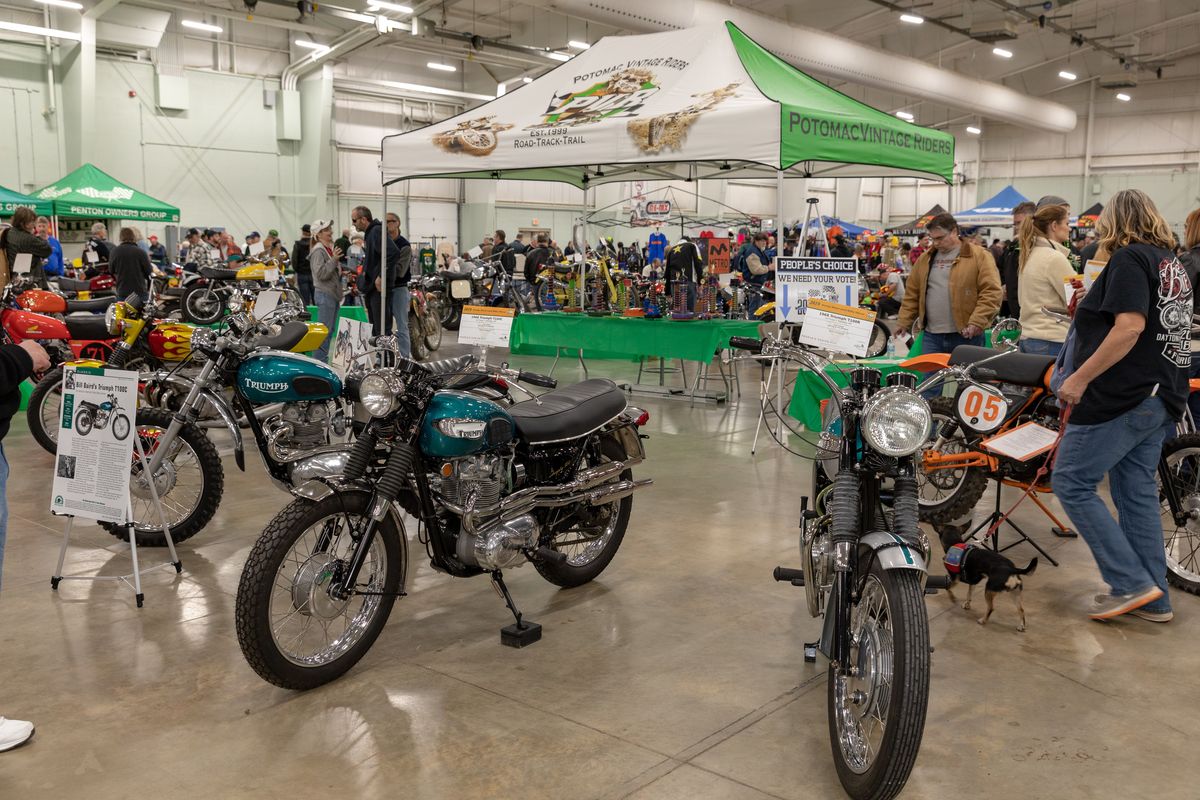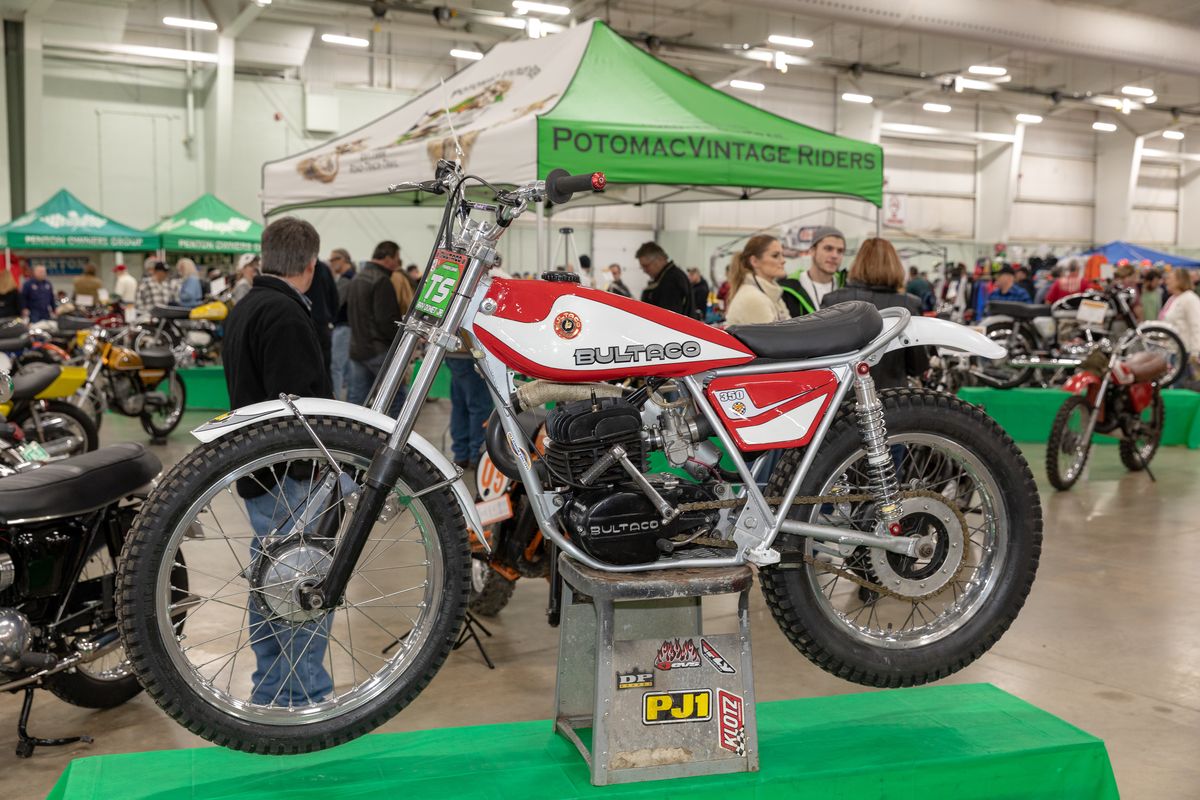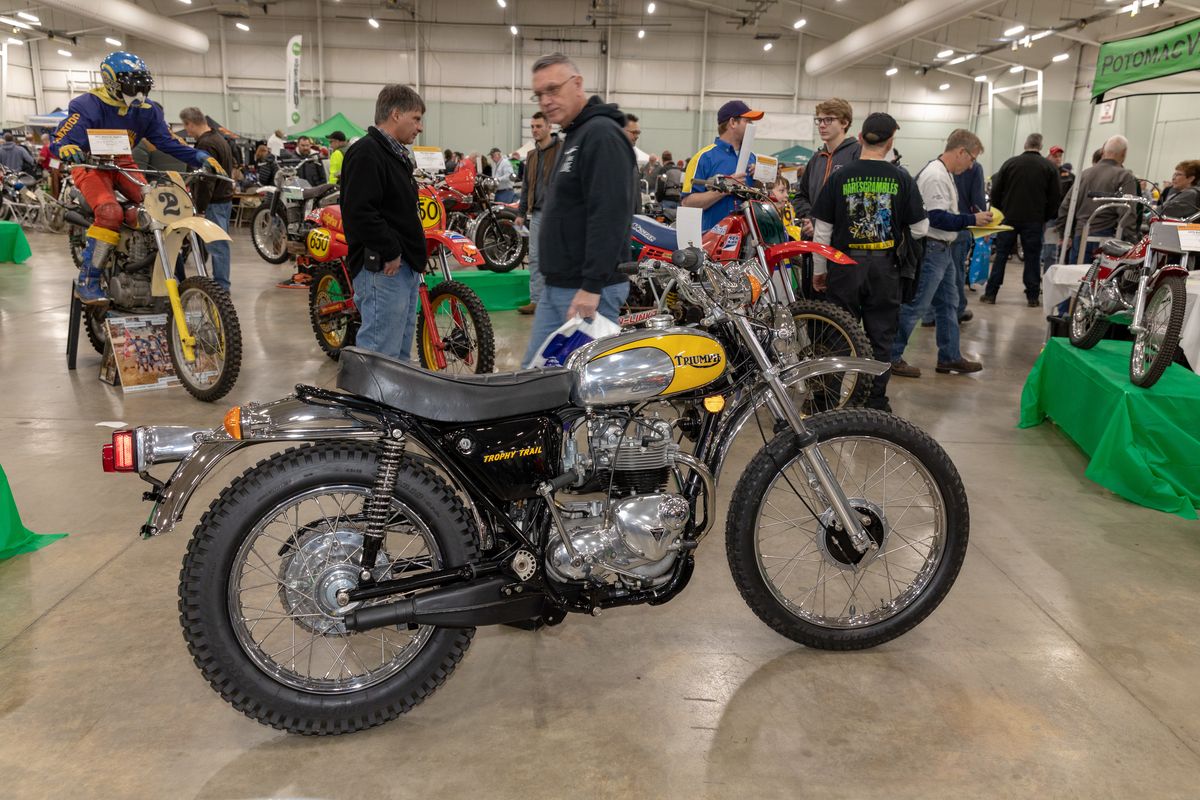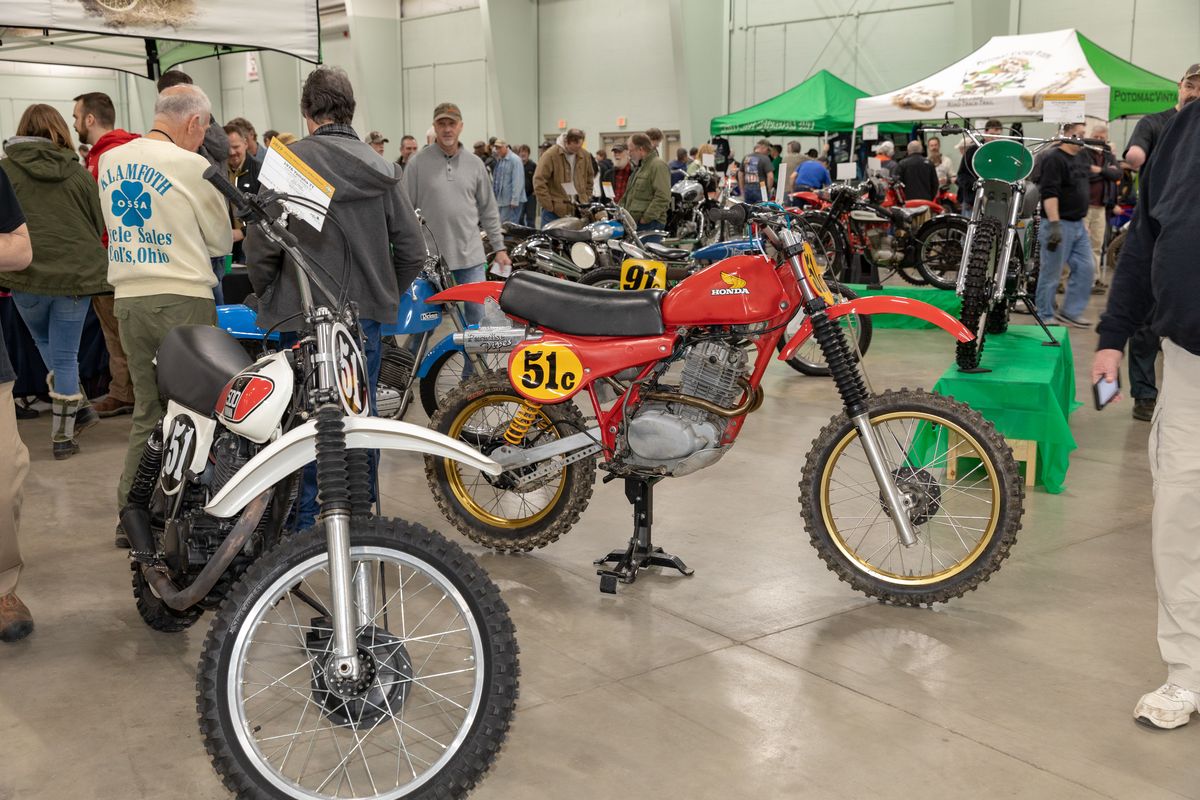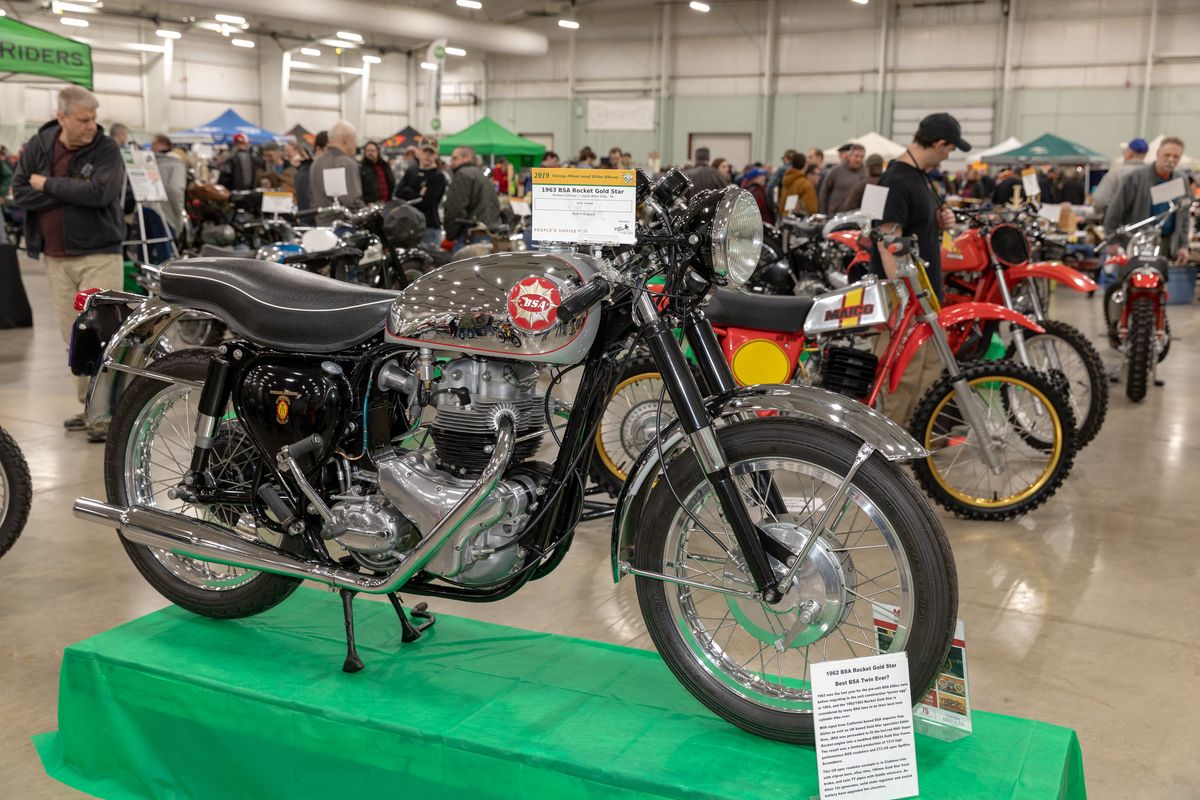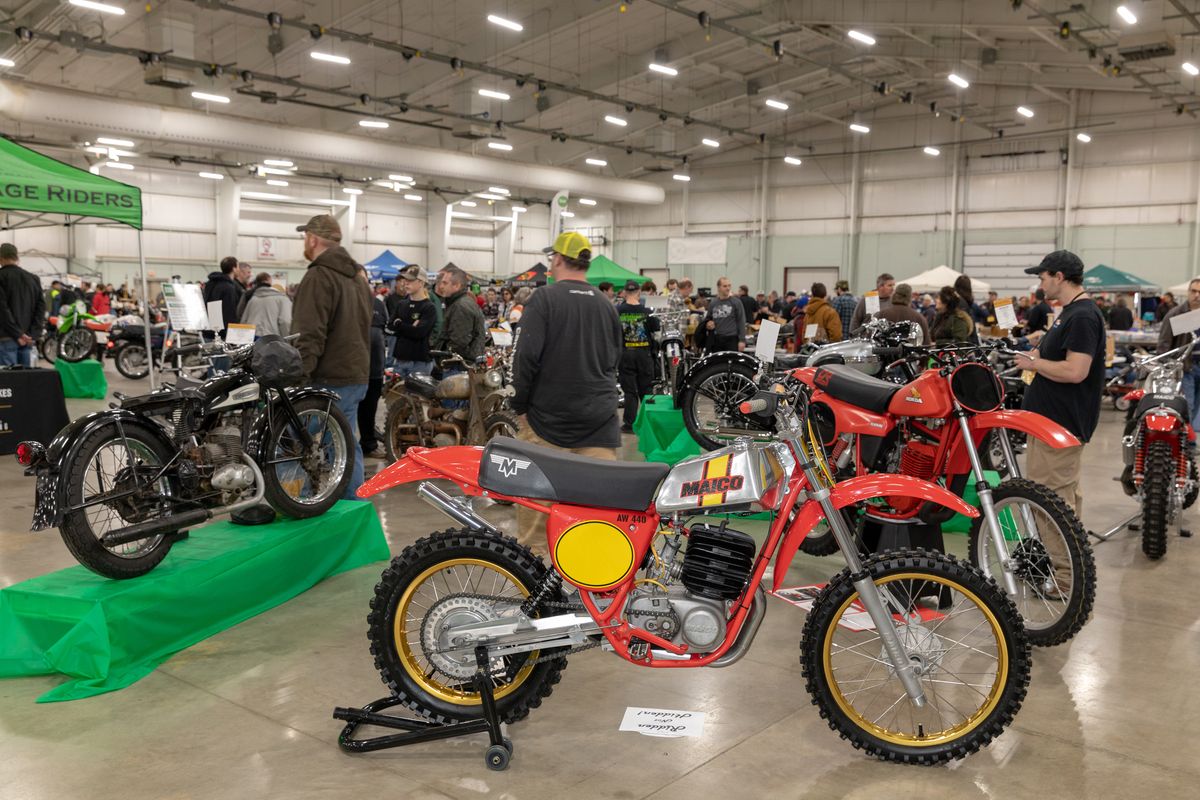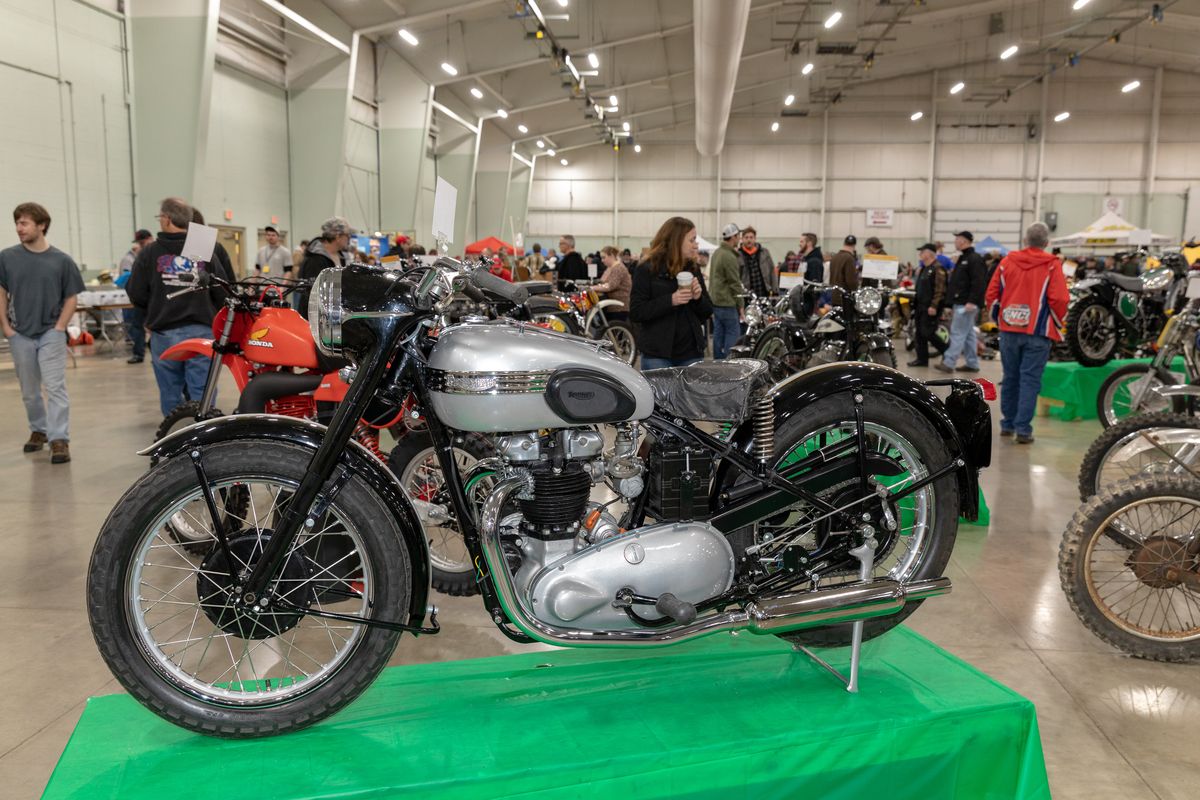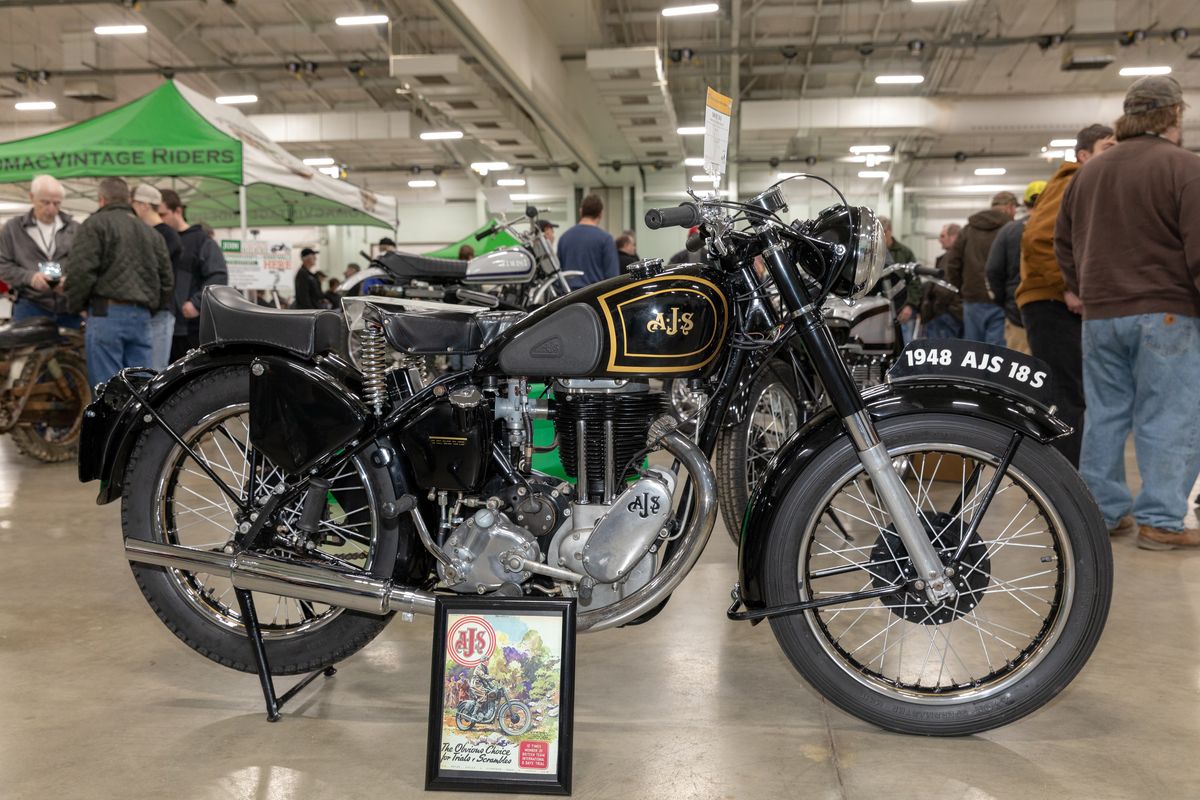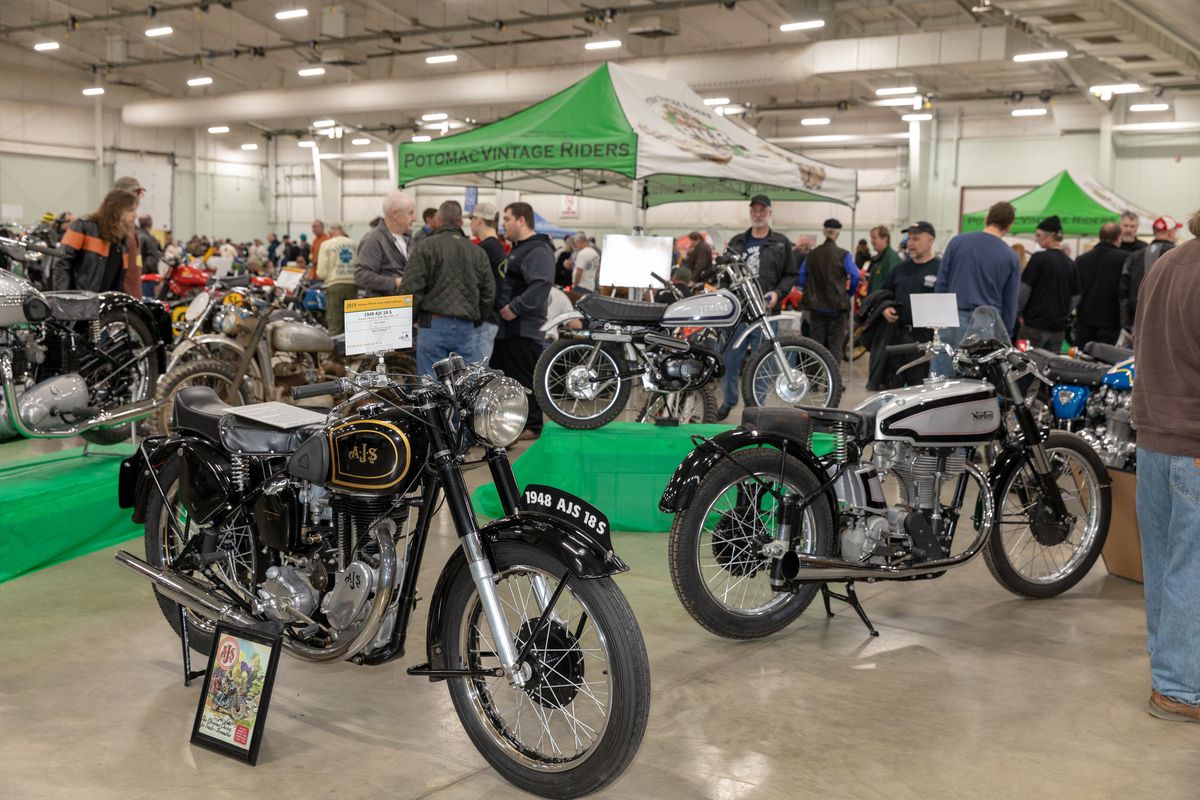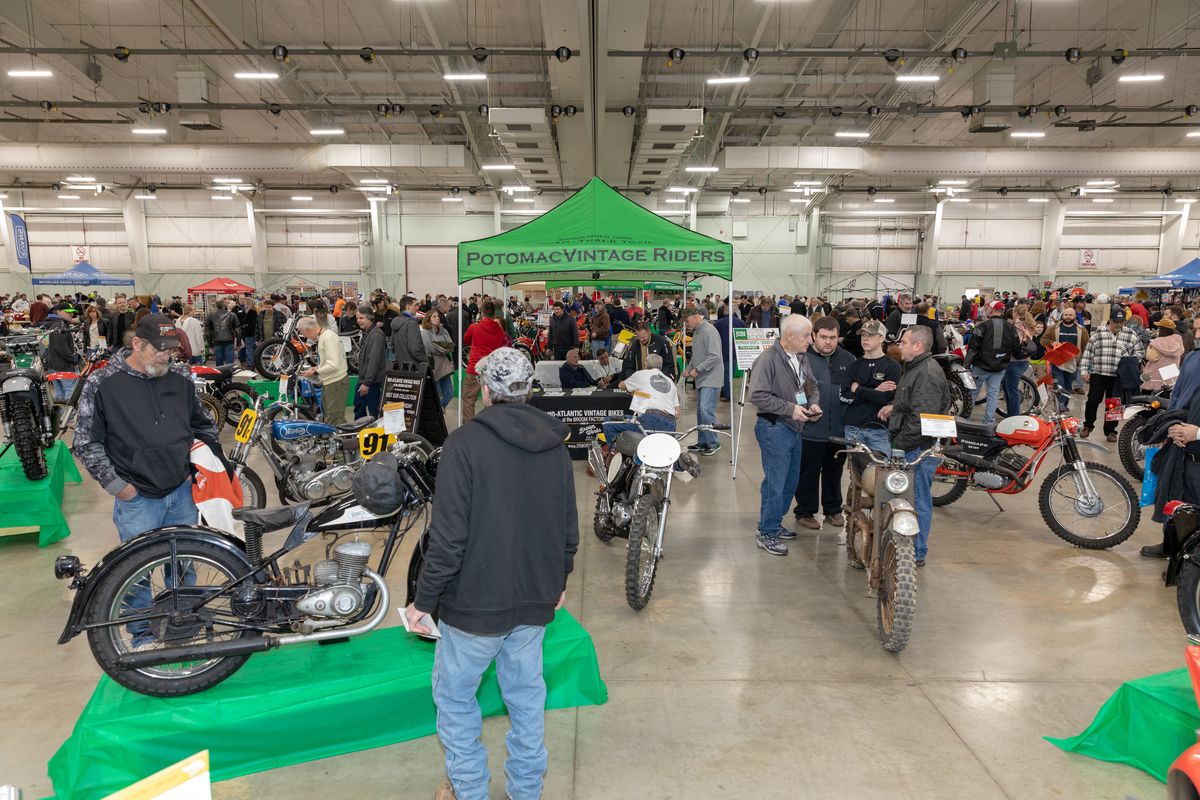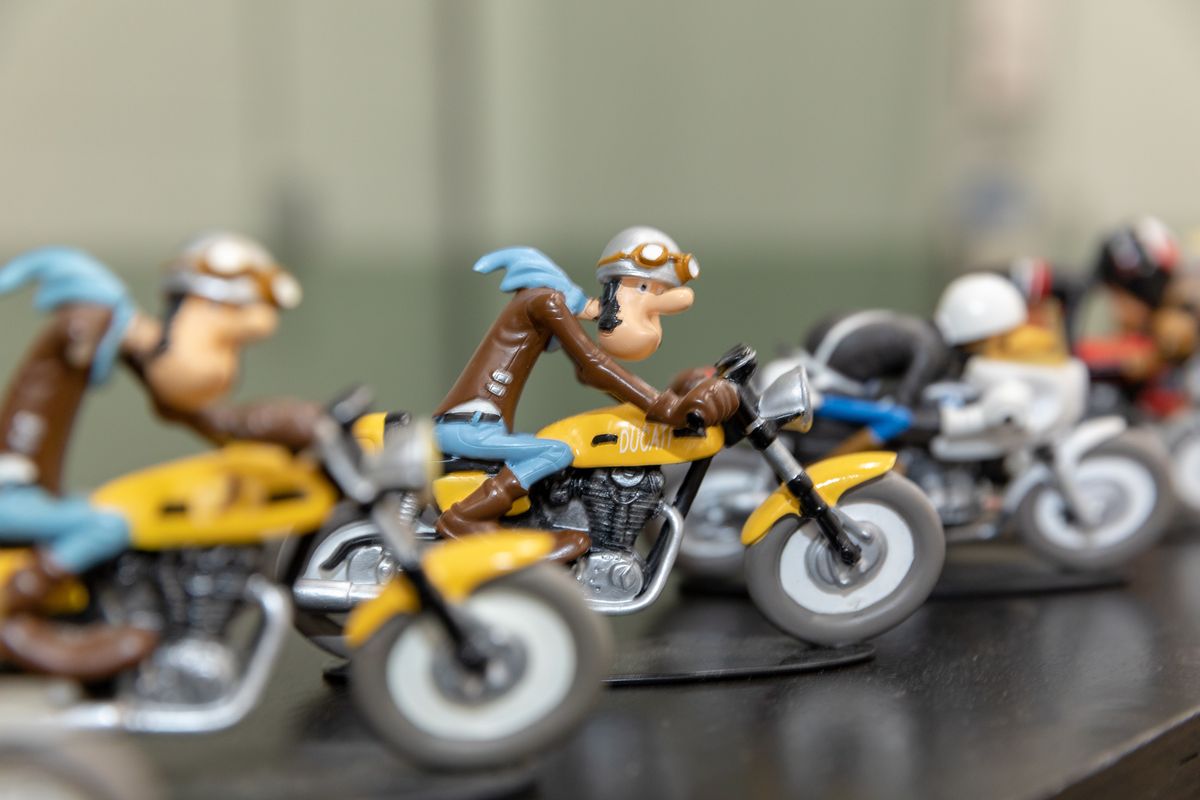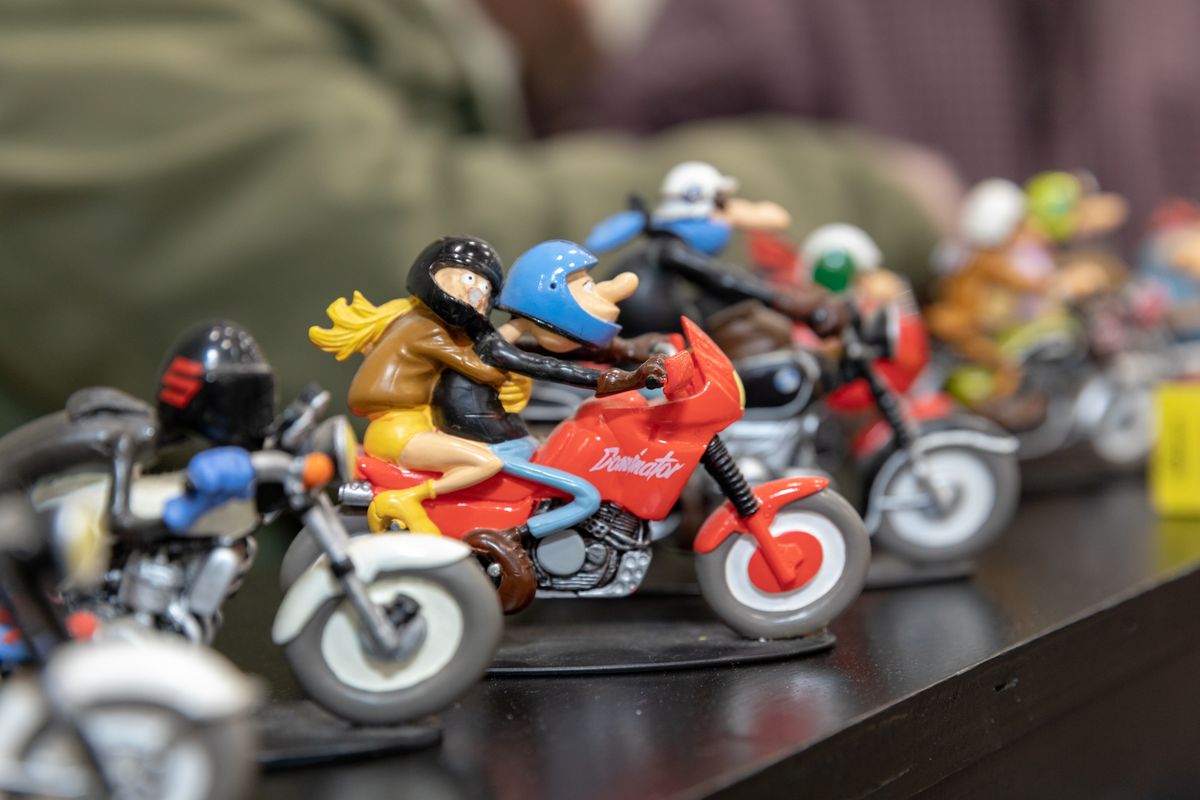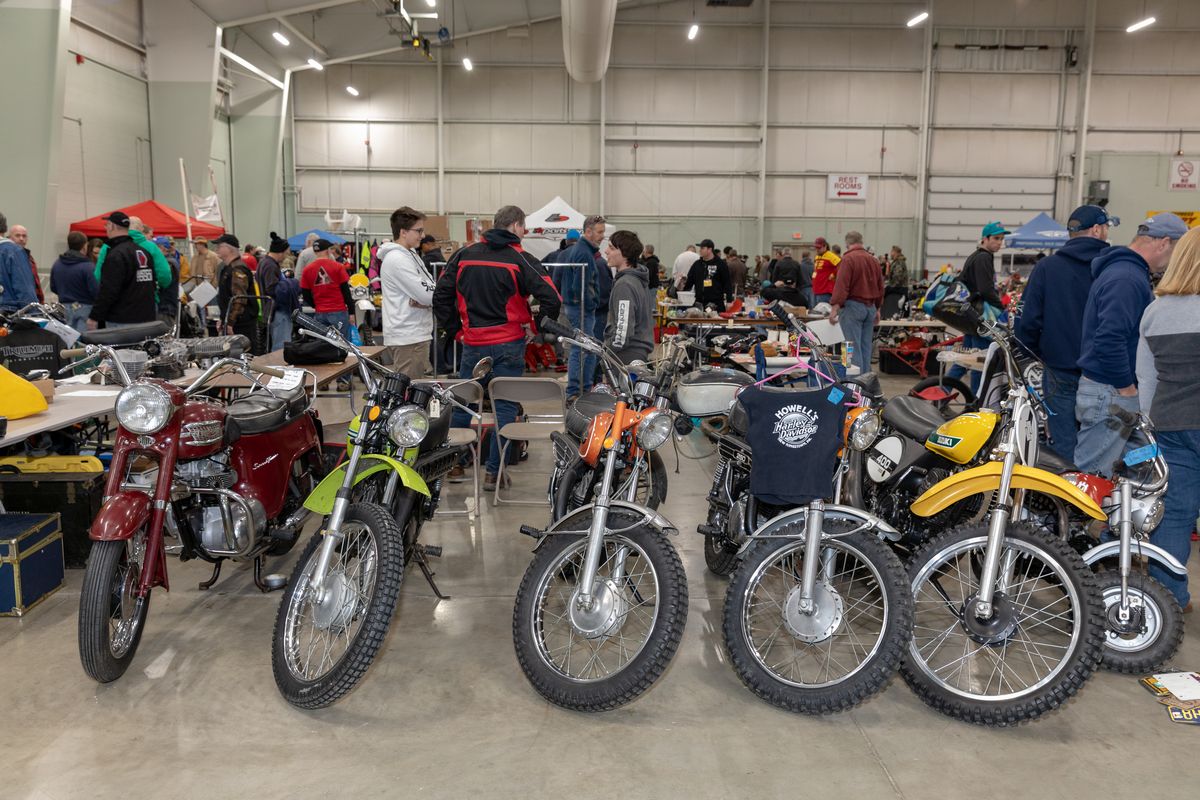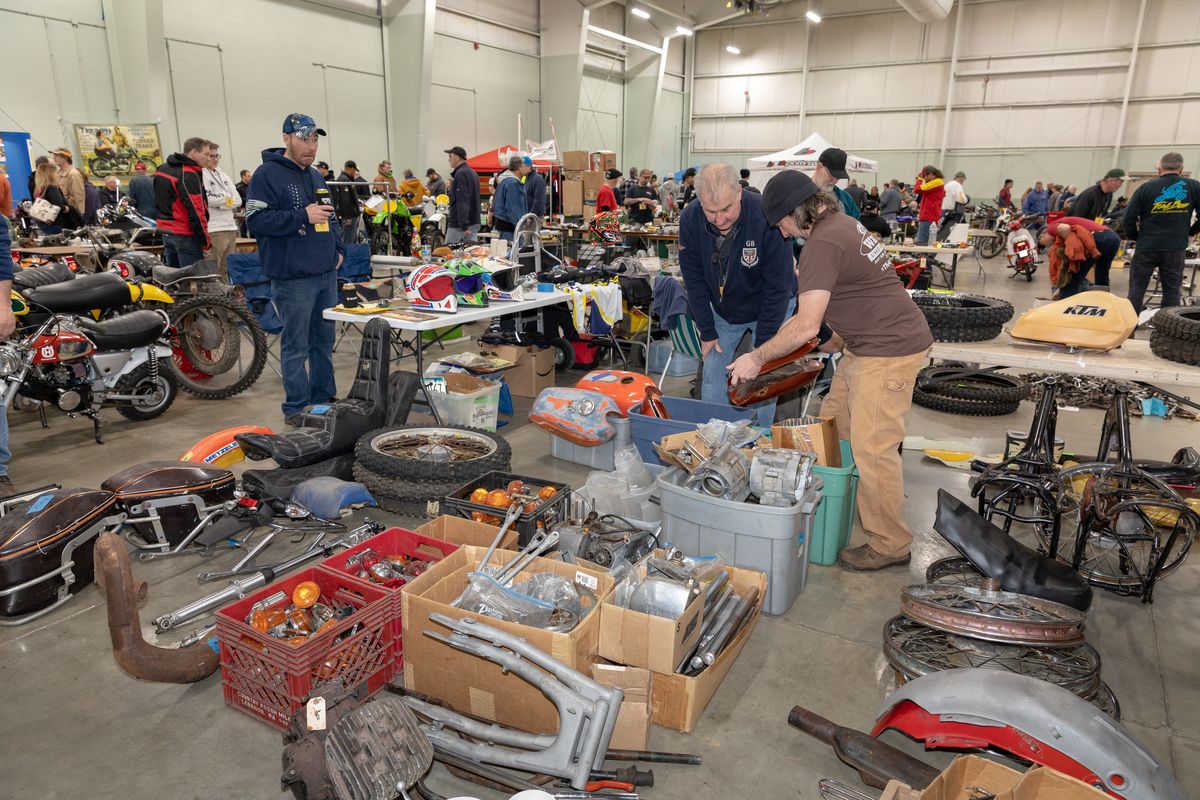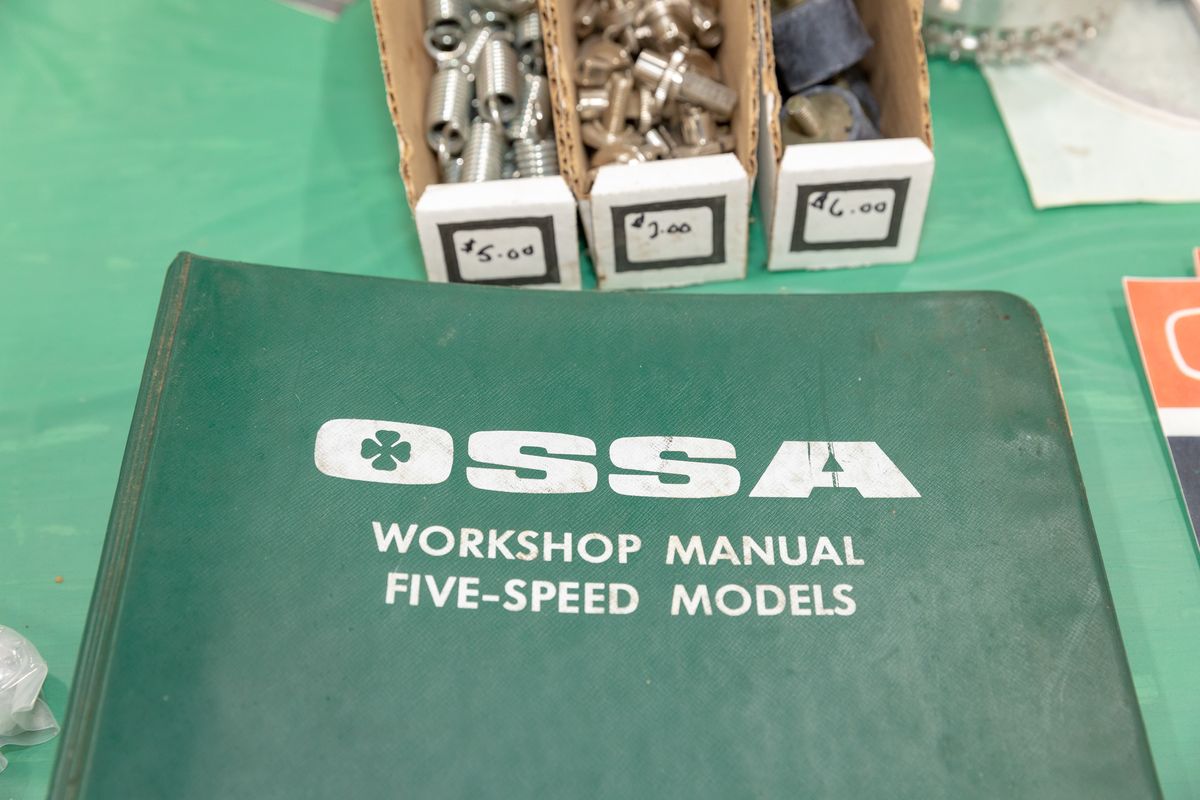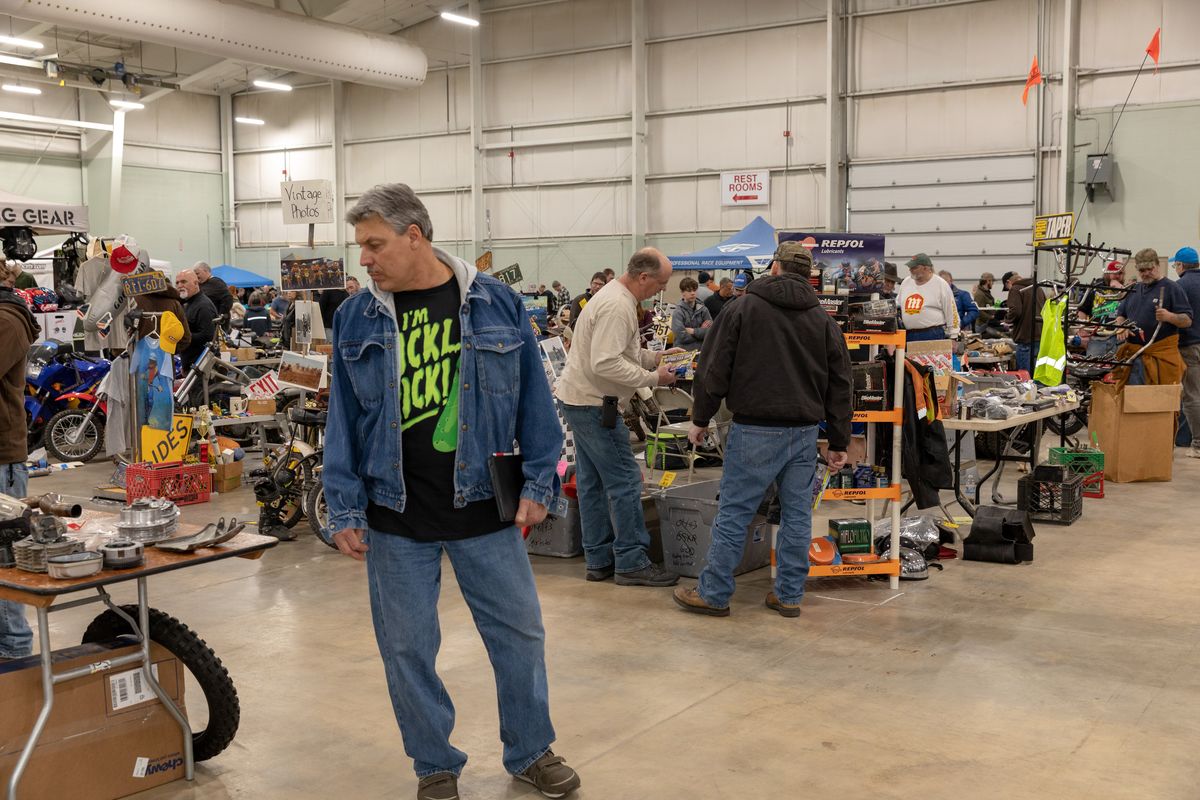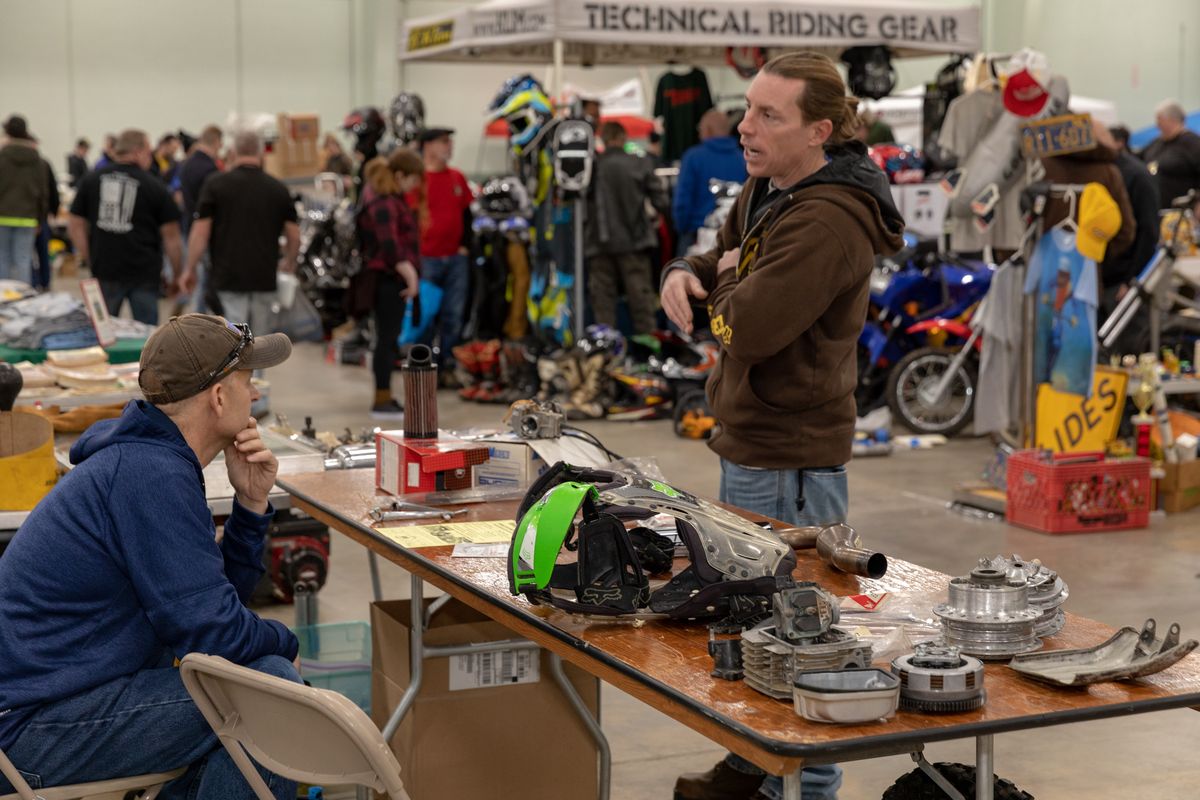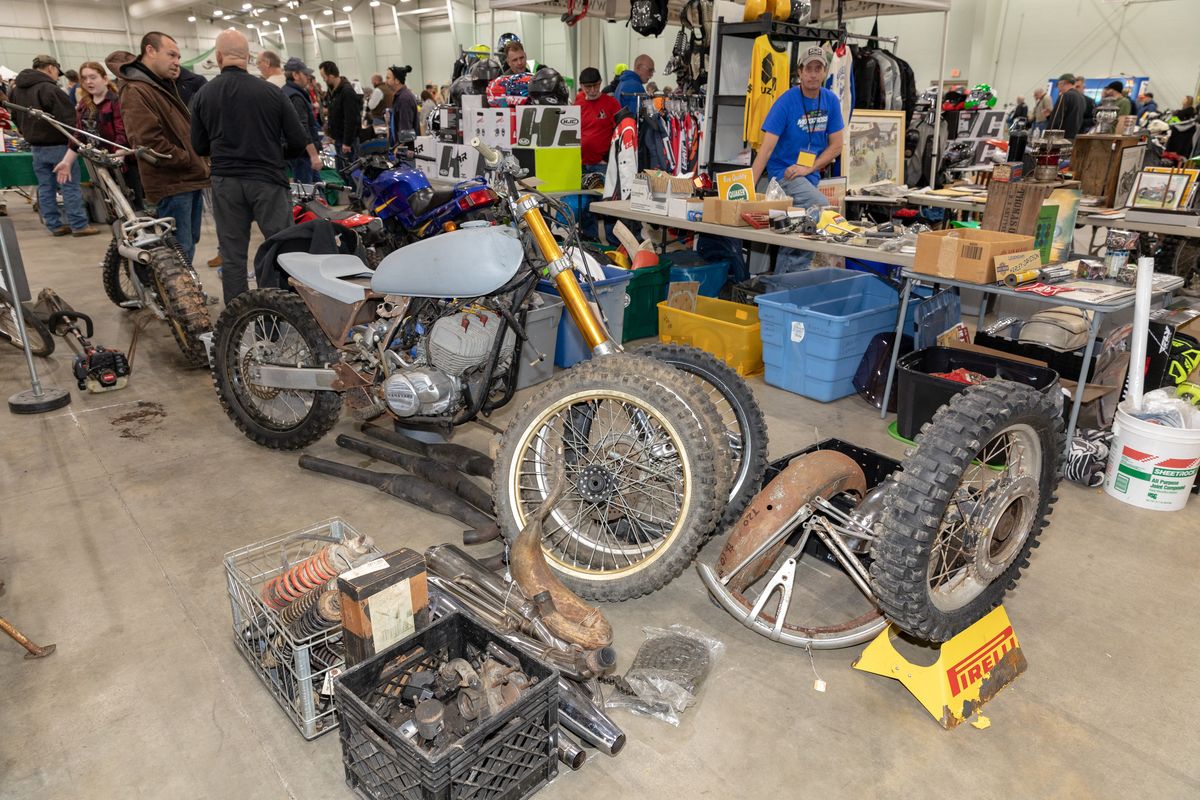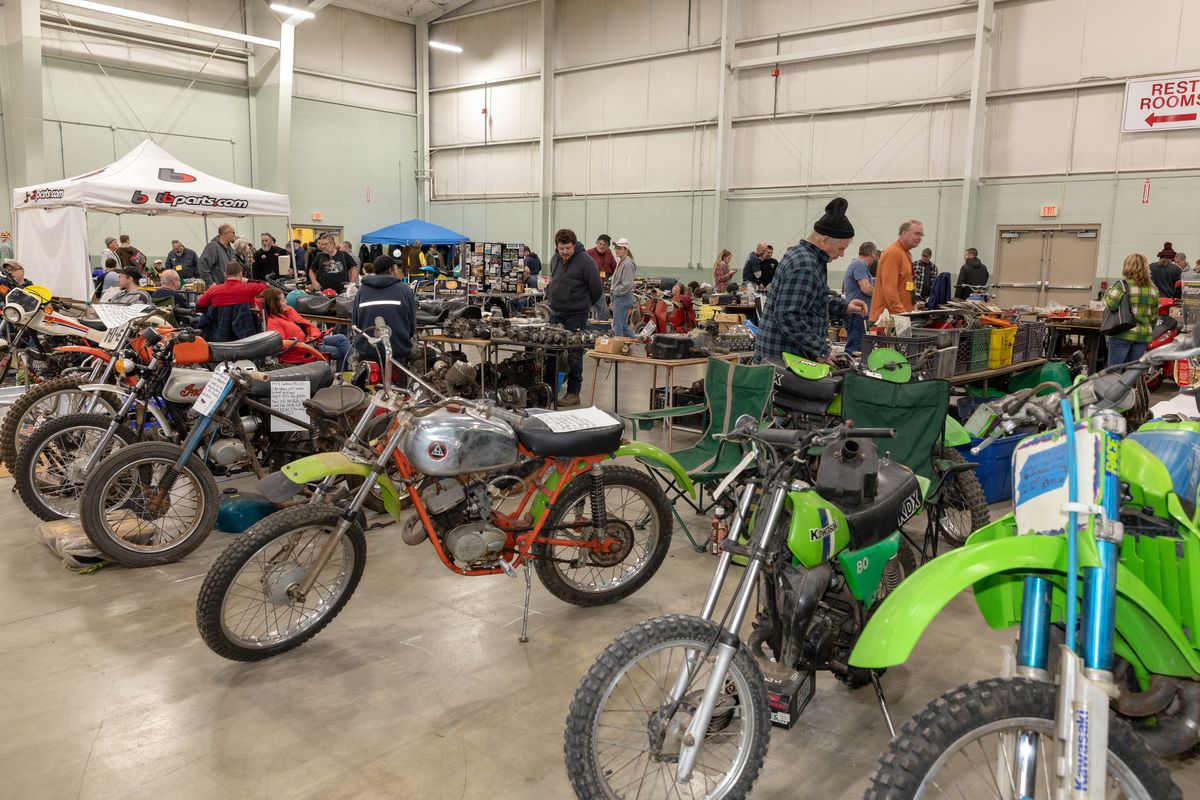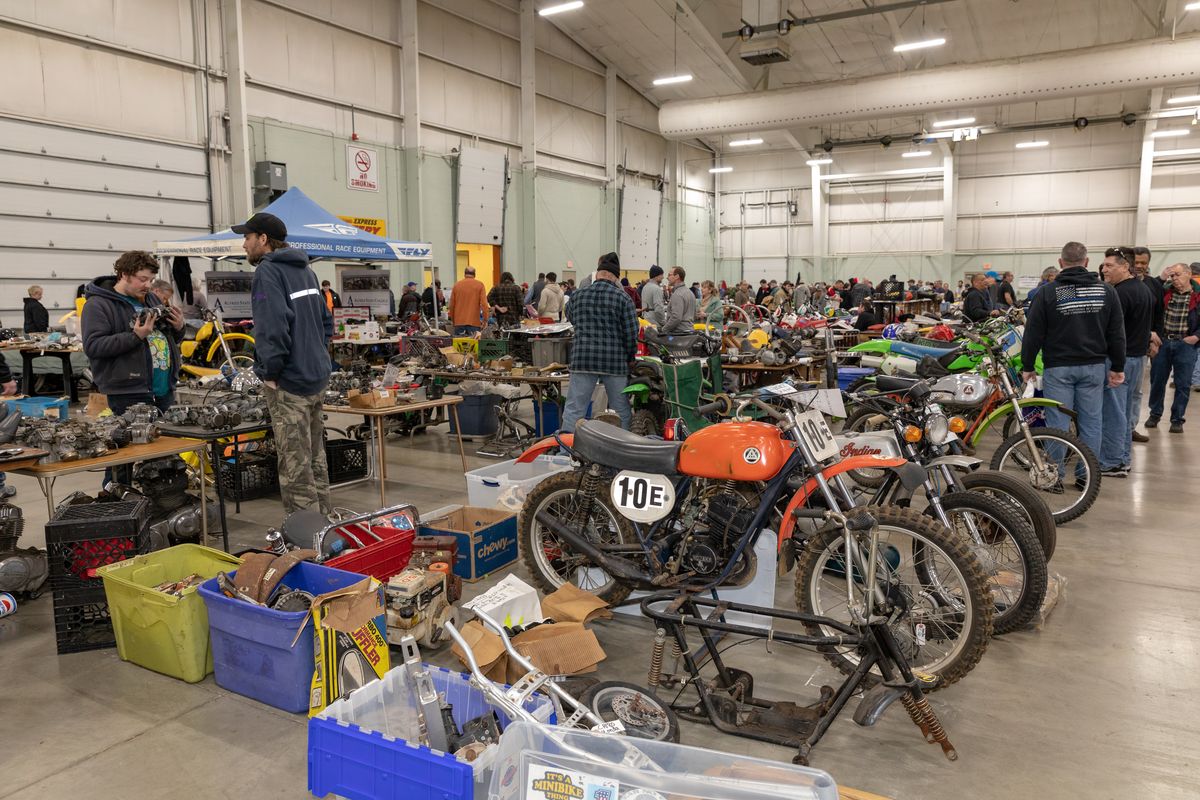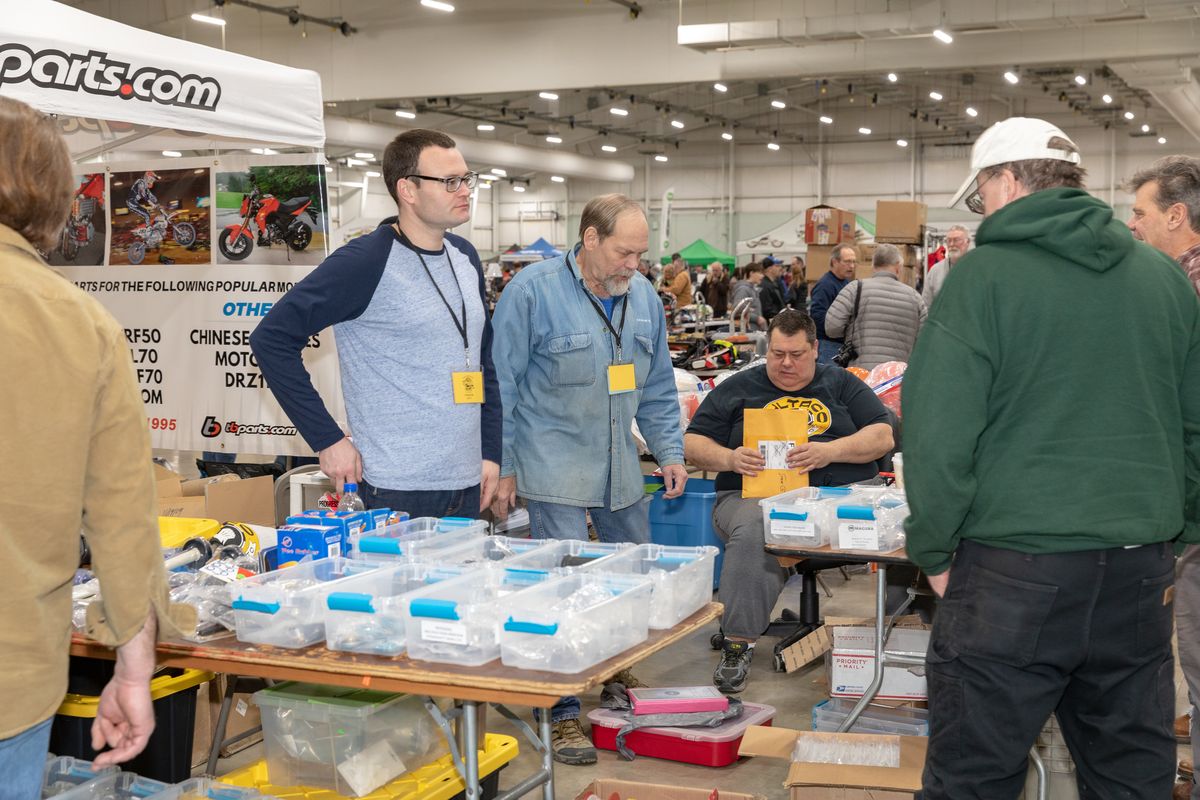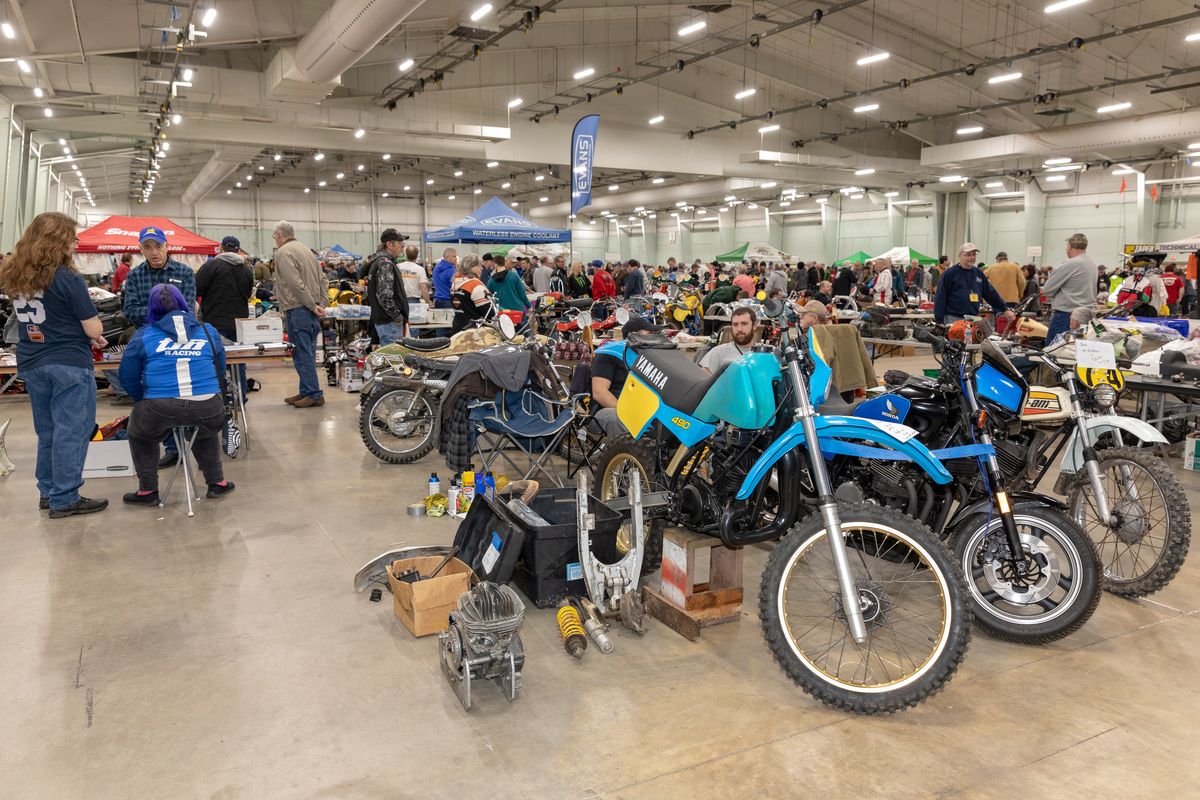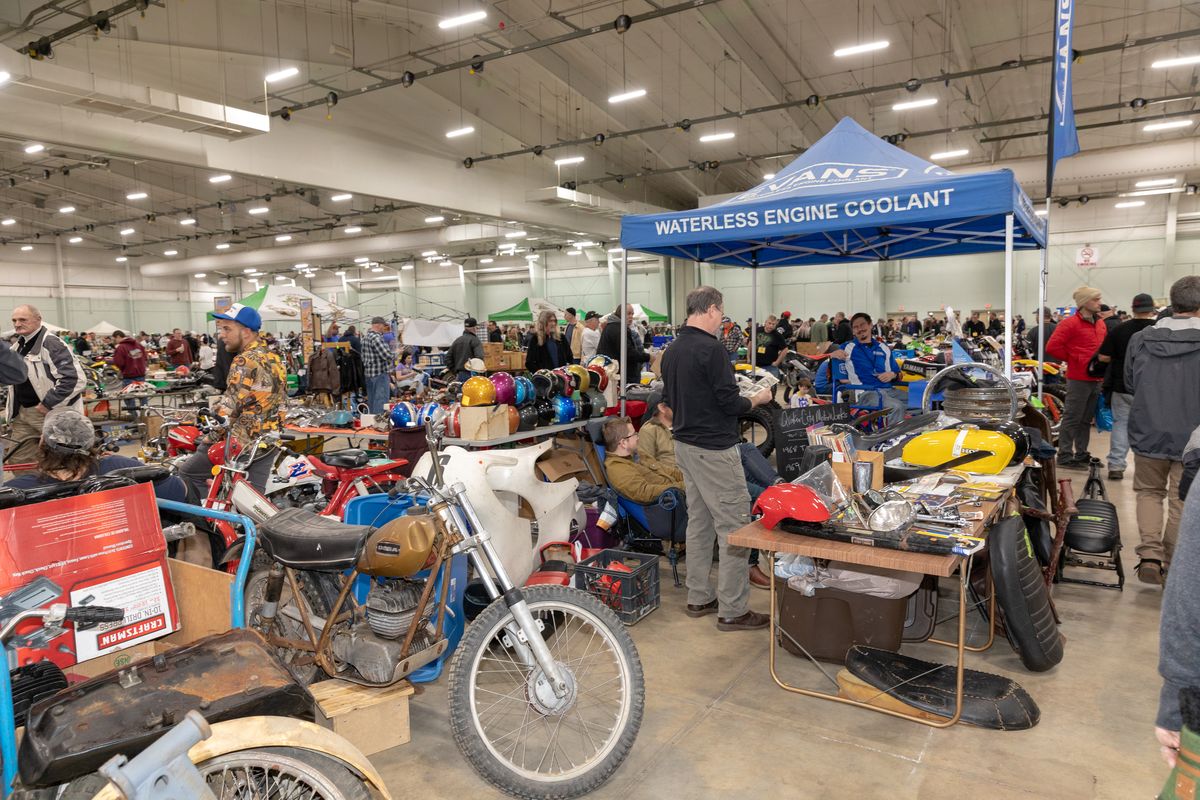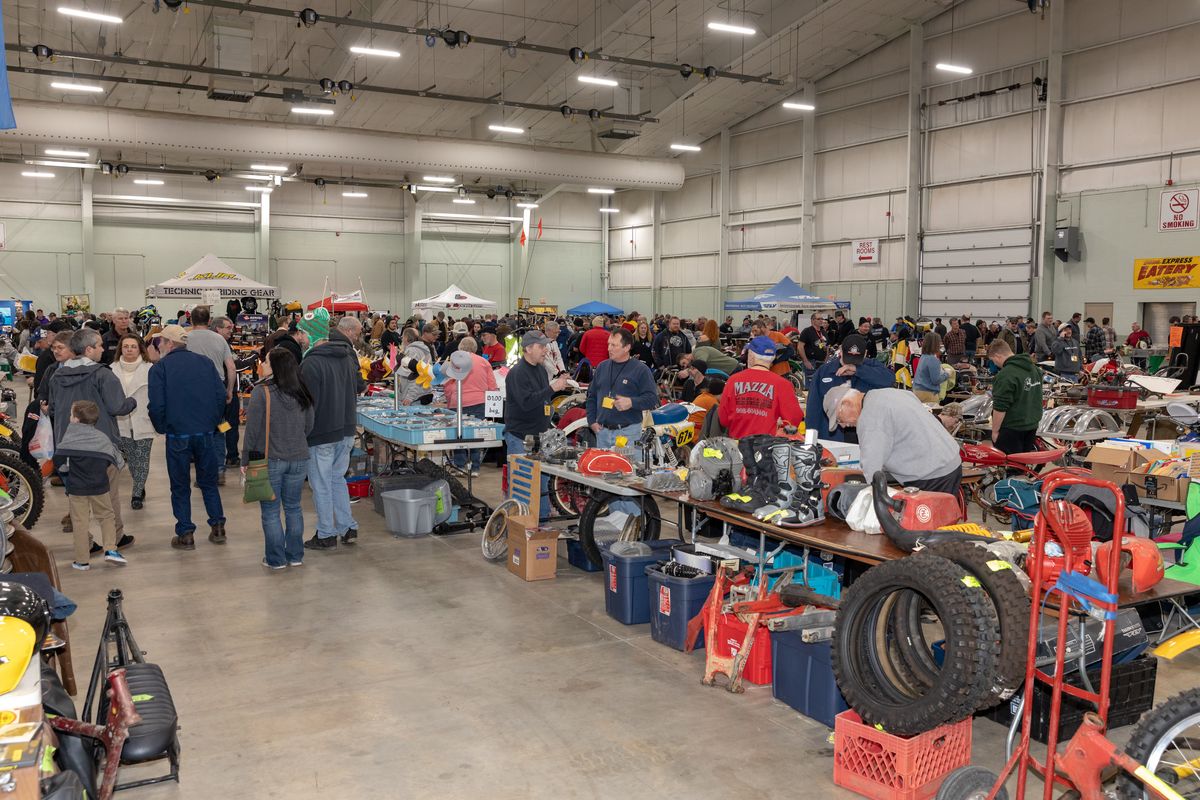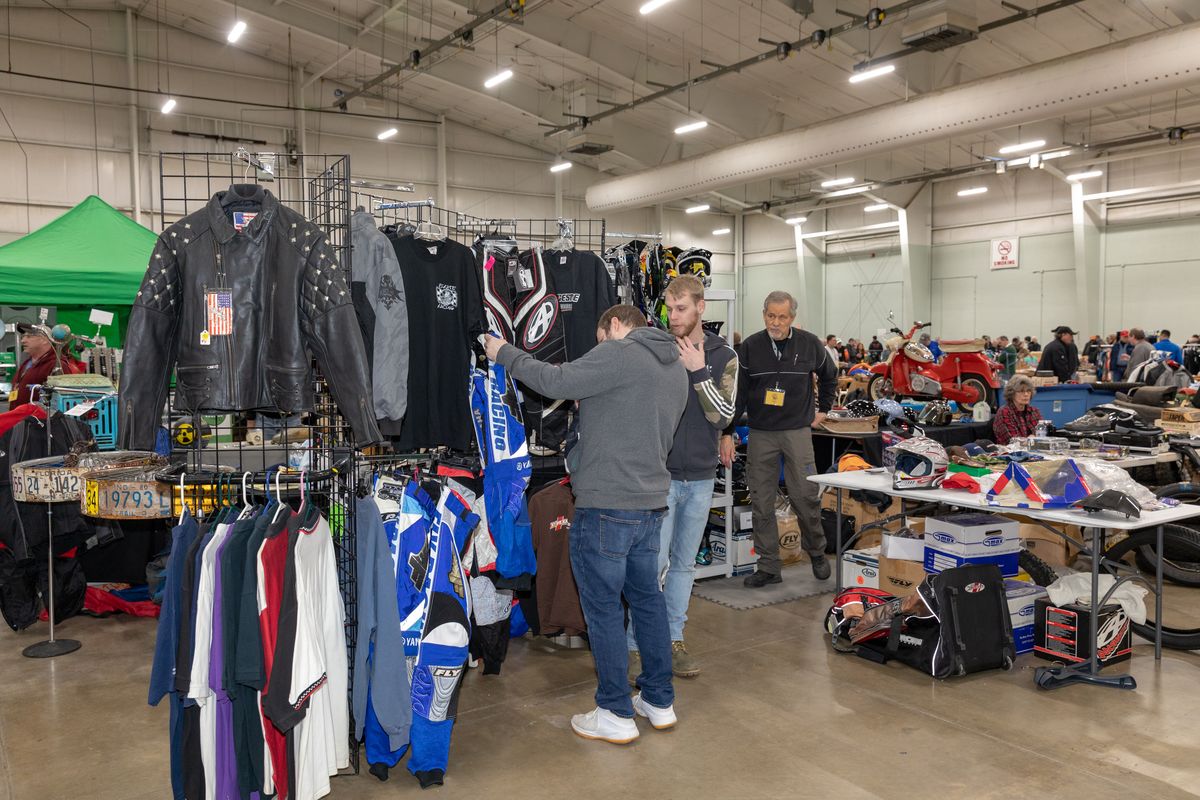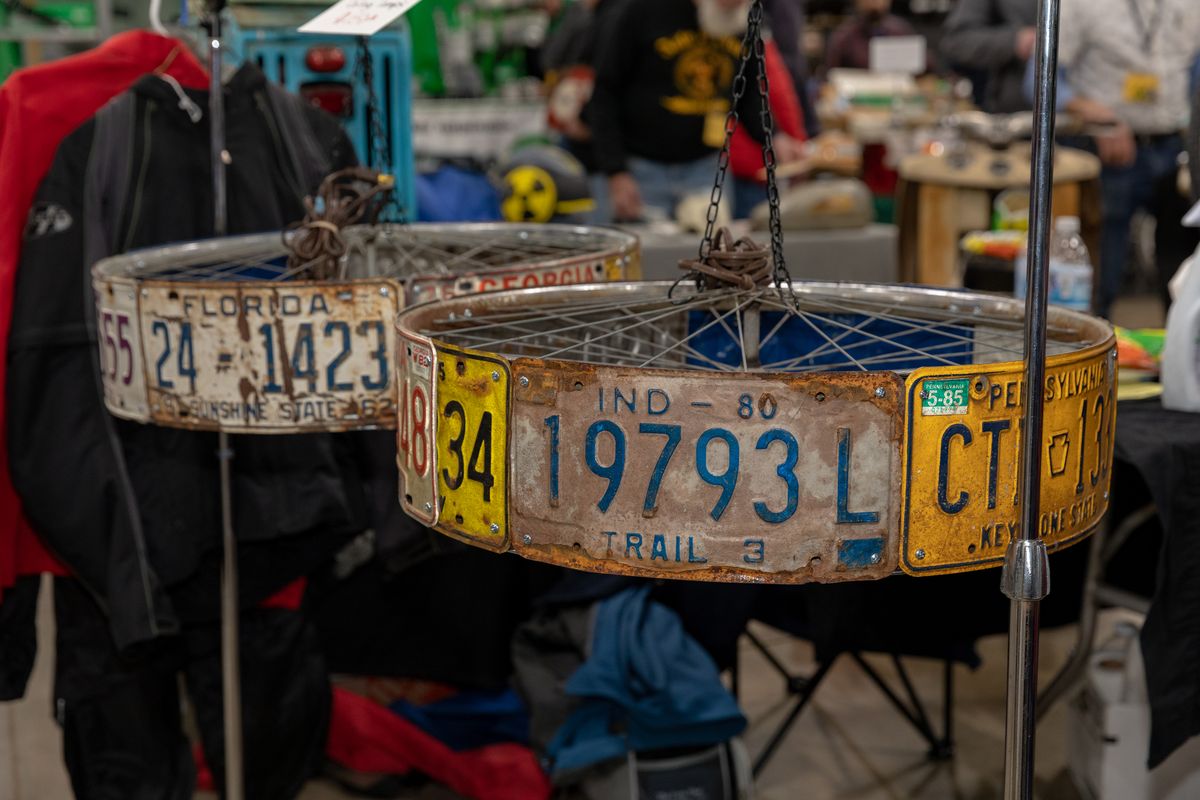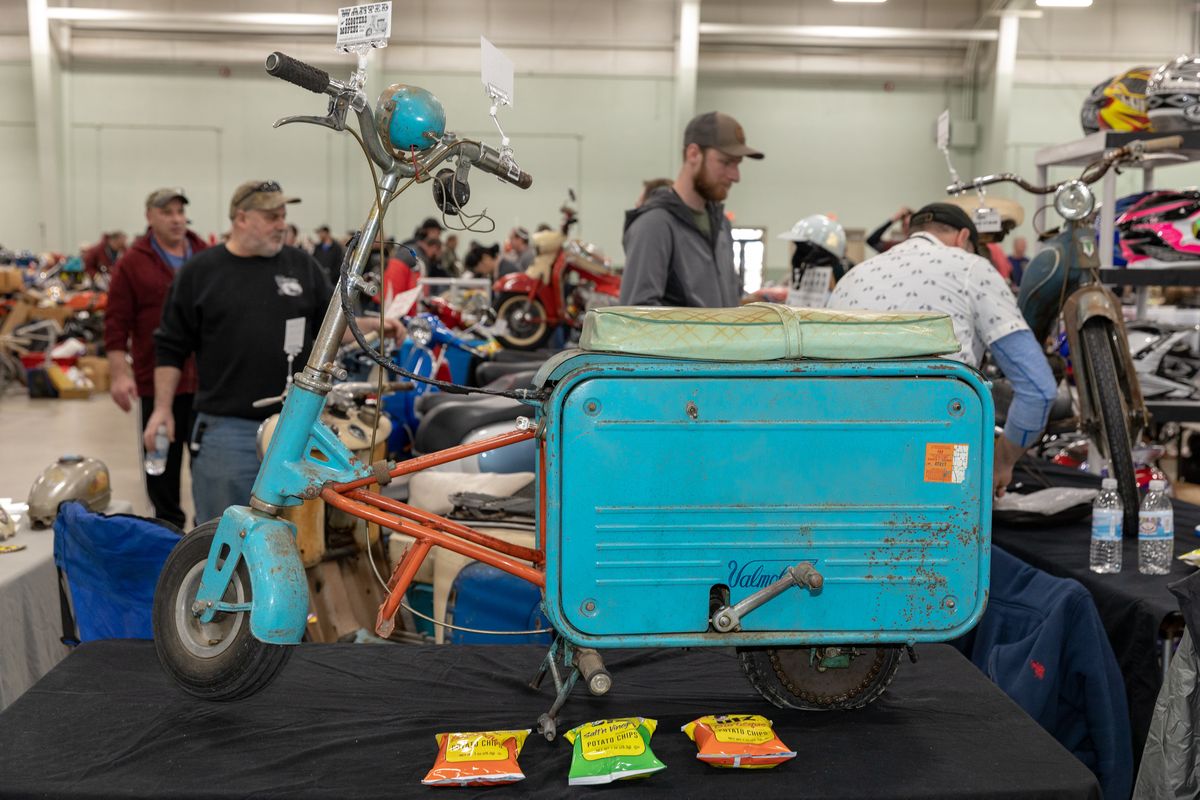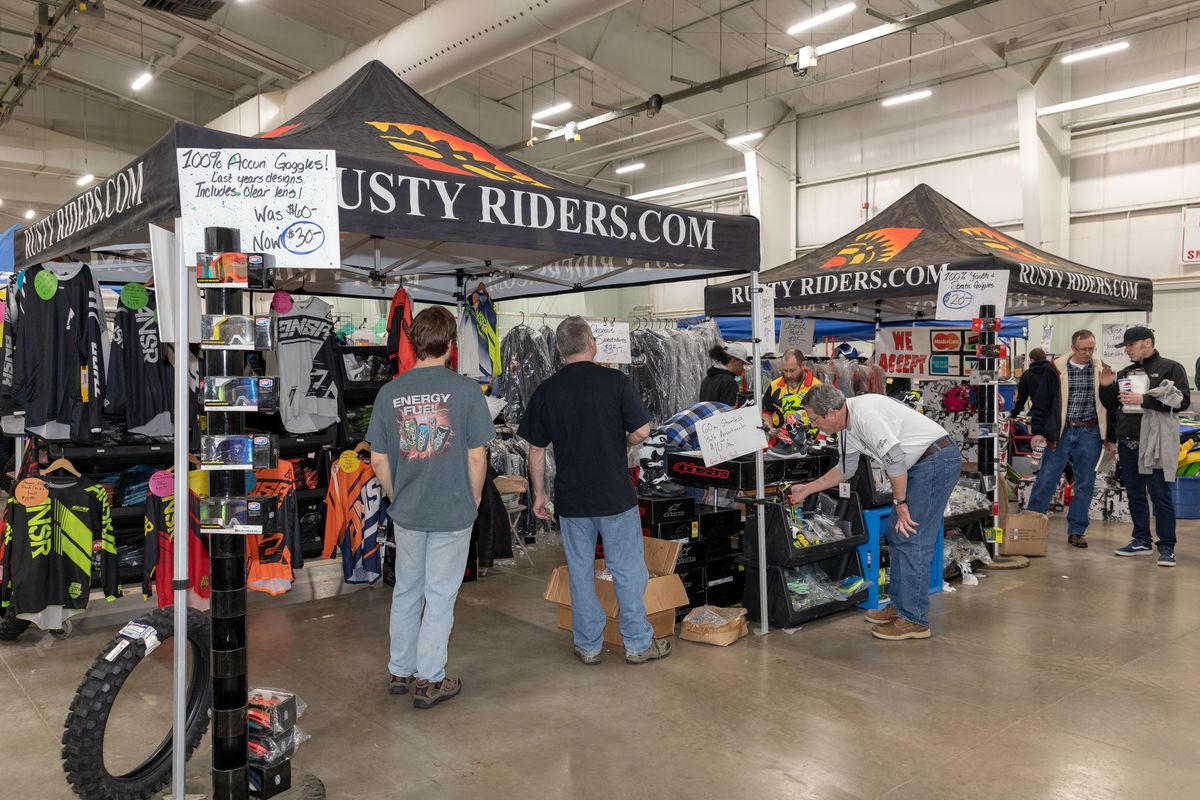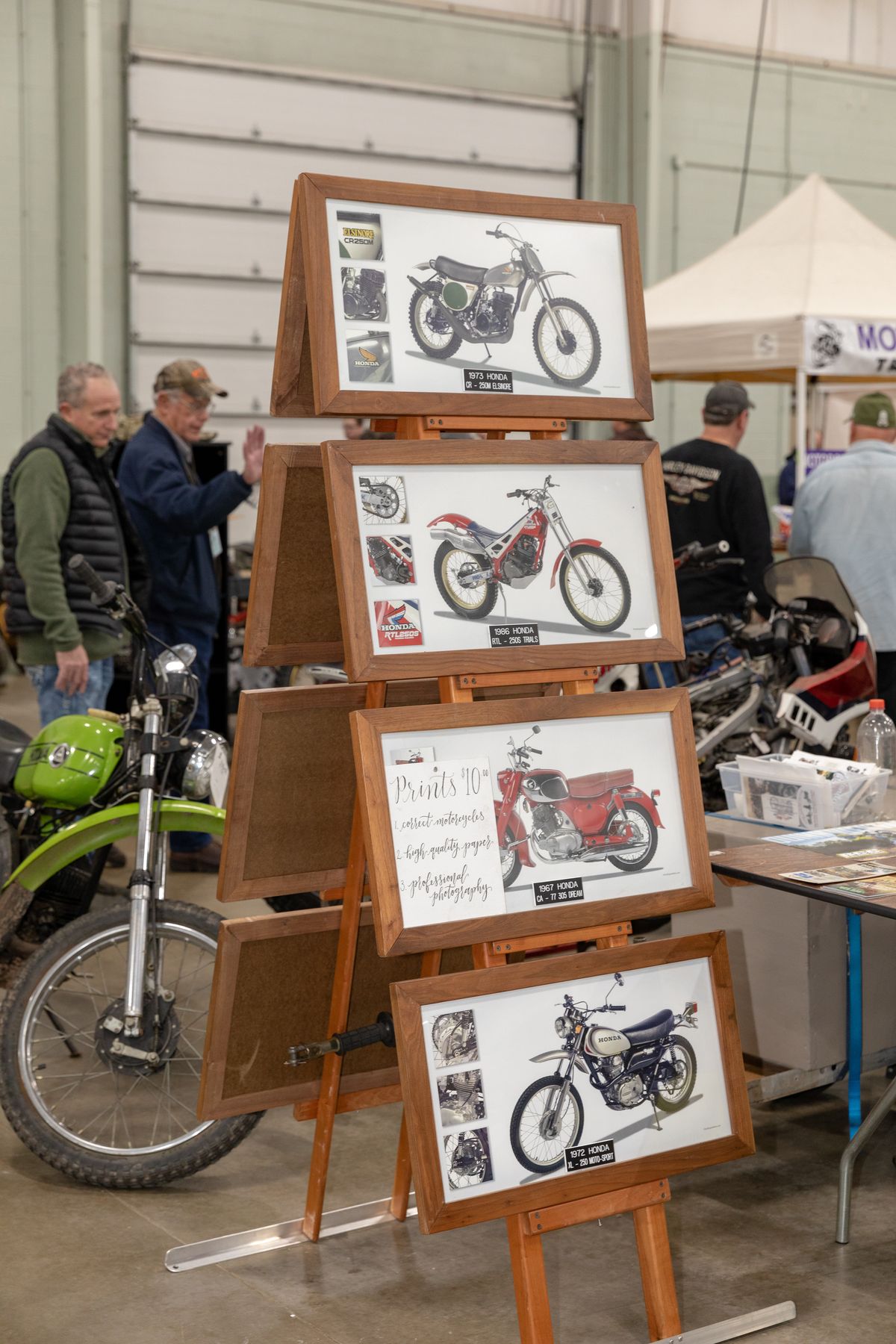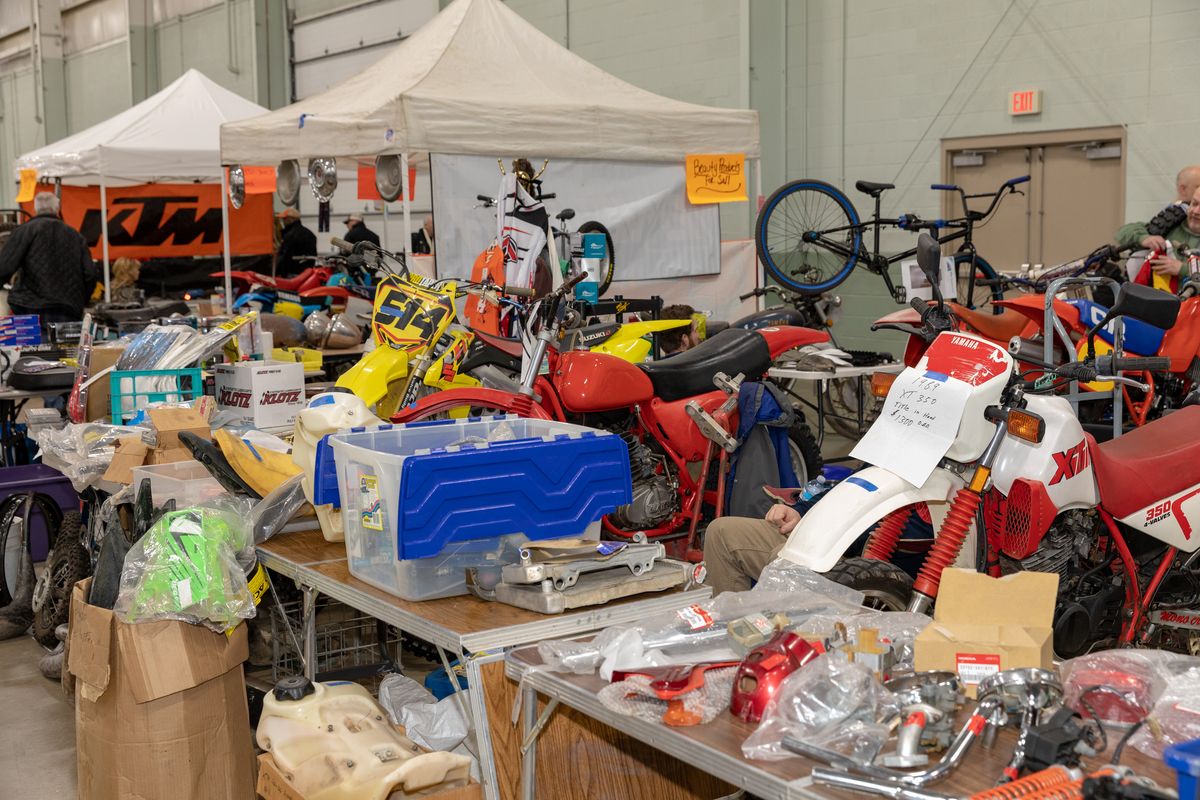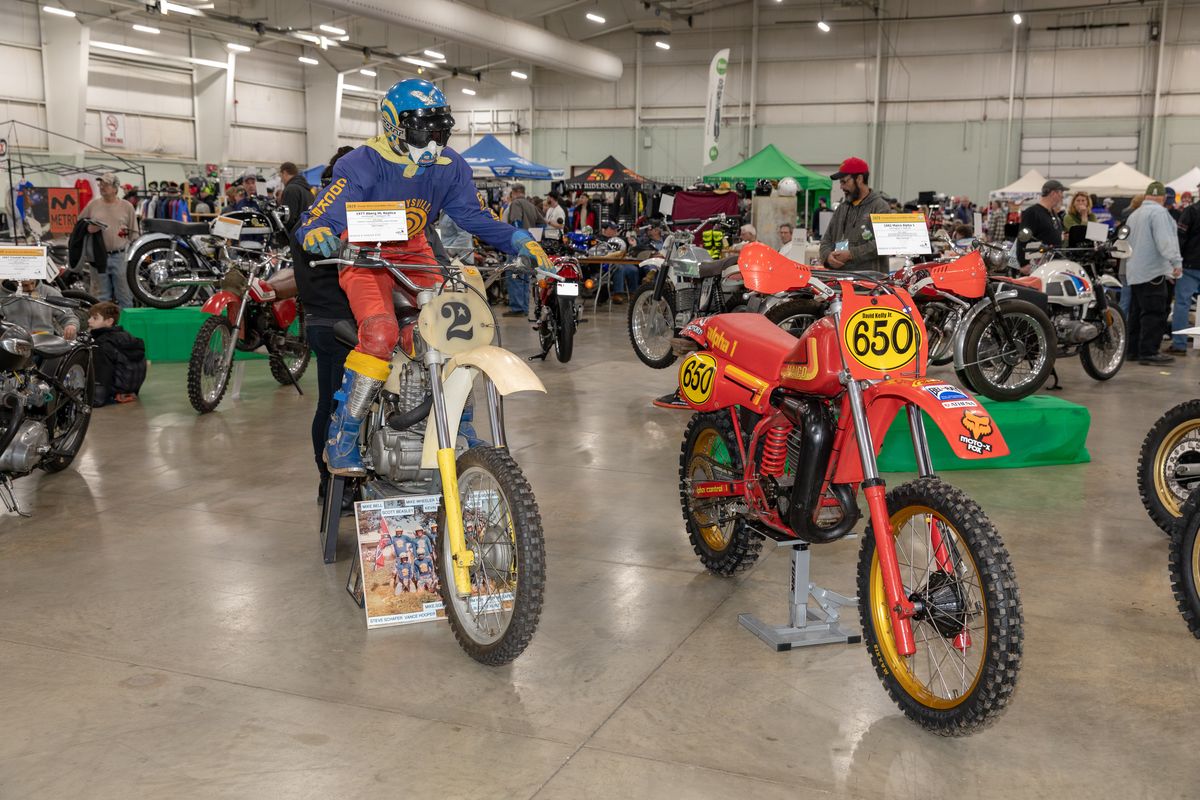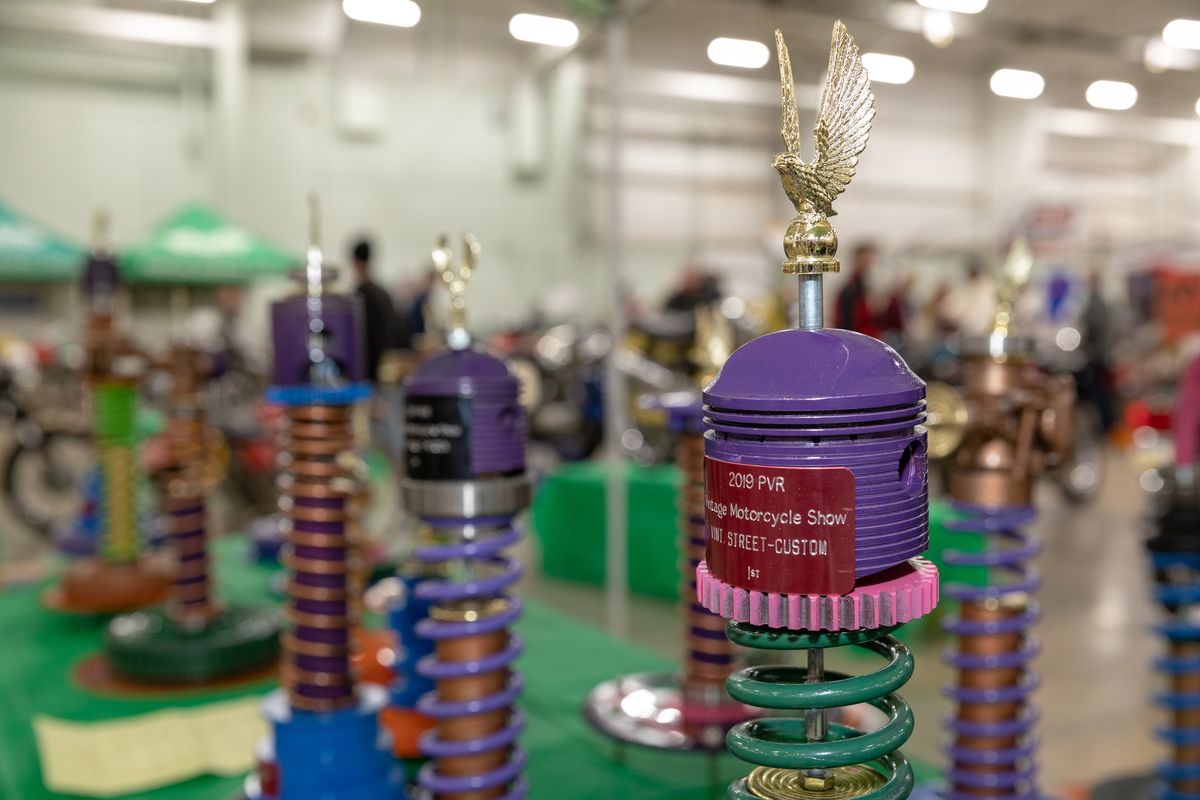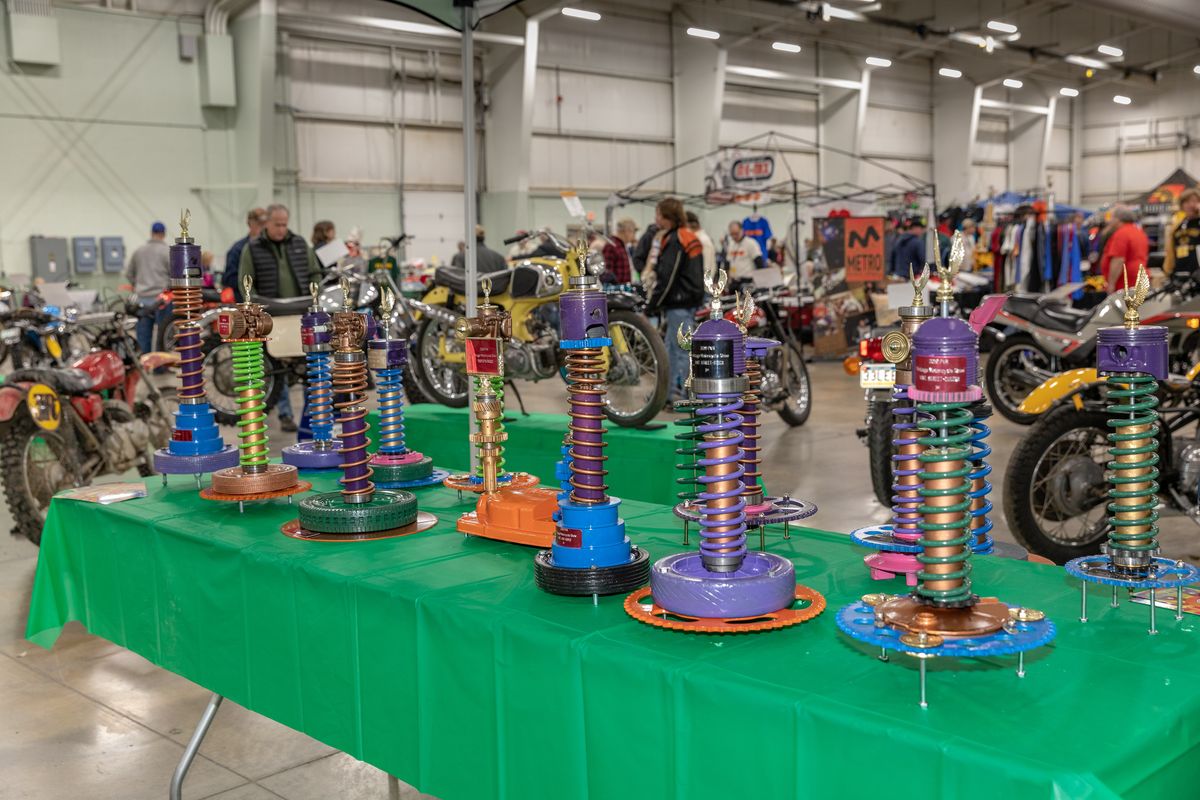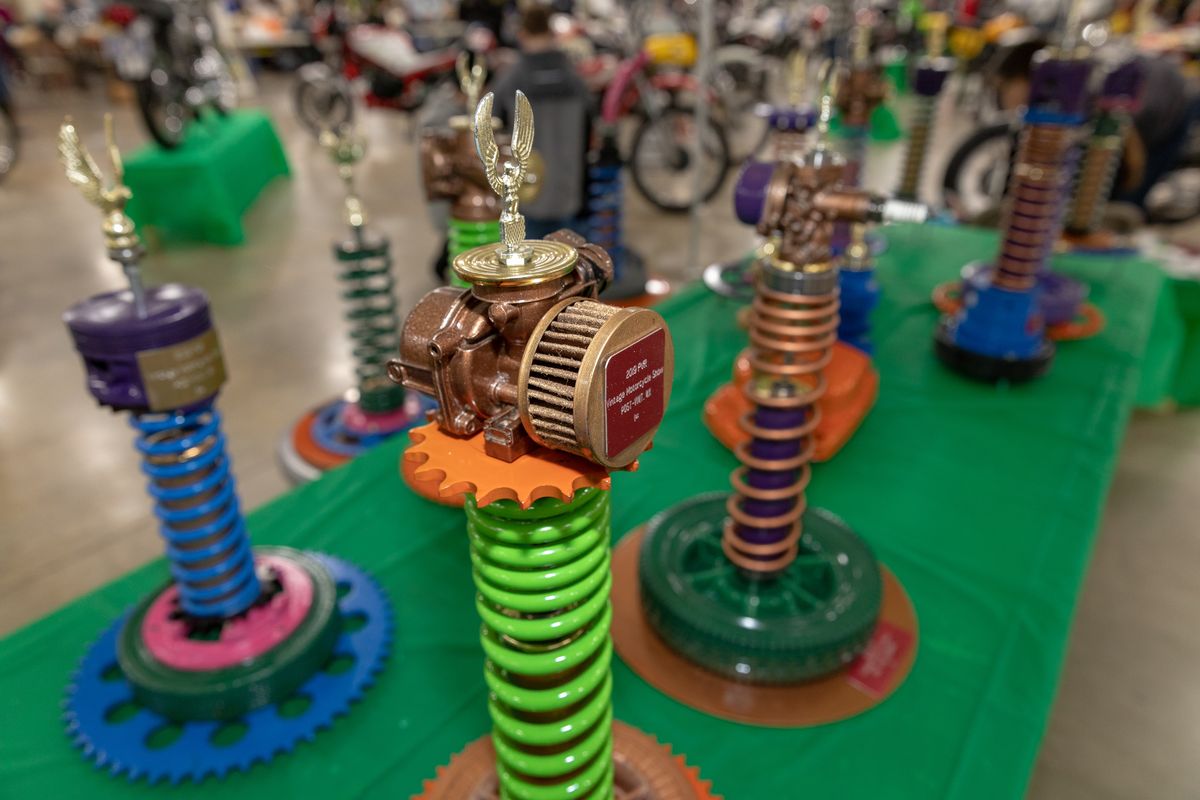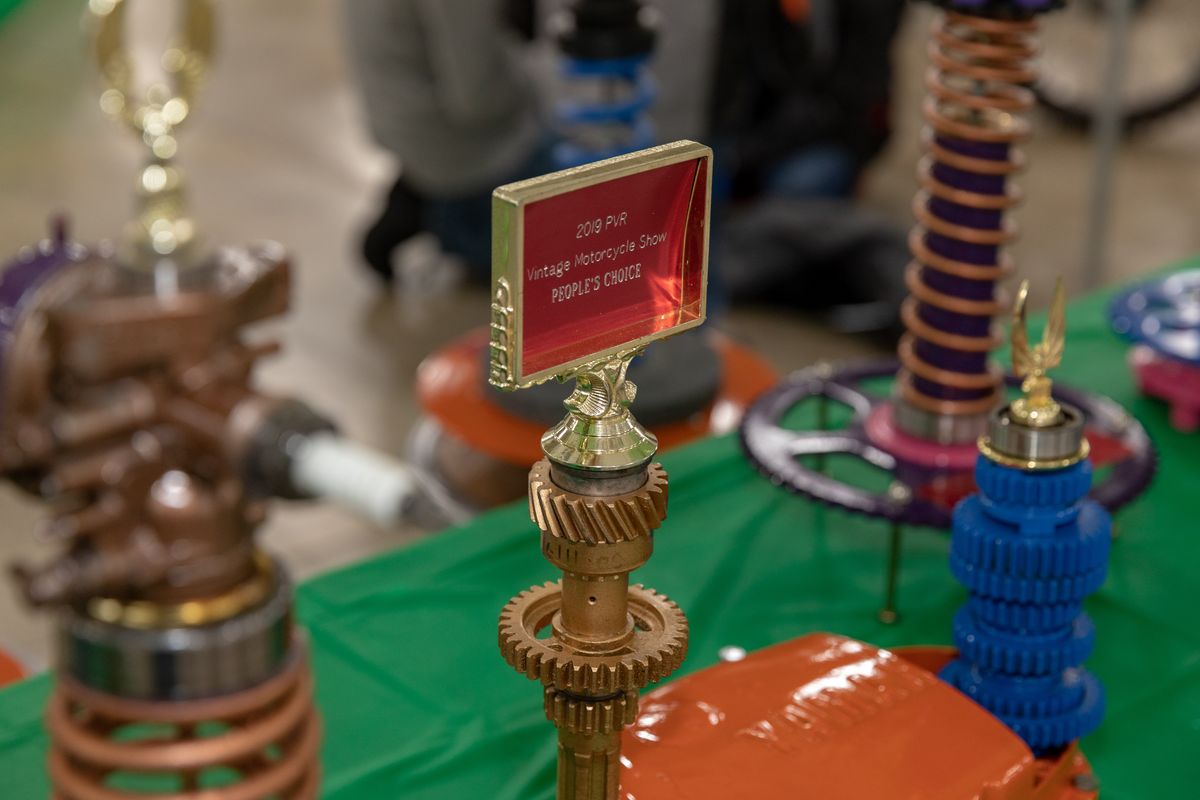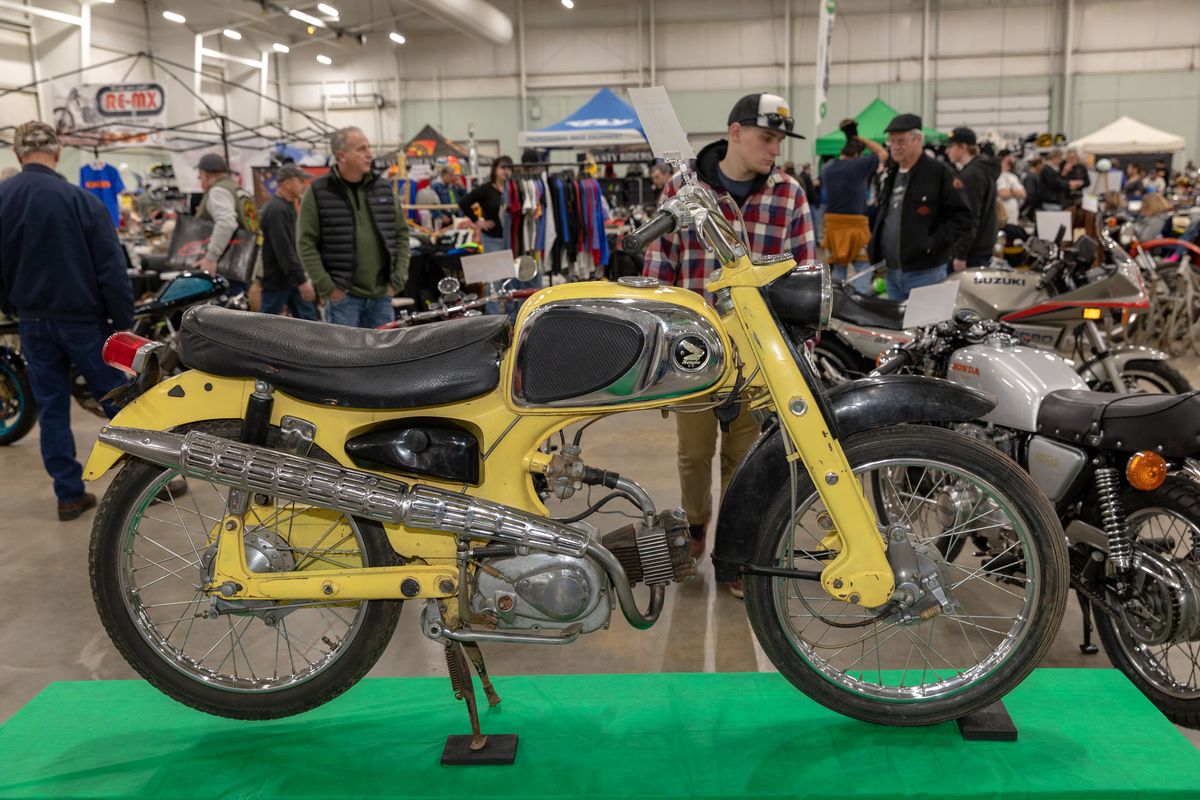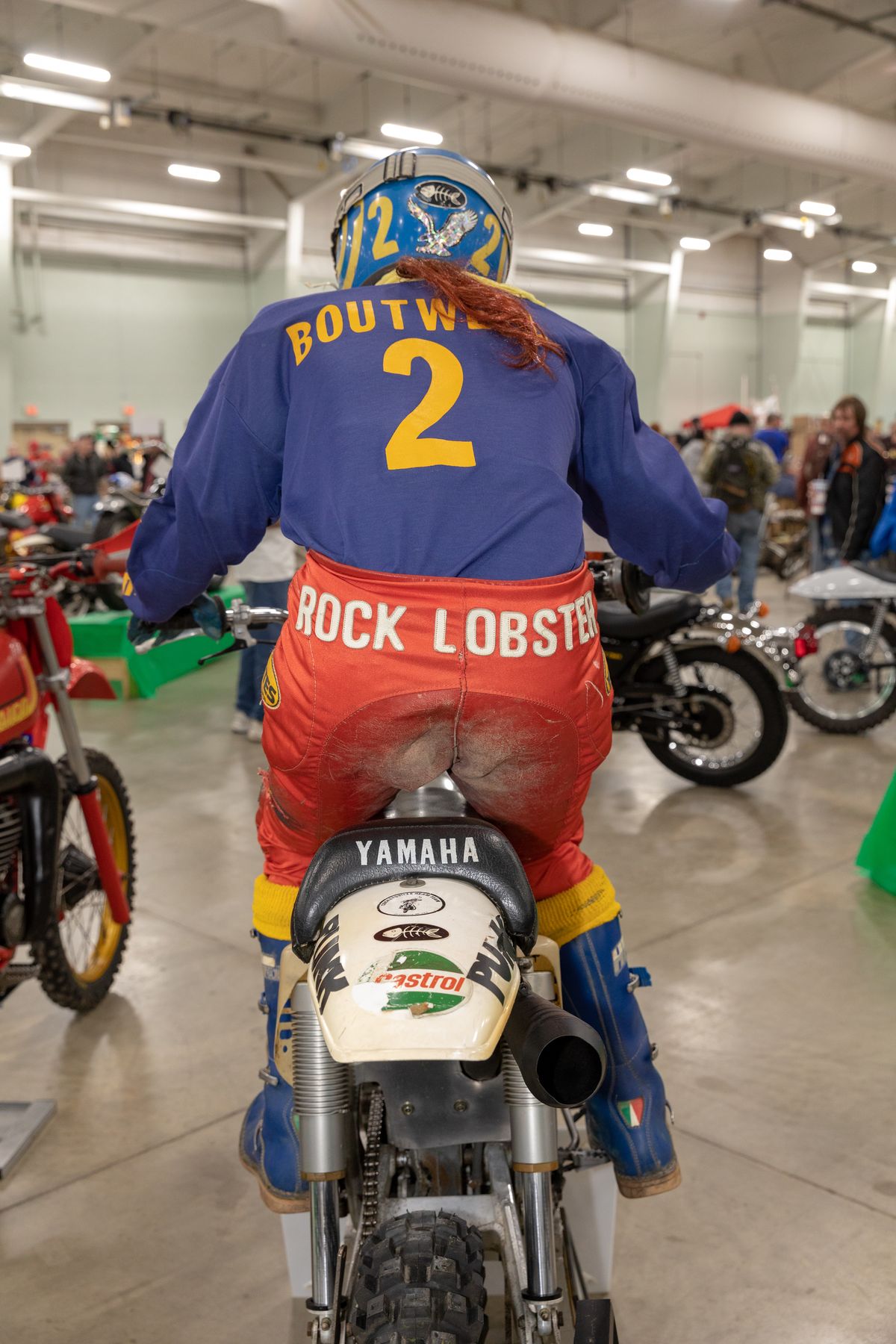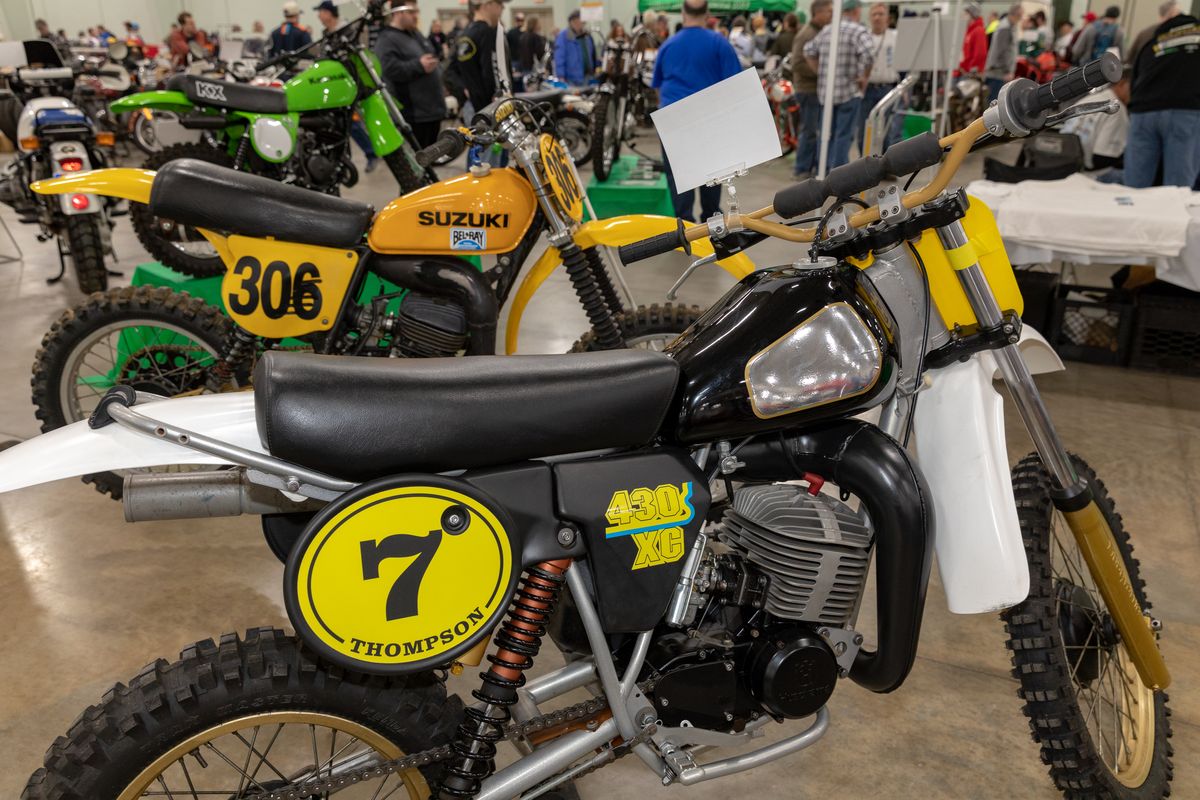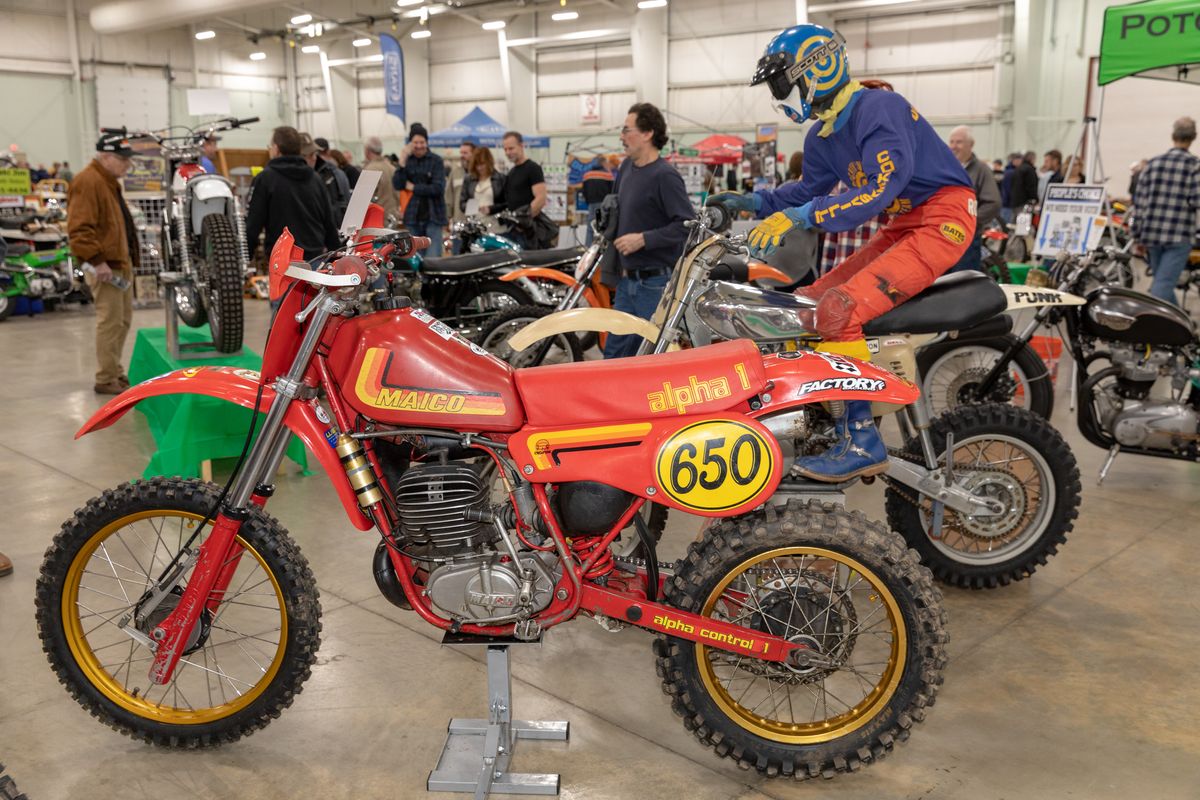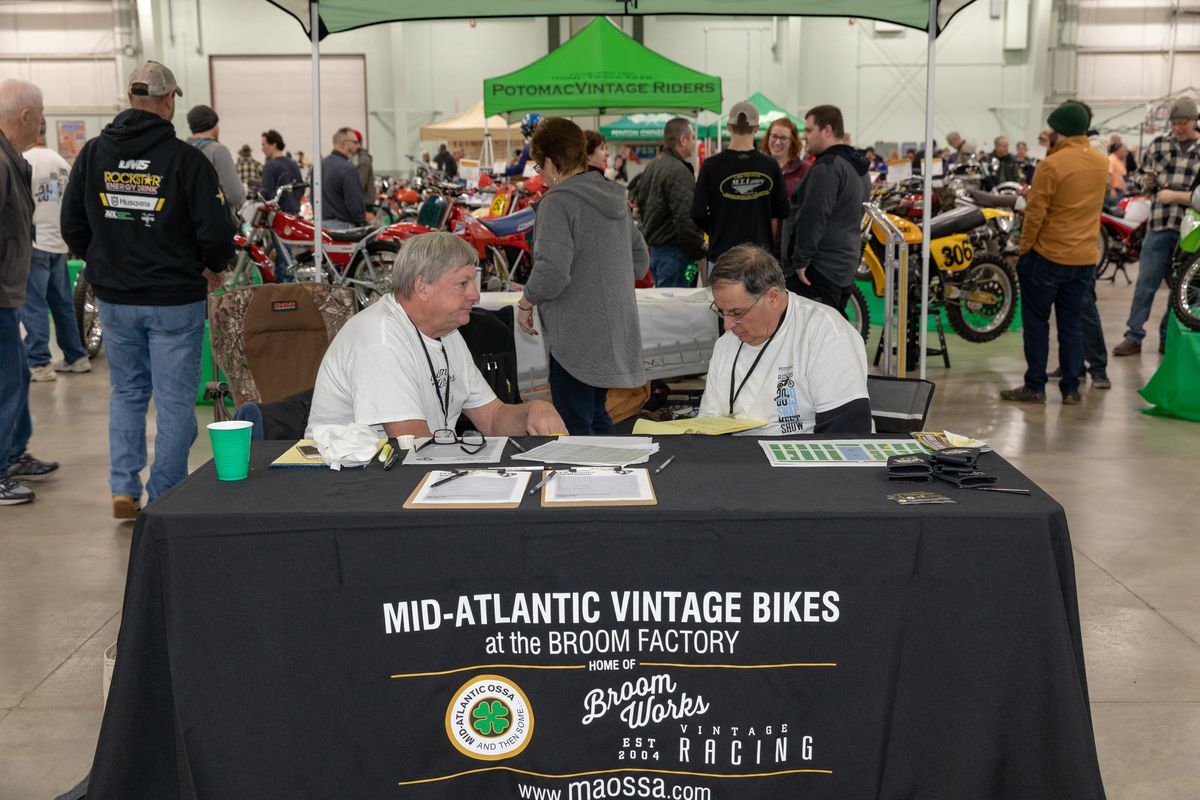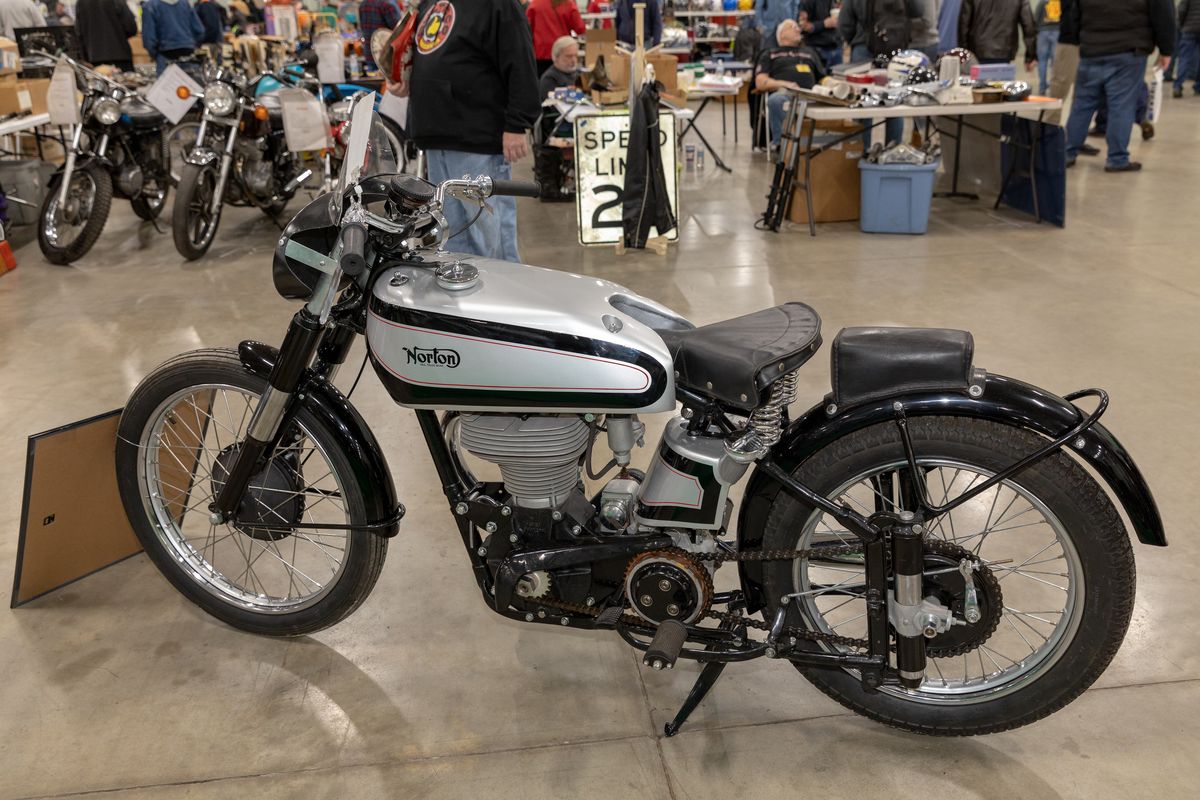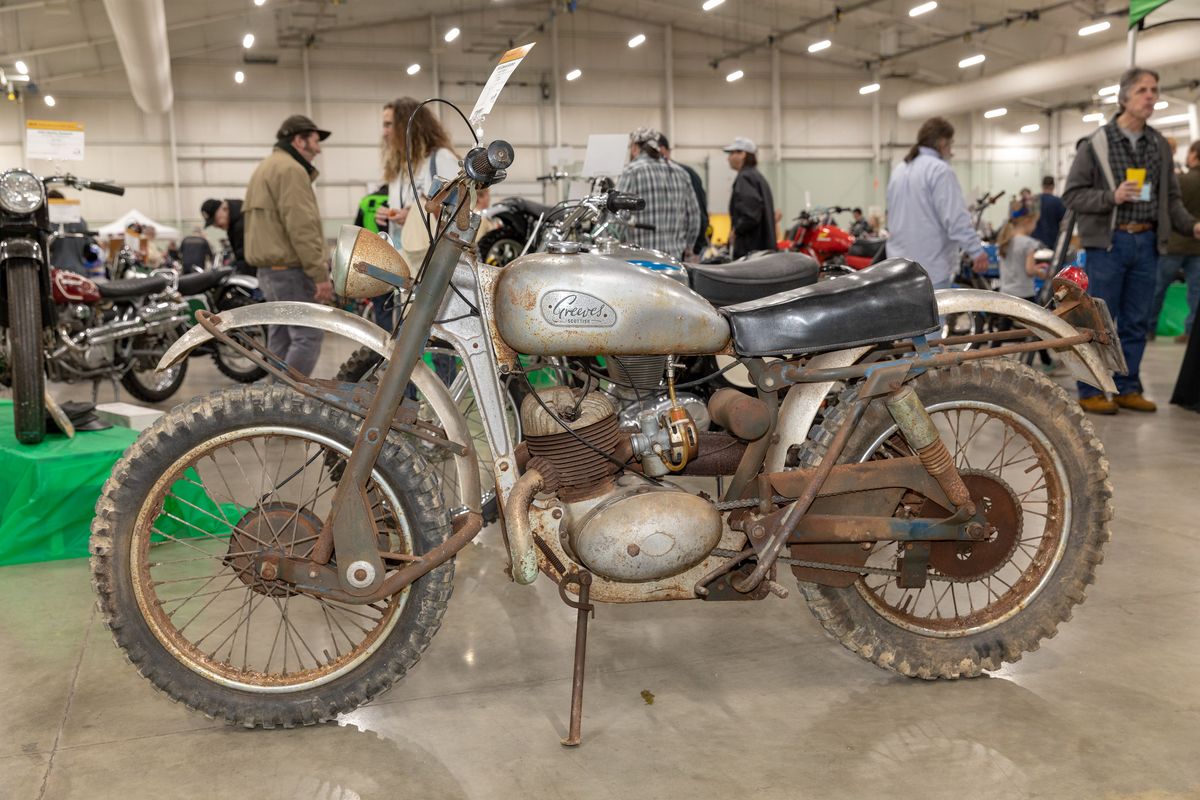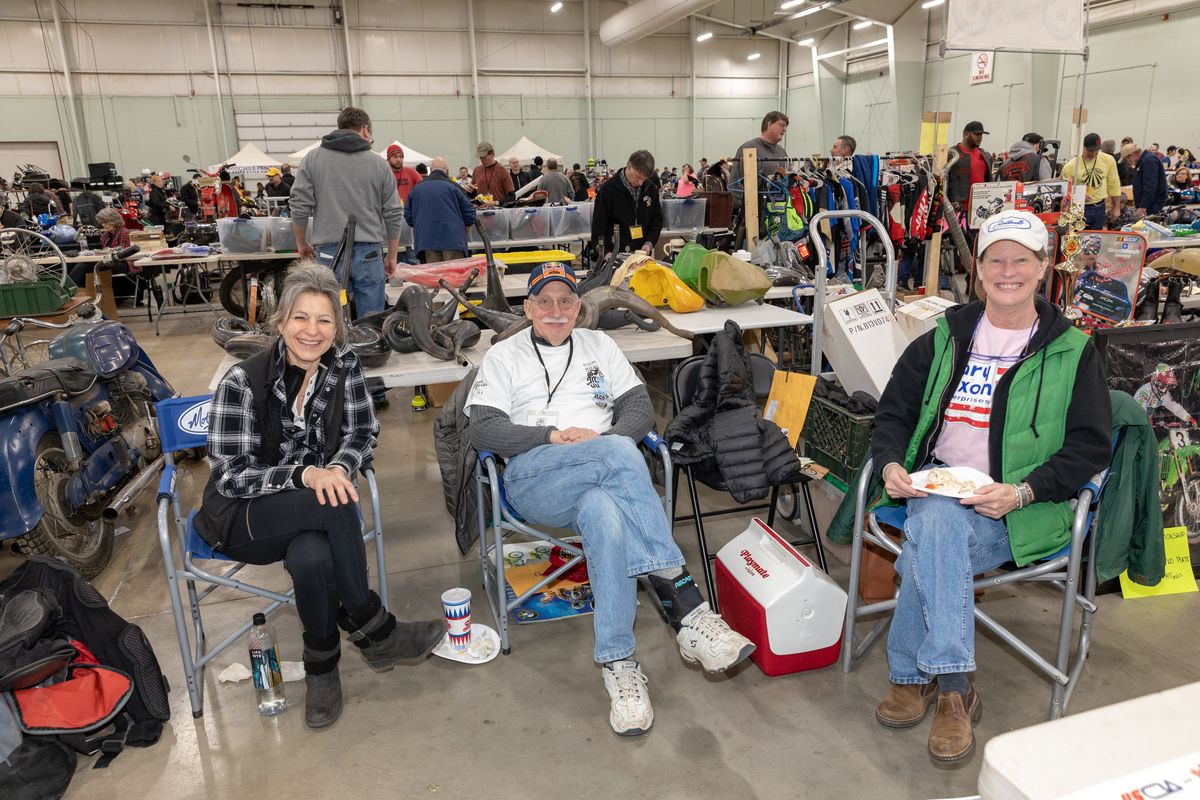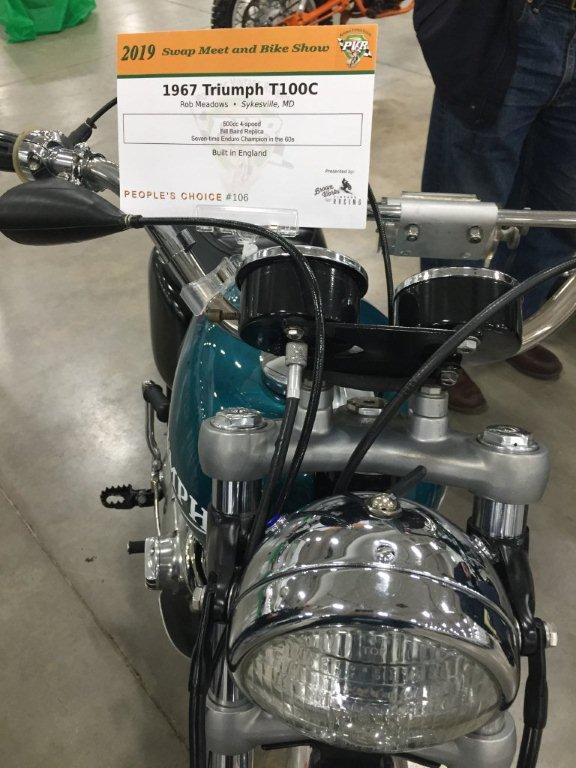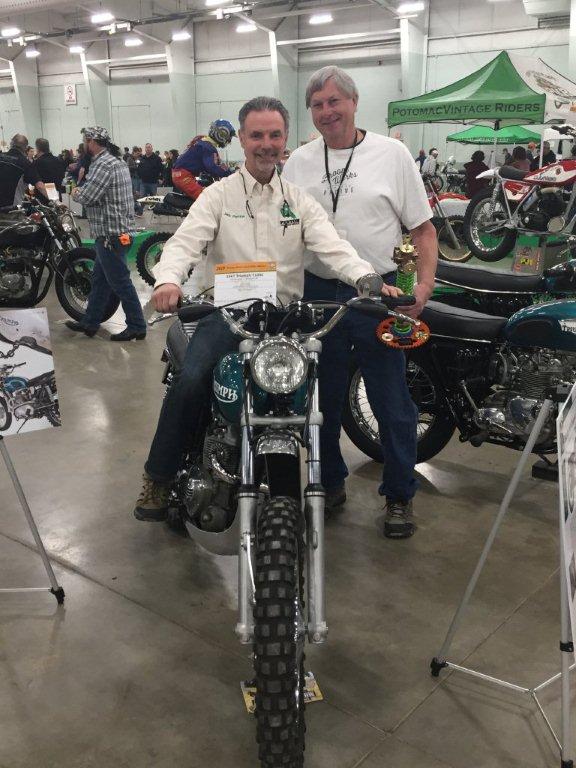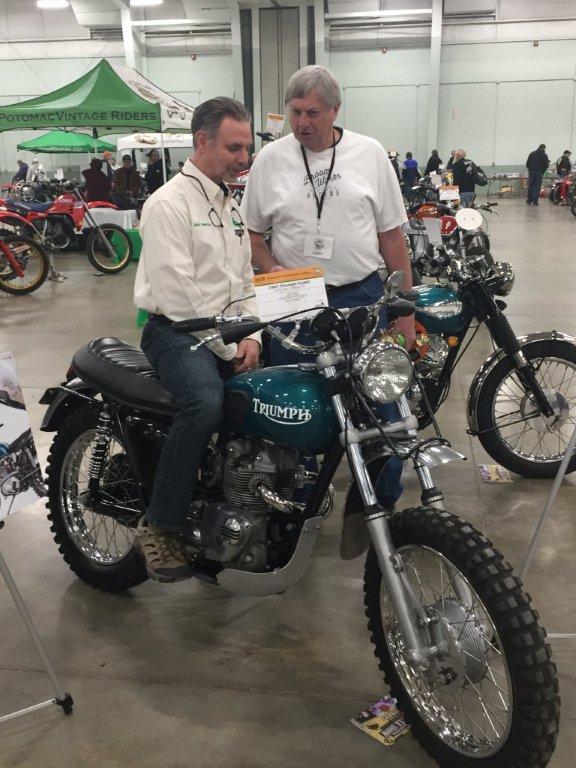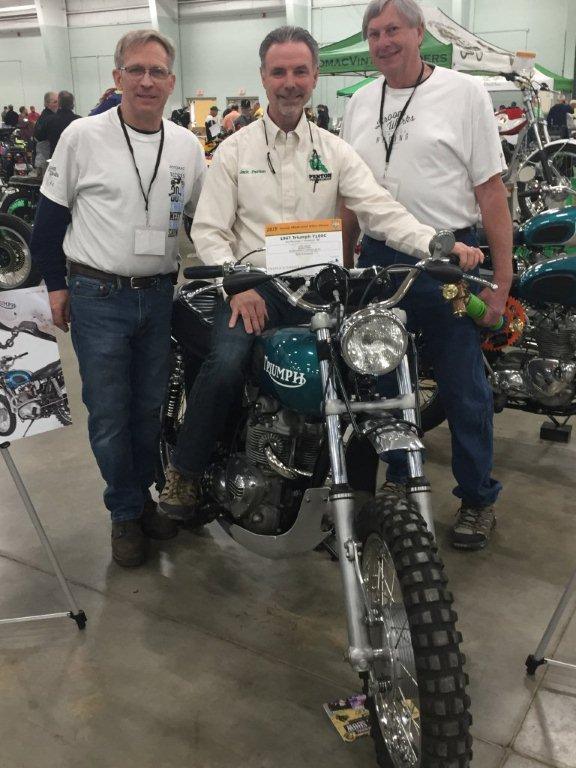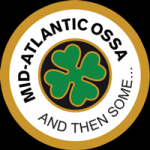For a list of our OSSA projects, click here.
The original Ossa company got its start in 1924 making movie projectors for its home market in Spain. After World War II, Ossa, like several other manufacturers from BSA to Harley-Davidson to Yamaha, began producing two-stroke engined motorcycles, with their first mass produced model being introduced in 1949. Ossa reached its highest production levels in the motorcycle boom of the 1960s, exporting large numbers of exports to other European countries, but also significantly, to North American markets. In the United States and Canada, off-road motorcycling – and particularly the newly imported sport of motocross to which the light-weight and powerful Ossa was well suited – enjoyed a surging popularity.
The Ossa firm was a strong supporter of all forms of motorcycle sport including: road racing, motocross, enduro and observed trials. Their first success came at the 1967 24 Hours of Montjuich on the streets of Barcelona. Against all the major Spanish factories, Ossa motorcycles finished a surprising first and second.Inspired by this success, the factory decided to compete abroad in order to make inroads into the international market. They achieved some success in the AMA Grand National Championship, with rider Dick Mann helping them develop a 250cc dirt track bike on which he won the 1969 Santa Fe Grand National short track event, held on a quarter-mile dirt track oval. They also achieved early success in Grand Prix road racing, competing with an innovative monocoque-framed bike designed by Giró’s son, Eduardo and ridden by Santiago Herrero. Herrero won four 250 cc Grands Prix with Ossa before he died while competing at the 1970 Isle of Man TT. The loss of their star rider affected the Ossa team so much that they withdrew from road racing altogether.
However, Ossa redirected their competitive efforts into the sport of Observed Trials in Europe and the United States alongside such other famous Spanish makes as Bultaco and Montesa. Ossa hired British rider Mick Andrews to help design and ride their trials bike, and they went on to capture the 1971 and 1972 European Trials Championship, the forerunner to the FIM World Championship. Andrews won the grueling Scottish Six Days Trial three consecutive years between 1970 and 1972 for the Ossa factory.
In addition to their suitability for racing, in terms of power-to-weight, Ossa motorcycles soon gained a reputation for reliability on and off the track. Despite this growing enthusiasm for the beautifully crafted and rugged bikes themselves, the firm suffered from a disorganized and sparse dealer network in the important American market. Ironically, the motorcycle boom that created a new market and allowed the European makes to reap great financial rewards, was also the seed of their own demise, and that of the numerous smaller firms, such as Ossa. With so many choices of make for both buyers and dealers, sales and service networks were not sustainable, and attempts to improve manufacturing by investing in new factories back home put Ossa, like virtually every other European firm, deep into the red.
In the declining years of the Franco Era, in 1975, the Spanish government steadily converted Spain’s economic structure into one more closely resembling a free-market economy. The arrival of cheaper Japanese motorcycles into the local economy as well as a crippling employee strike in 1977 spurred the downfall of the Ossa company. In 1979, the company merged with Bultaco but this wasn’t enough to stave off financial problems. By 1982, the Ossa factory was closed. Nonetheless, as a Vintage make, the Ossa still enjoys a significant following among home hobbyists and amateur racers.
- 1966 OSSA 175 Sport (Rider)
- 1966 OSSA 175 Sport – Mike
- 1967 OSSA 230 Pioneer
- 1968 OSSA 230 Pioneer
- 1968 OSSA Stiletto
- 1969 OSSA 230 Pioneer
- 1969 OSSA 250 Plonker
- 1969 OSSA 250 Stiletto
- 1970 OSSA 175 Stiletto
- 1970 OSSA 250 Plonker (Rider)
- 1970 OSSA 250 Plonker – Jim
- 1970 OSSA 250 Plonker – Wayne
- 1971 OSSA 175 Stiletto
- 1971 OSSA 250 DMR
- 1971 OSSA 250 Stiletto
- 1972 OSSA 250 MAR – Jim (Rider)
- 1972 OSSA 250 MAR – Mike (Rider)
- 1972 OSSA 250 MAR – Scott (Rider)
- 1972 OSSA 250 MAR – Wayne
- 1972 OSSA 250 Pioneer
- 1973 OSSA 250 SDR
- 1973 OSSA 250 Stiletto TT
- 1973 OSSA SDR 175
- 1974 OSSA 175 Phantom (Rider)
- 1974 OSSA 250 Café
- 1974 OSSA 250 Desert Phantom
- 1974 OSSA 250 Explorer
- 1974 OSSA 250 Phantom
- 1975 OSSA 250 Desert Phantom
- 1975 OSSA 250 Phantom GP1
- 1975 OSSA 250 Super Pioneer
- 1975 OSSA 250 Super Pioneer (Rider)
- 1976 OSSA 310 Mountaineer
- 1976 OSSA 310 Mountaineer (Rider)
- 1976 OSSA 350 MAR
- 1976½ OSSA 250 Phantom GP2
- 1977 OSSA 250 ST-1
- 1977 OSSA 250 Super Pioneer
- 1978 OSSA 250 Black Six Days


